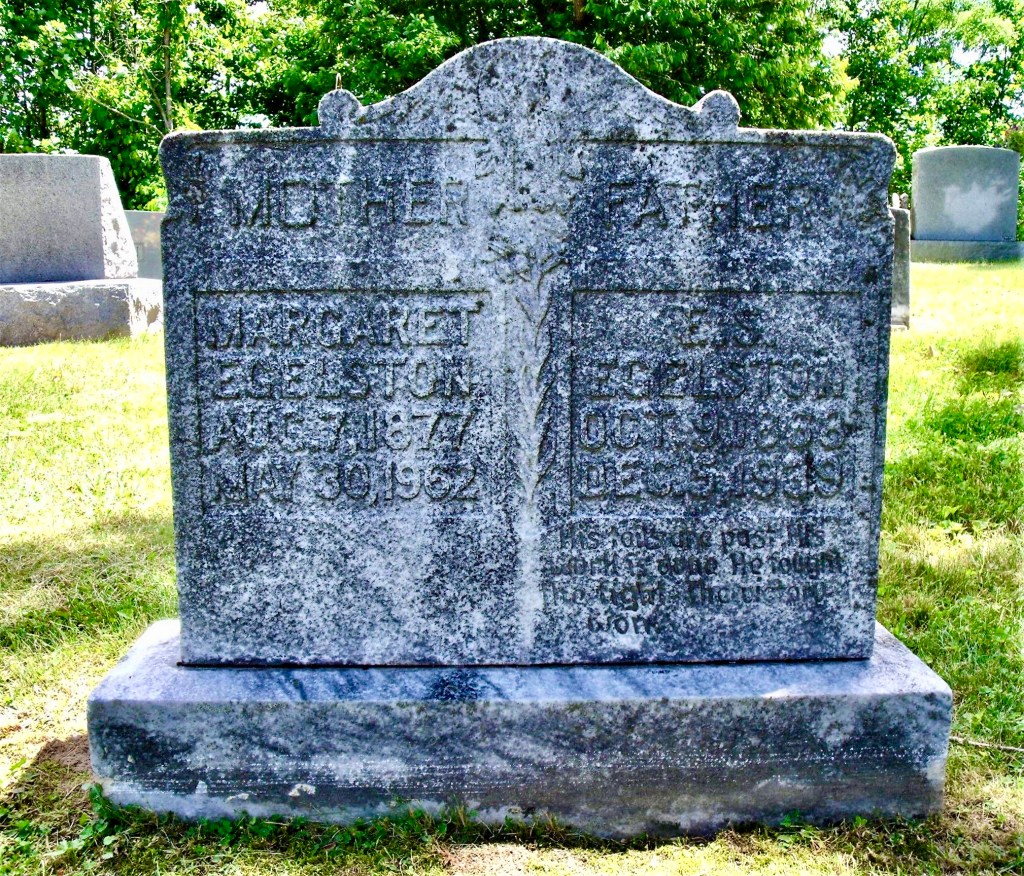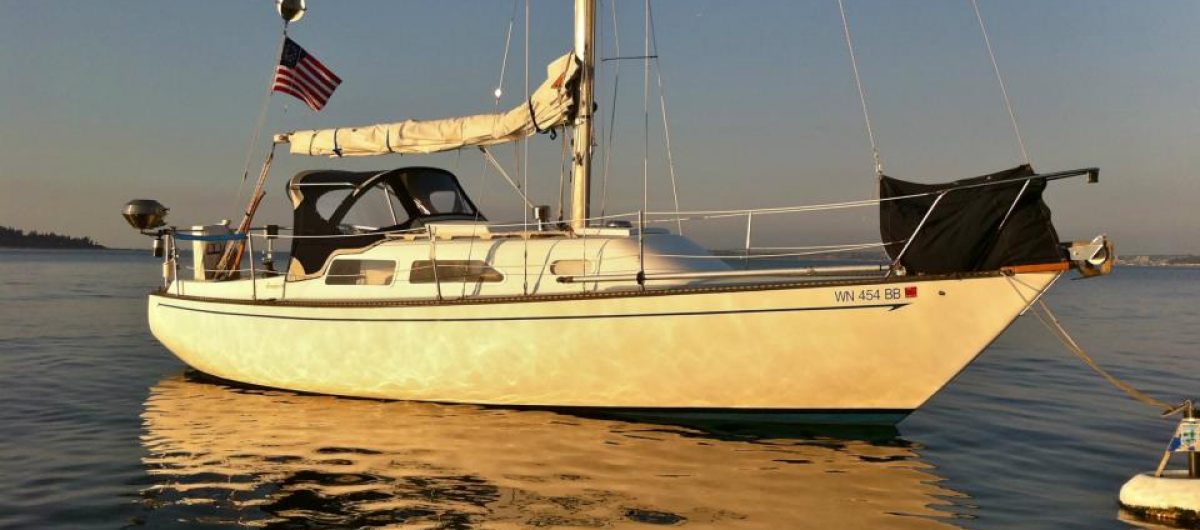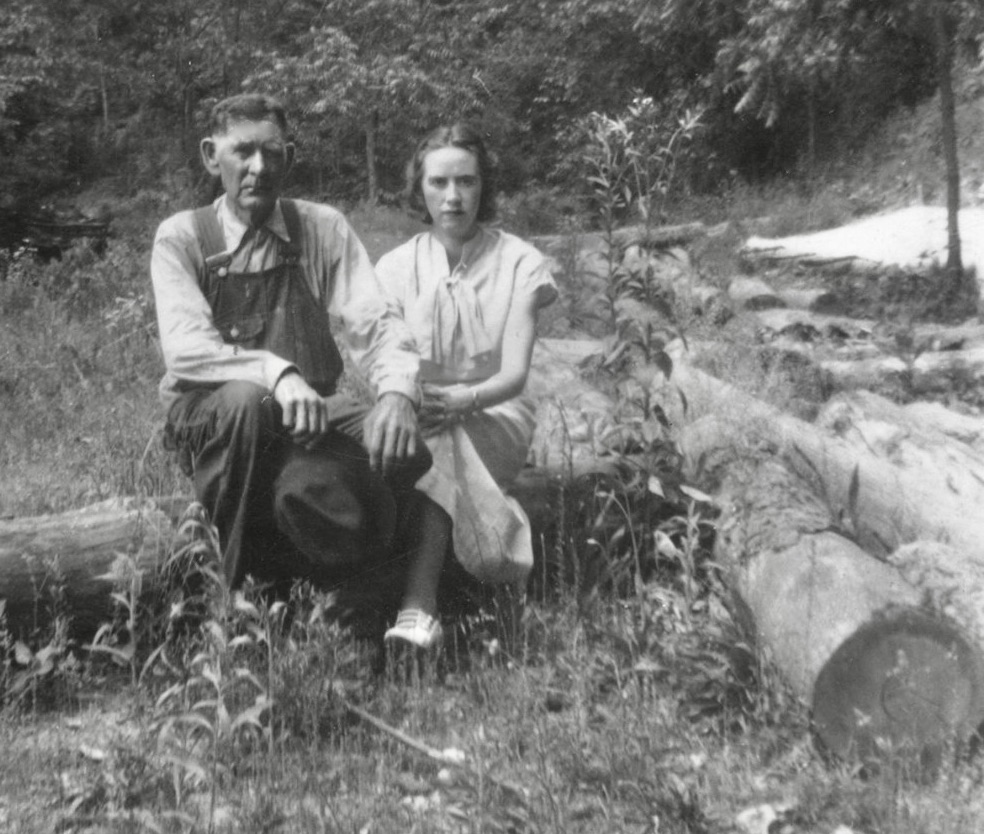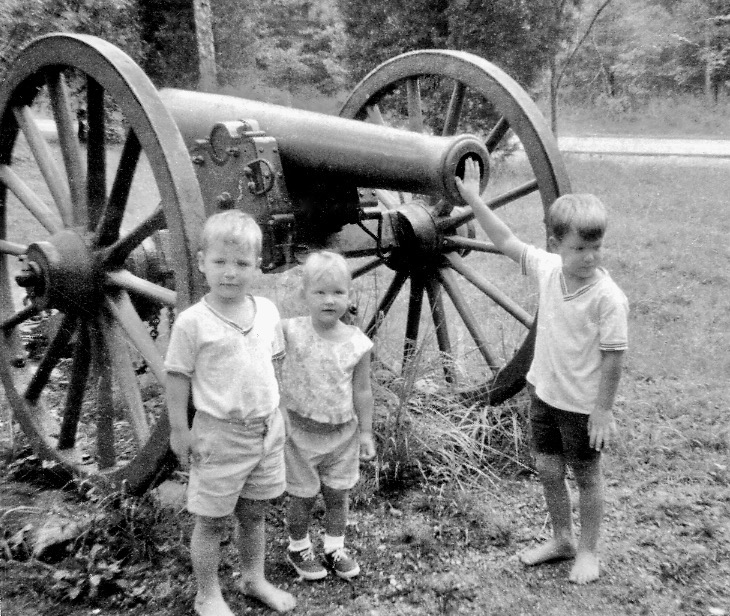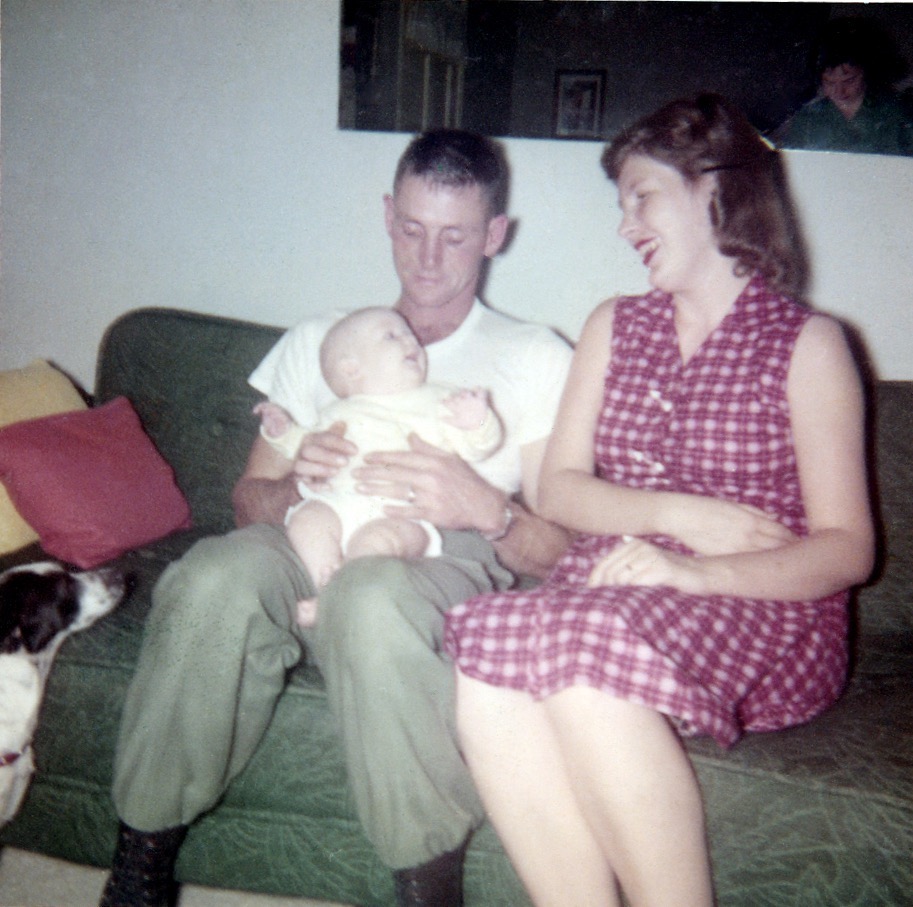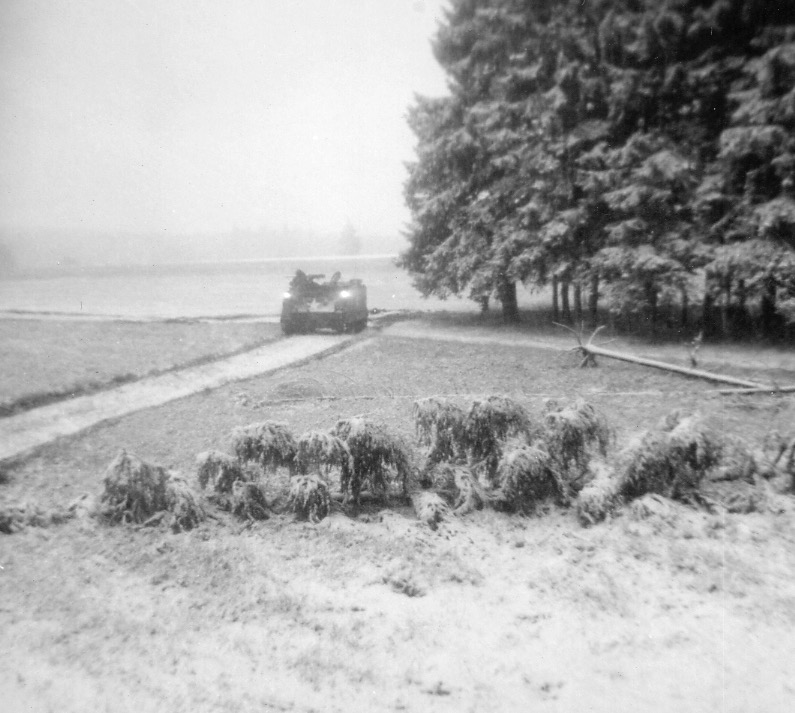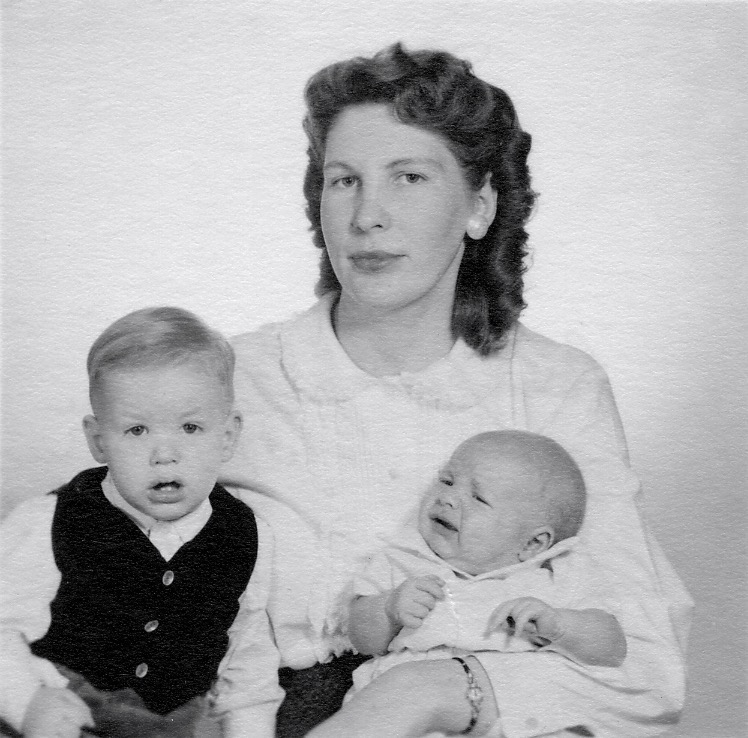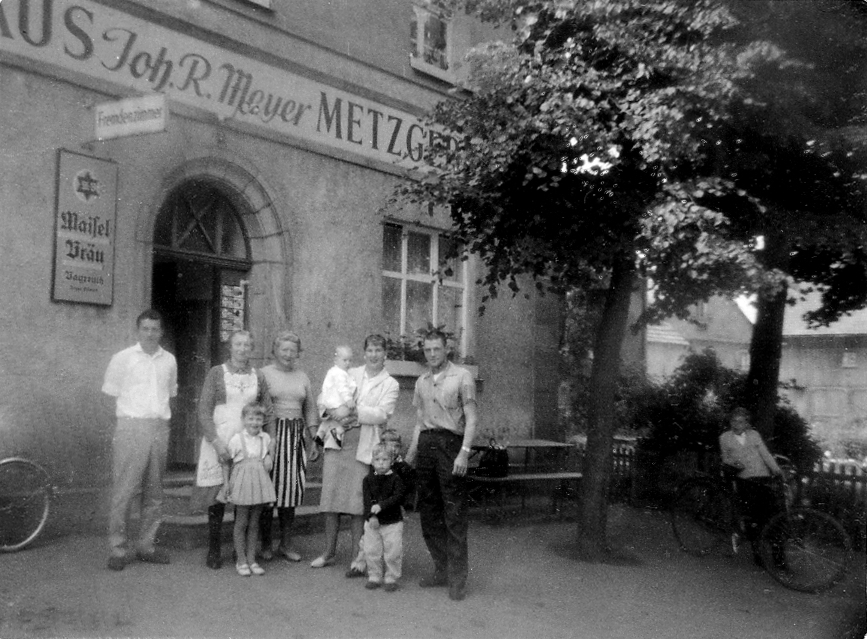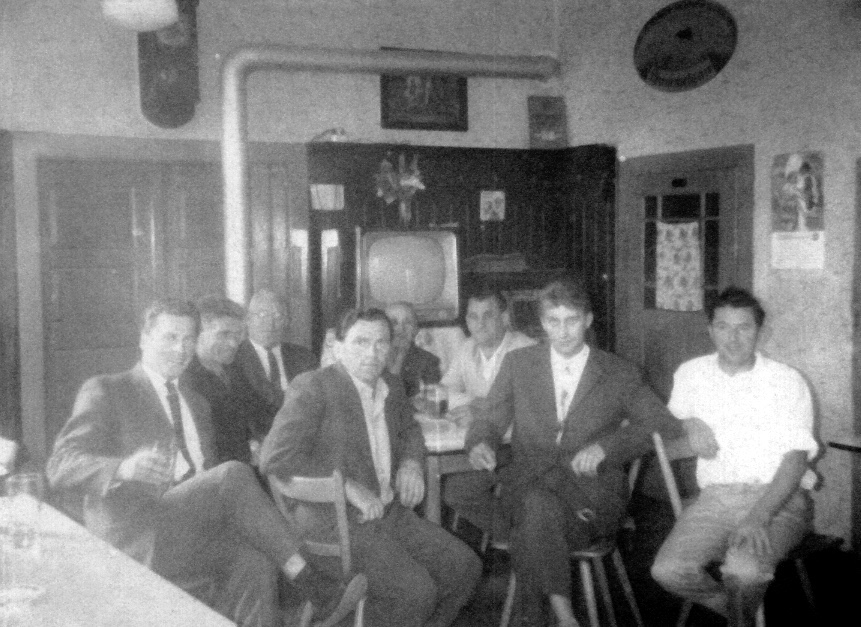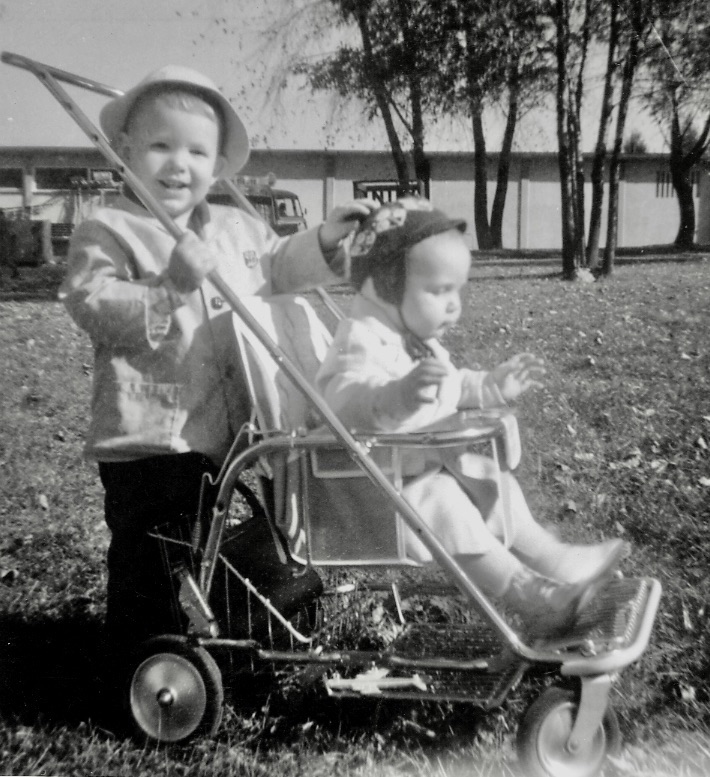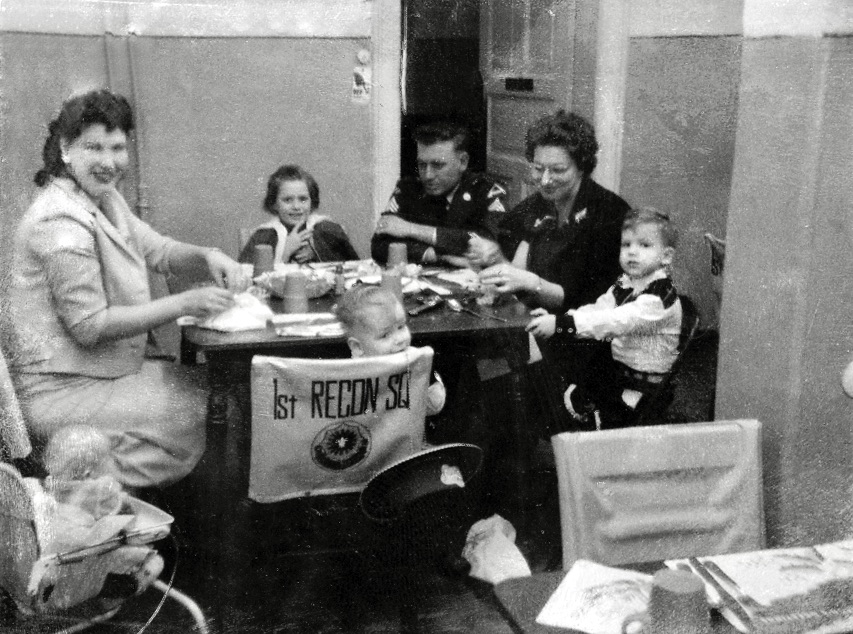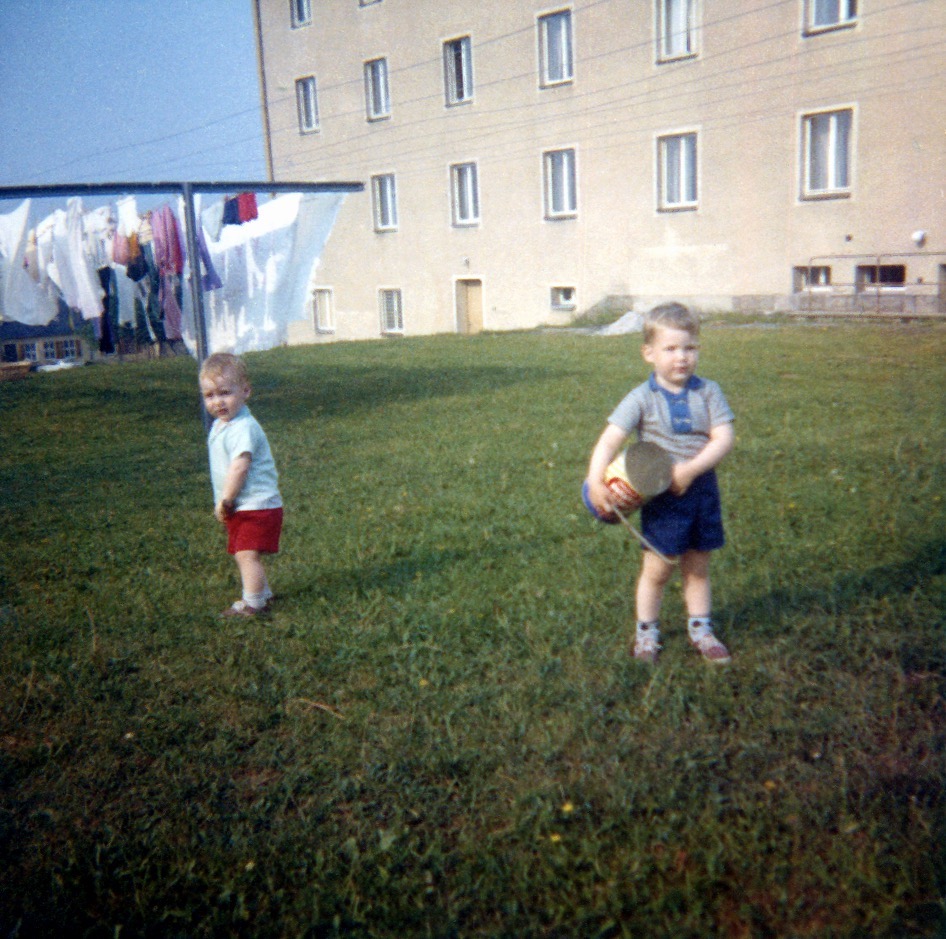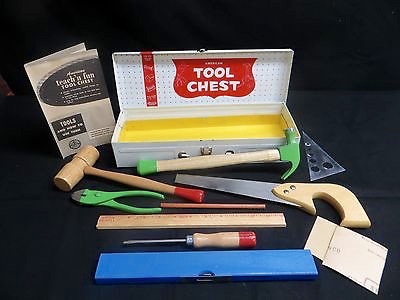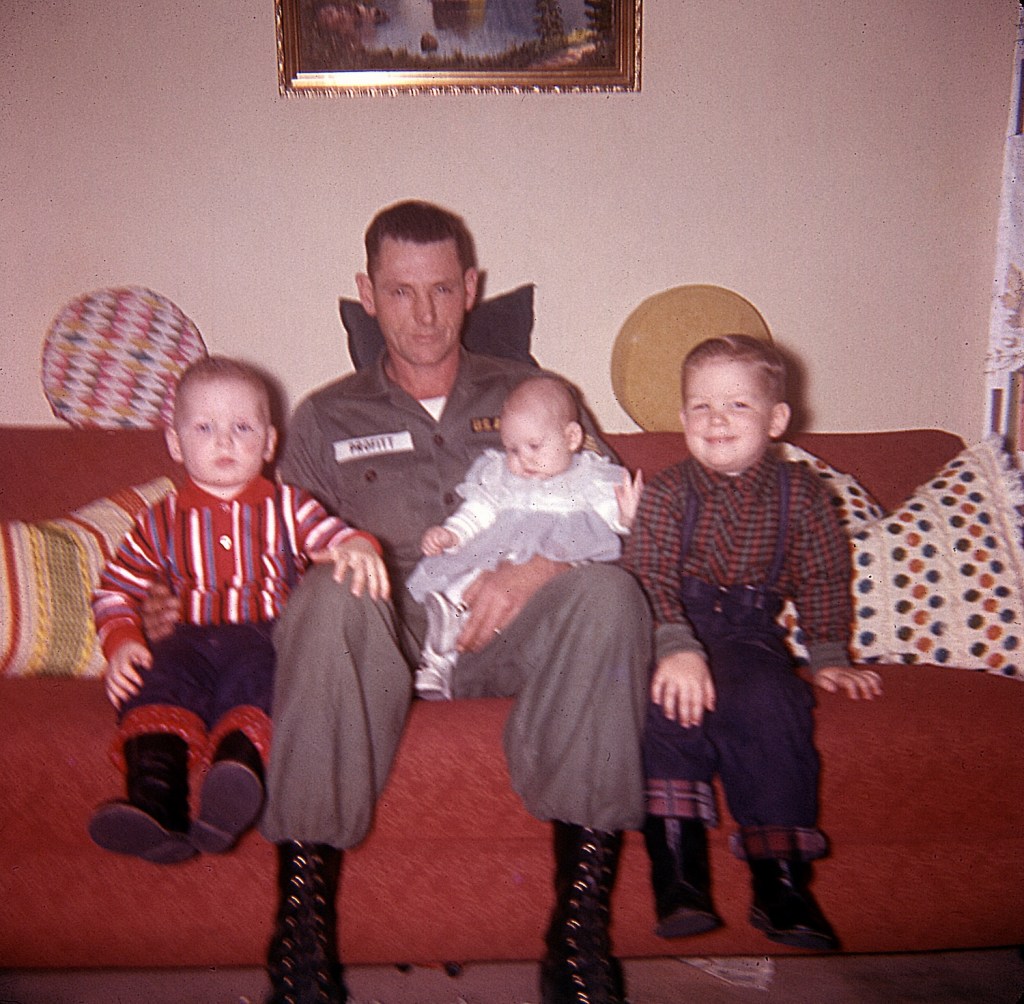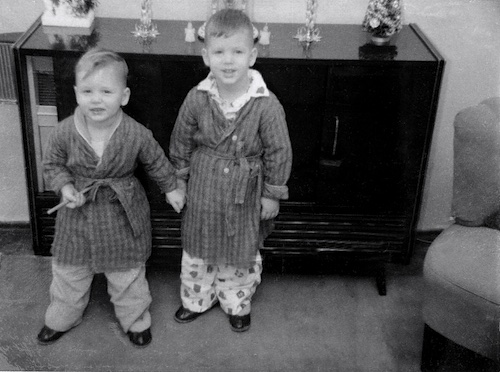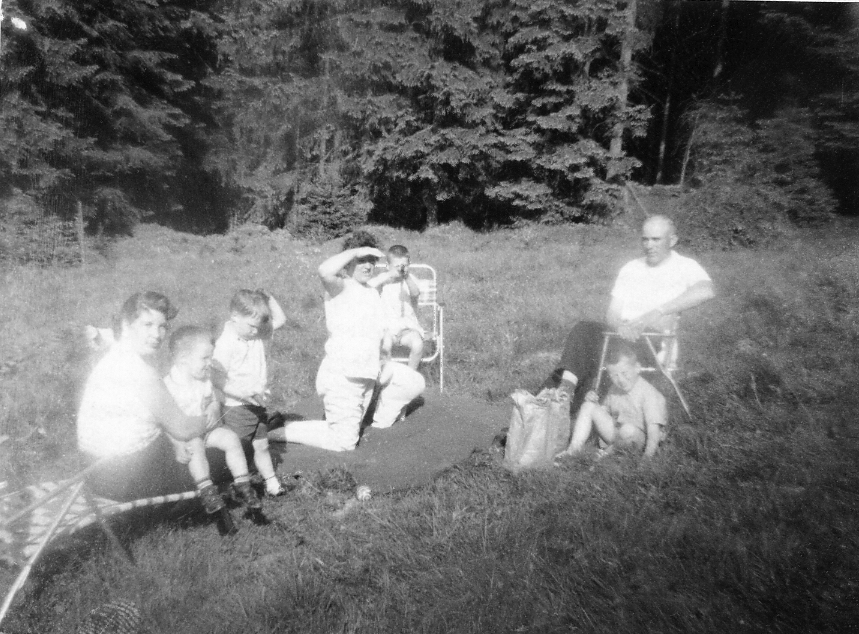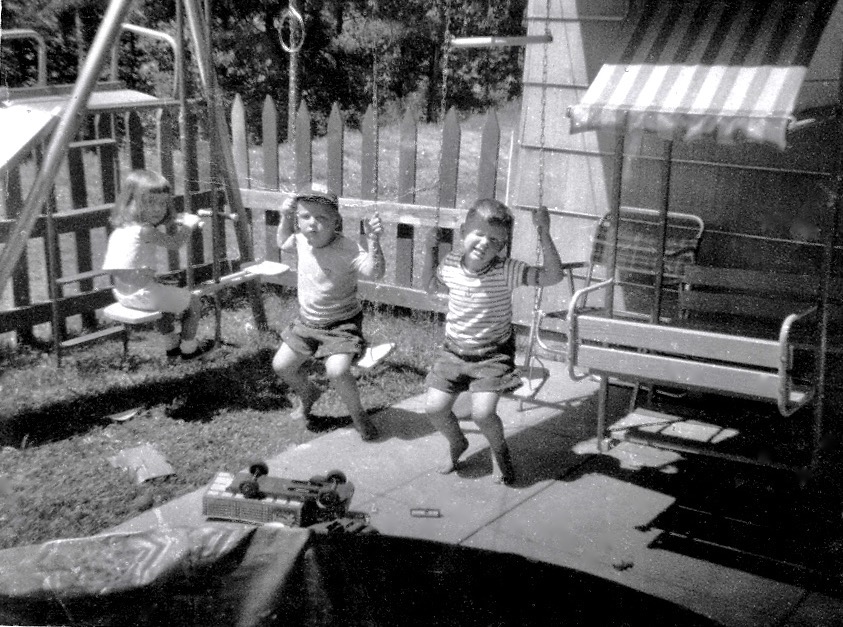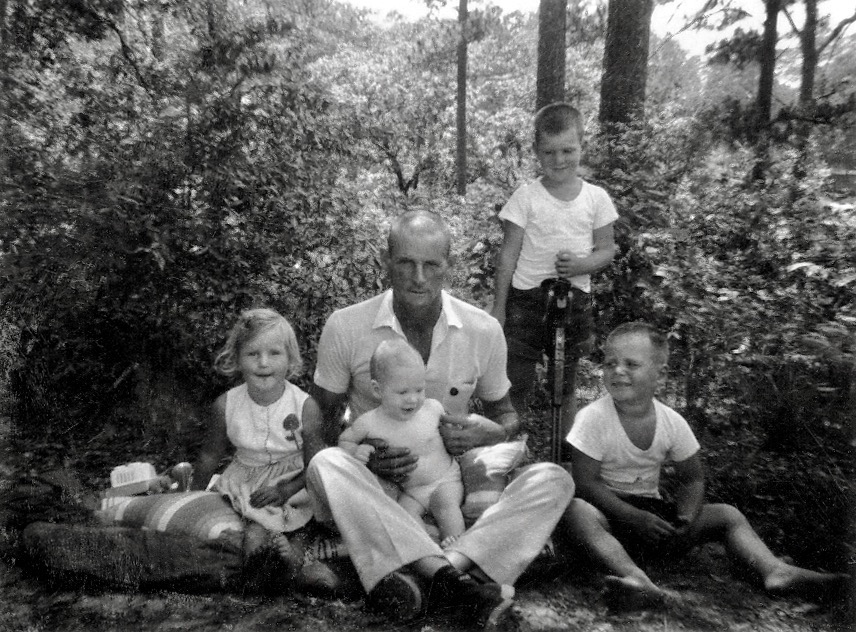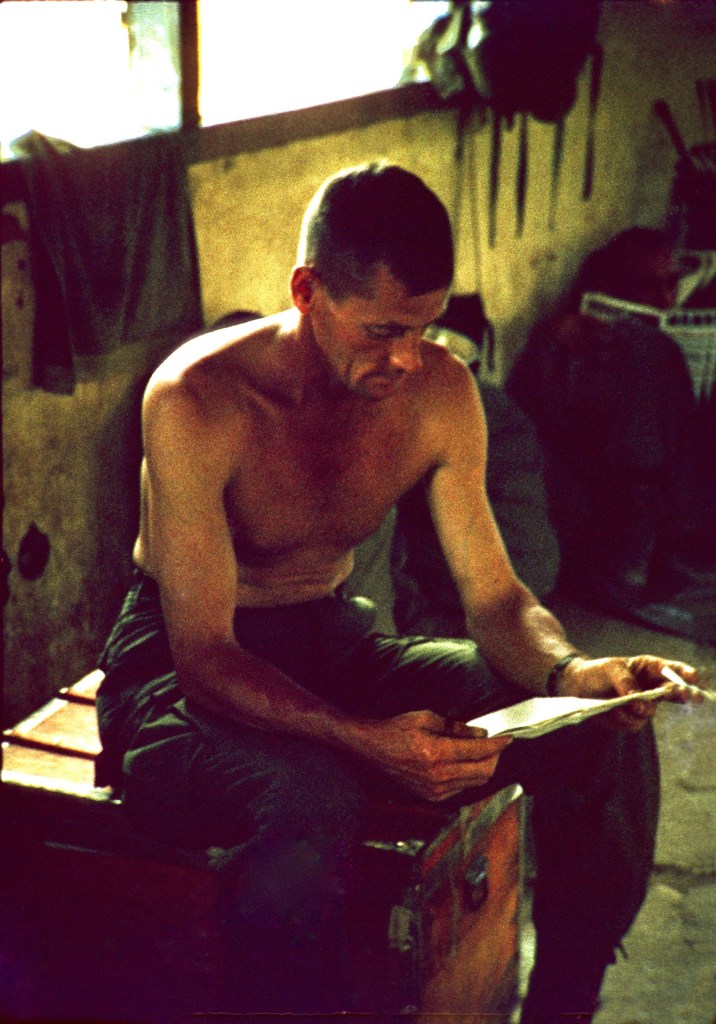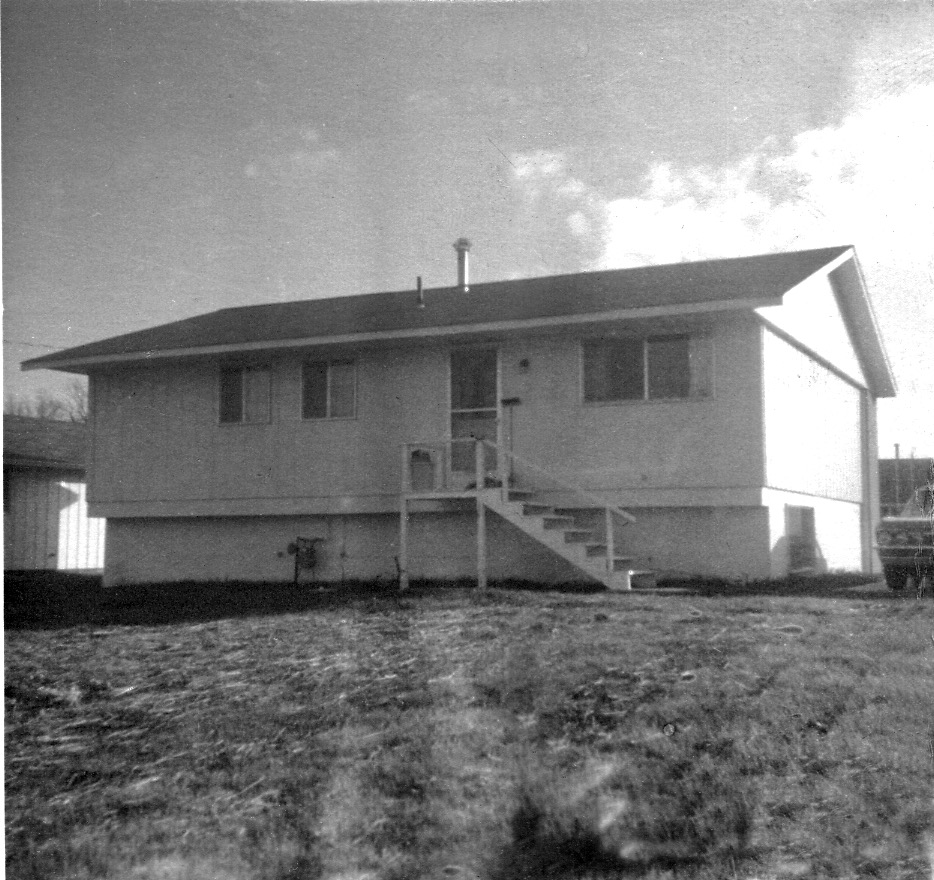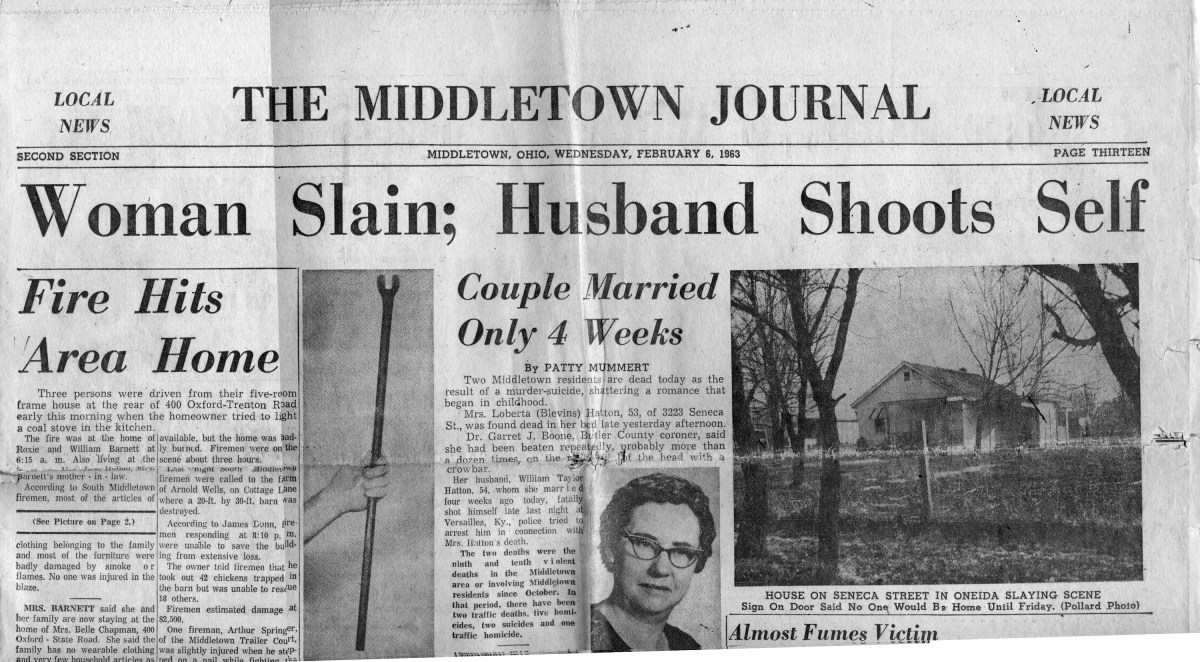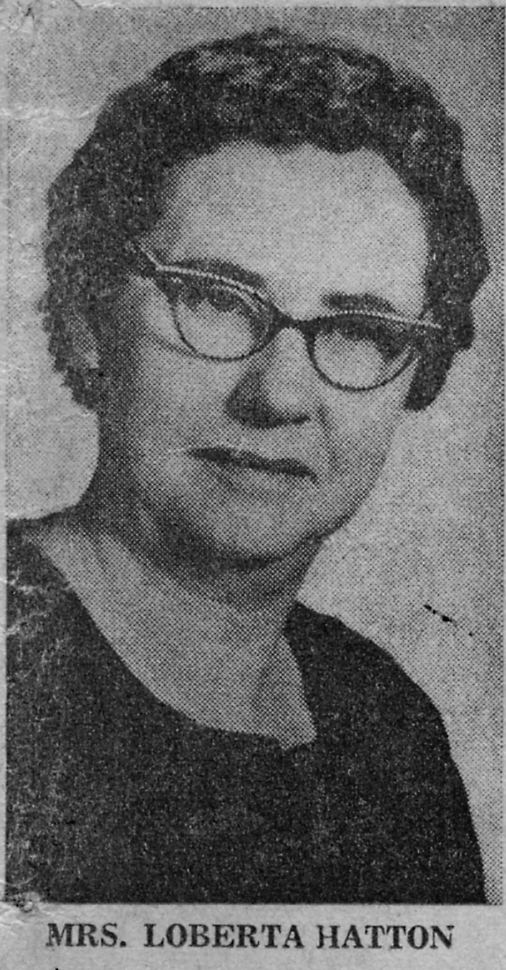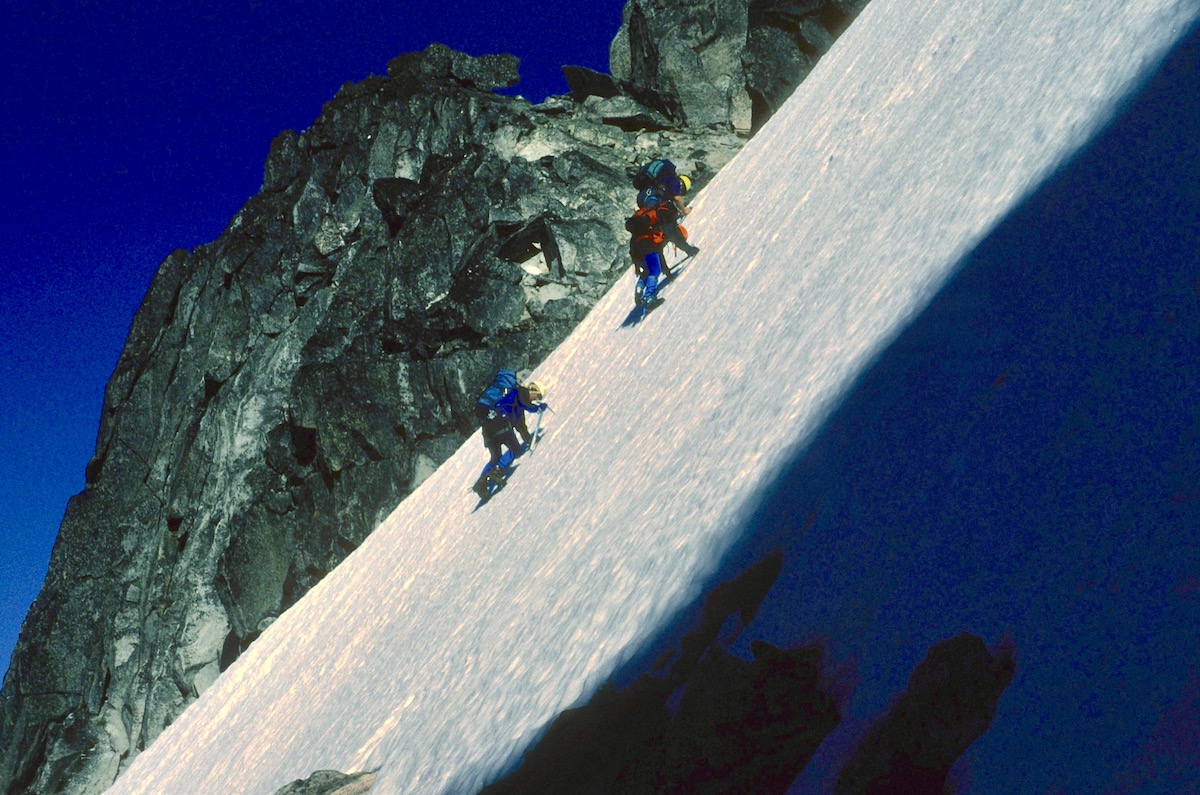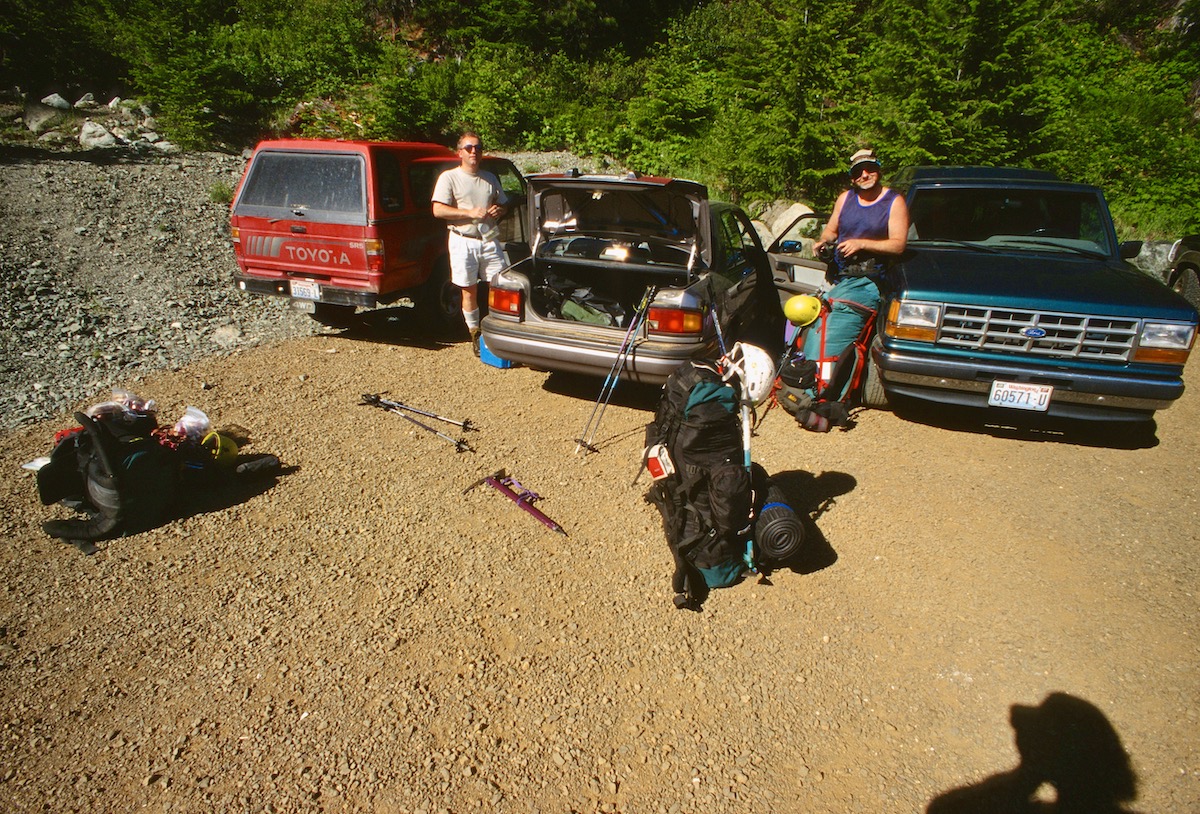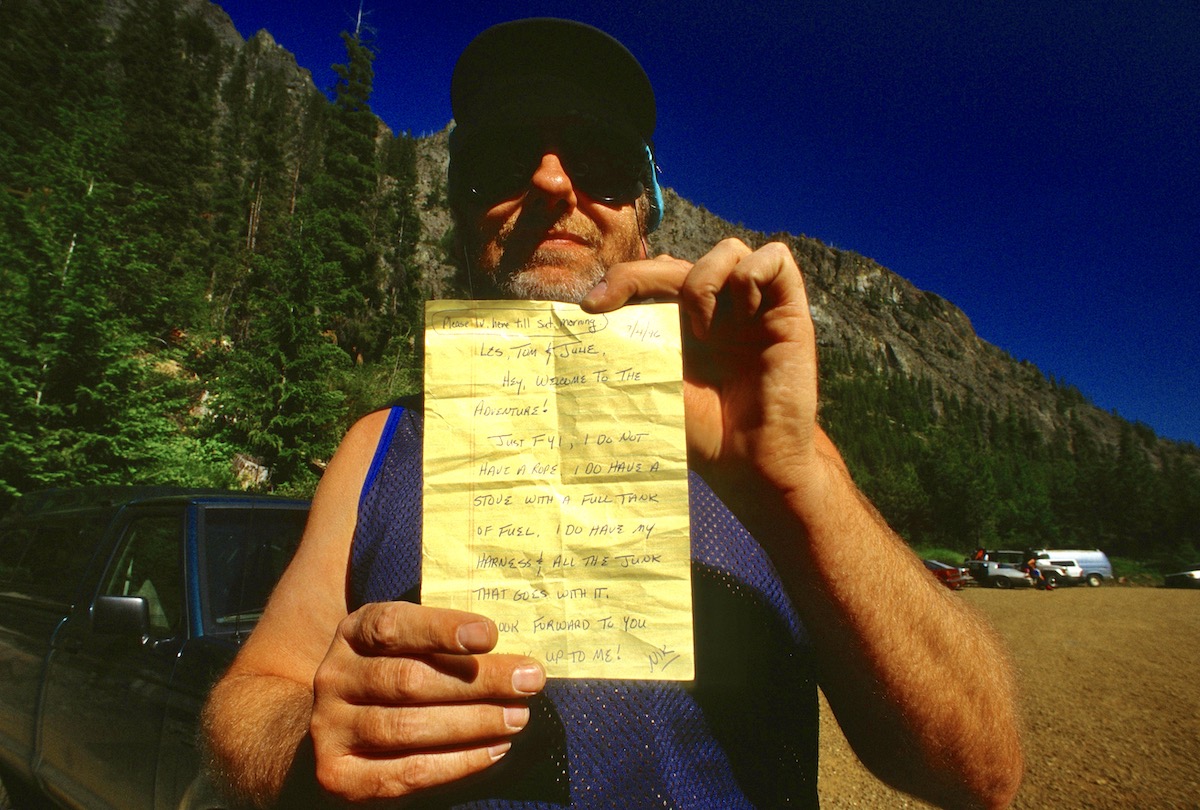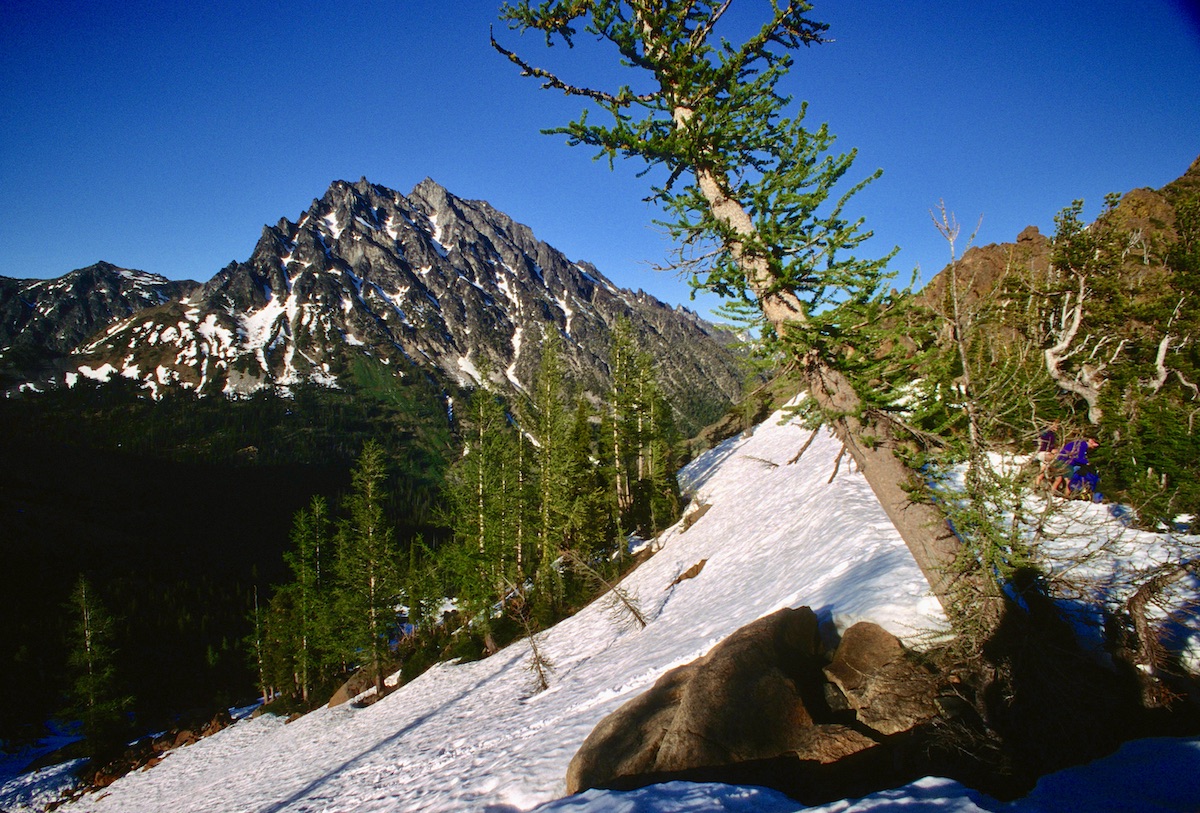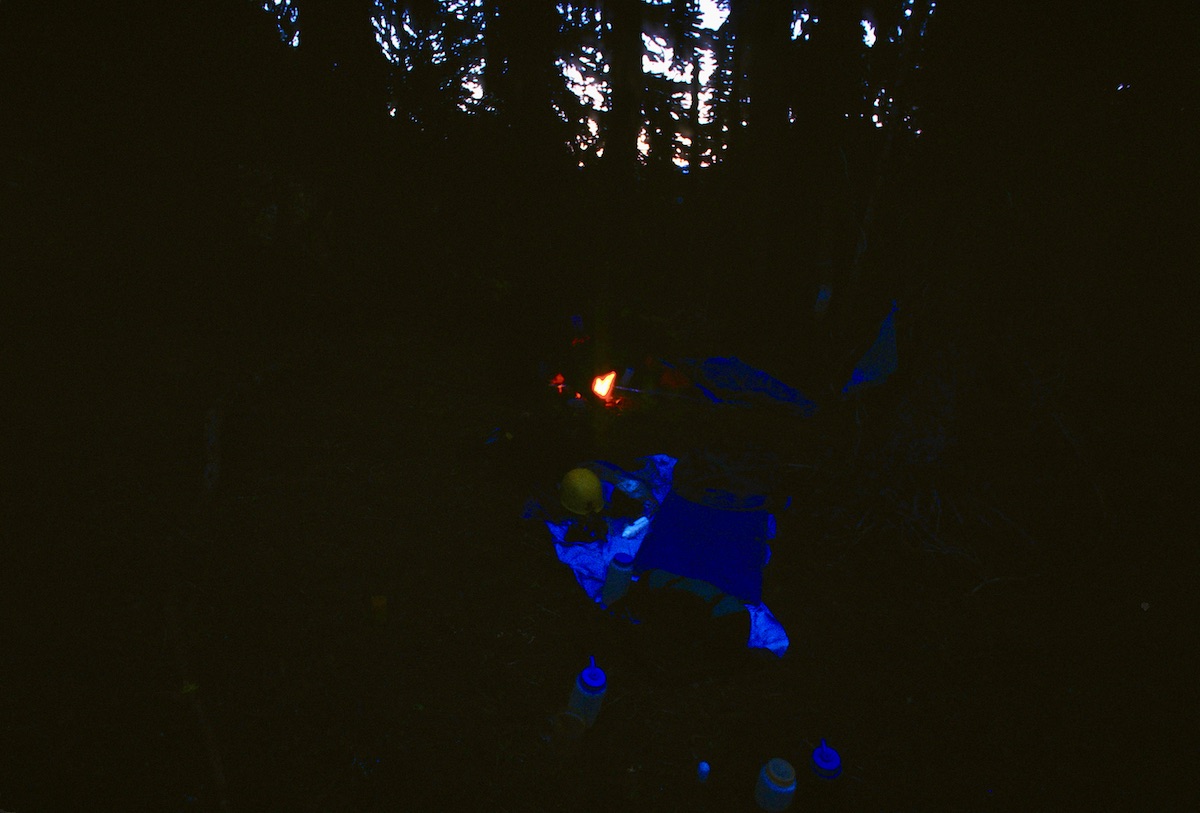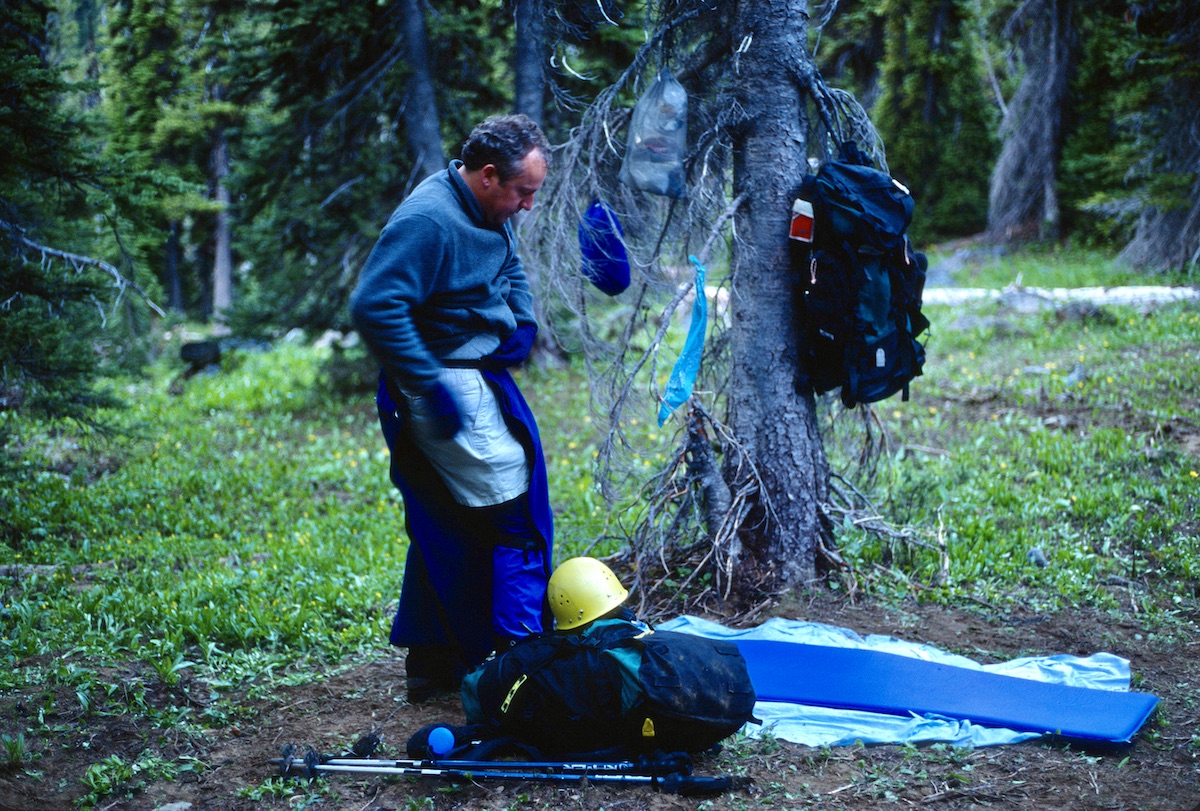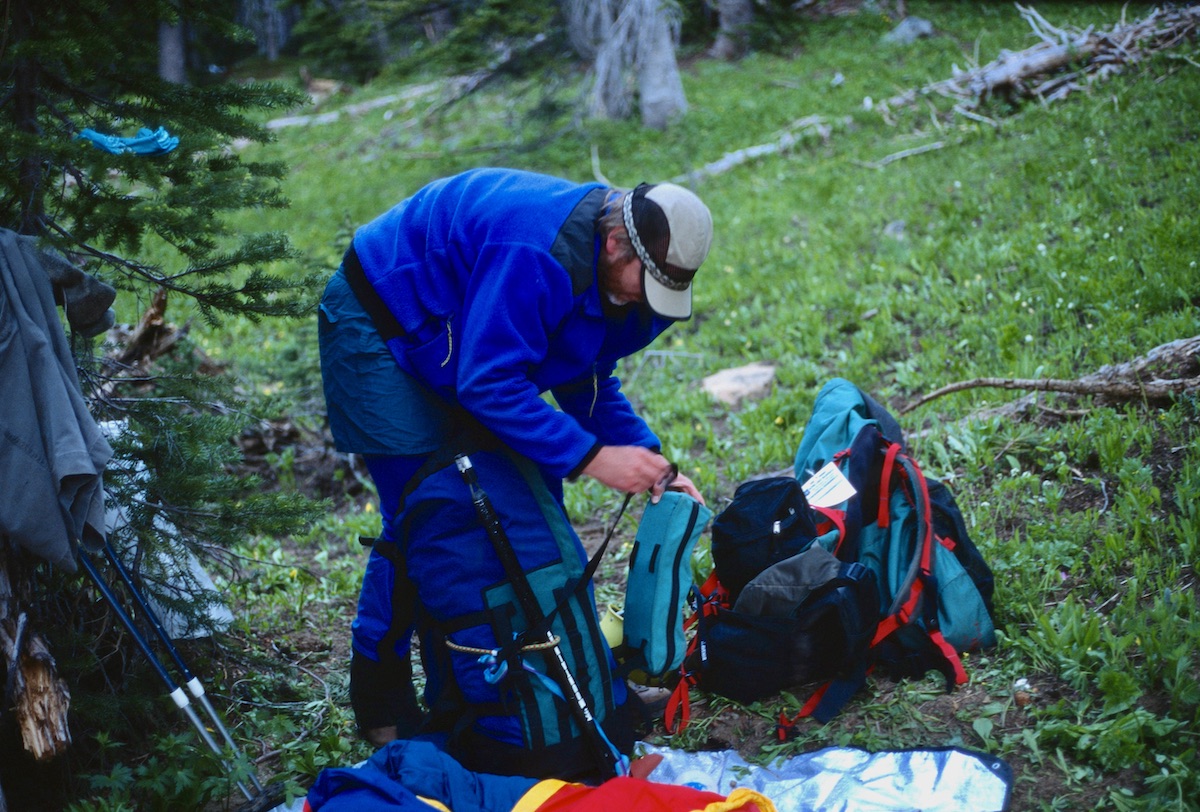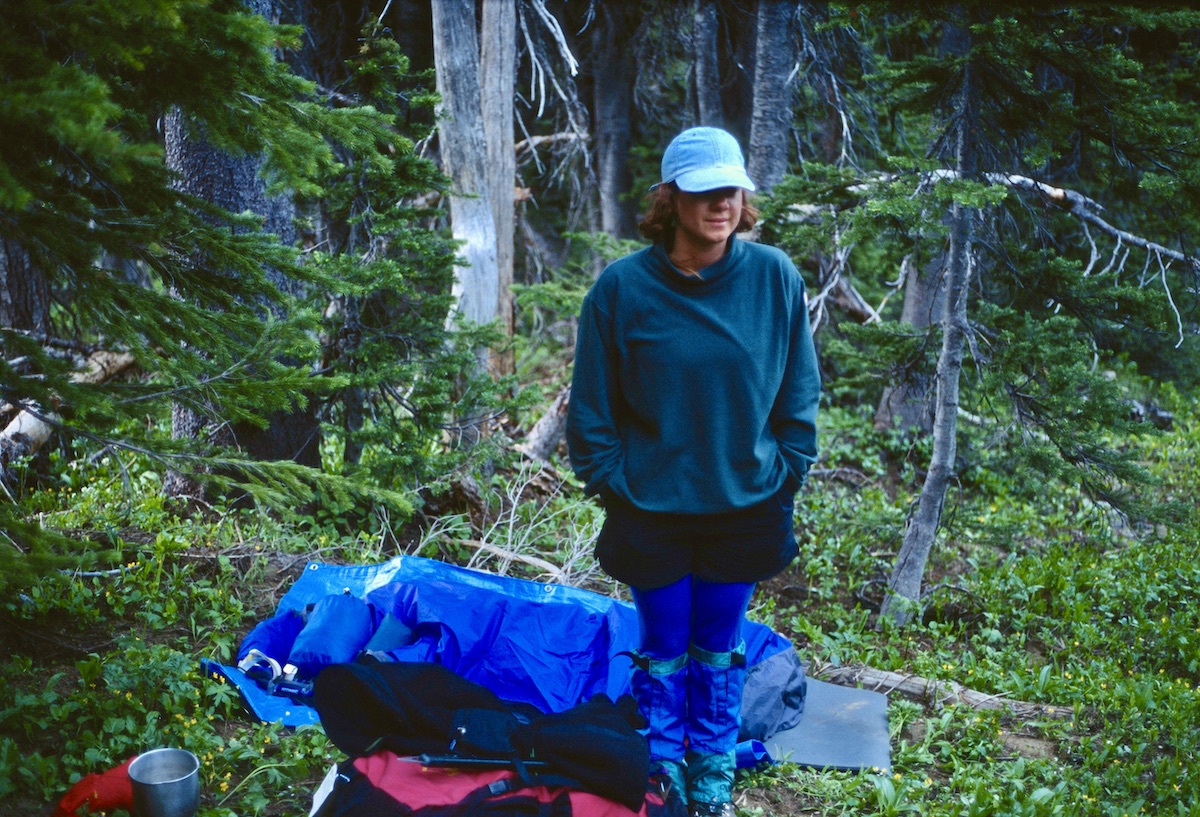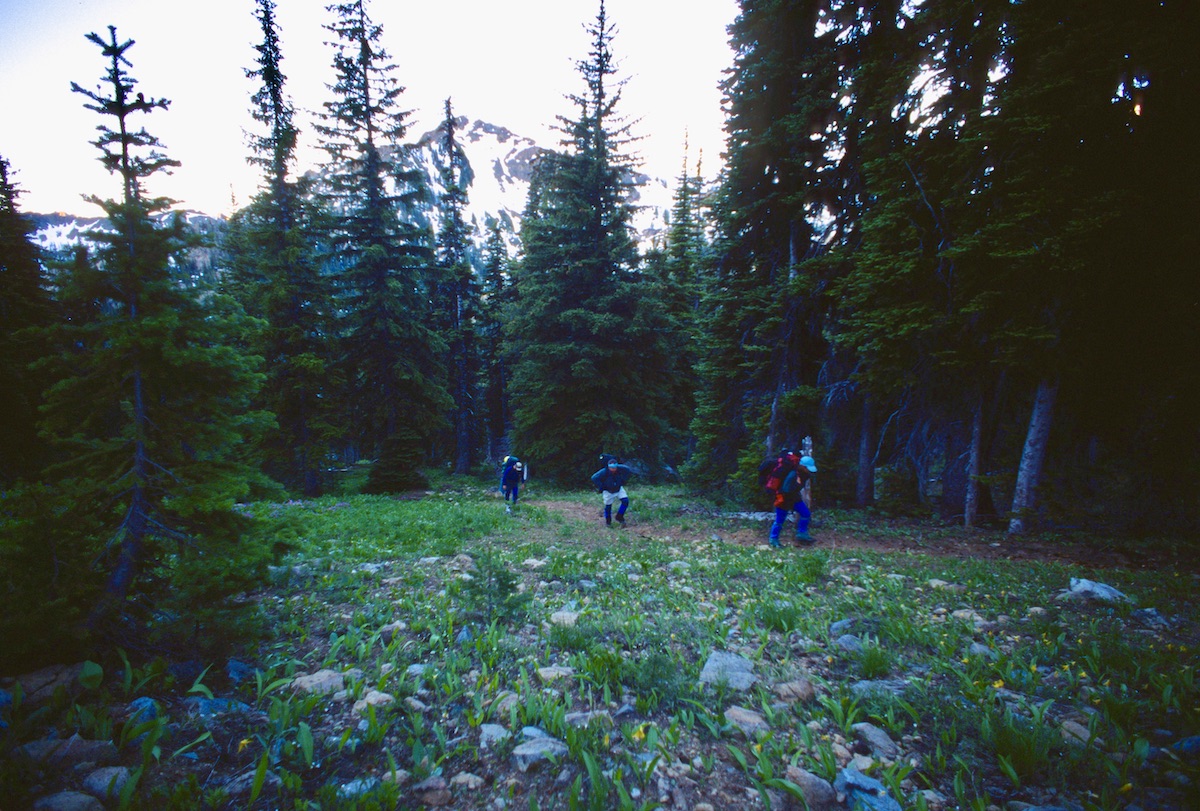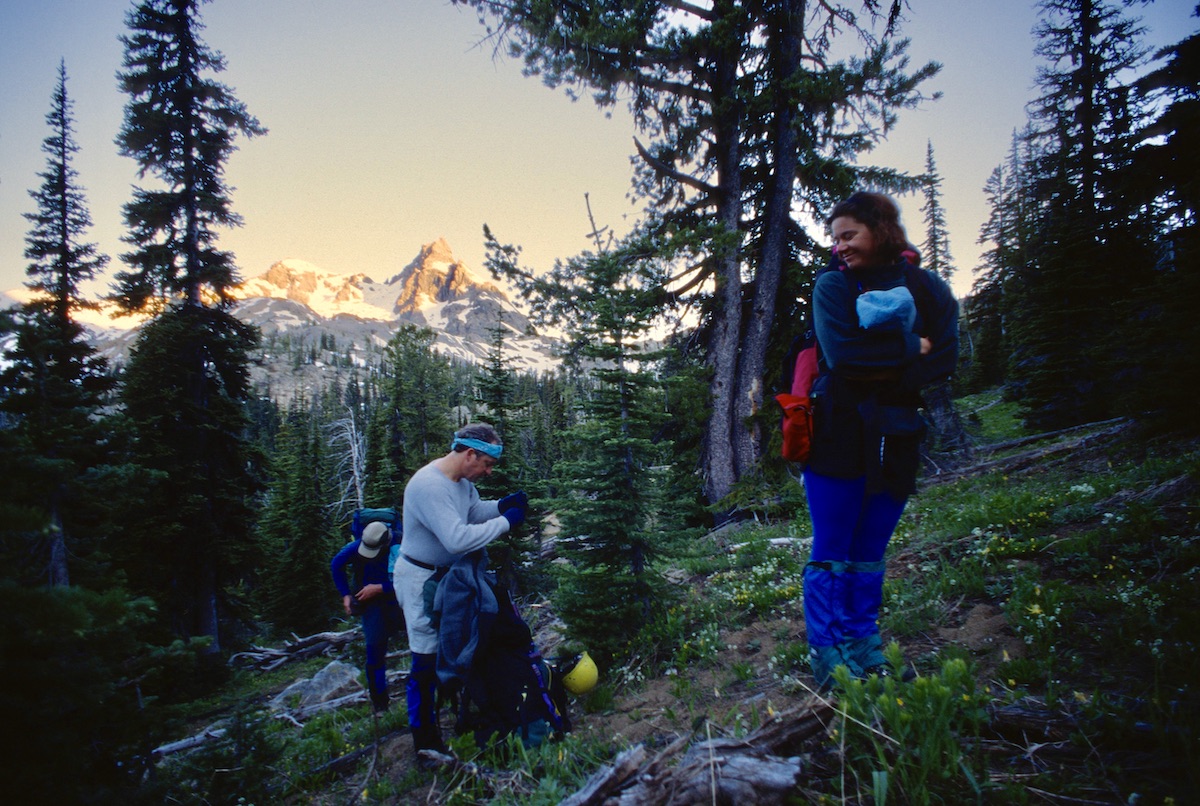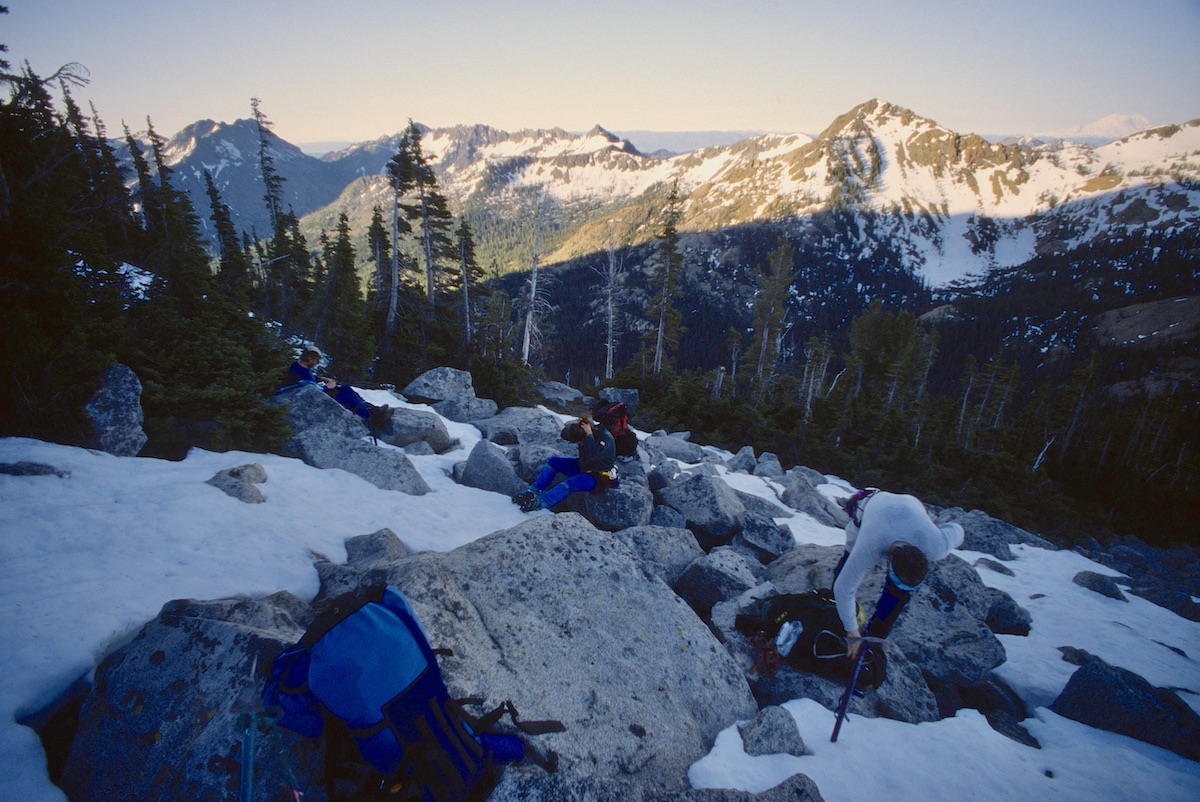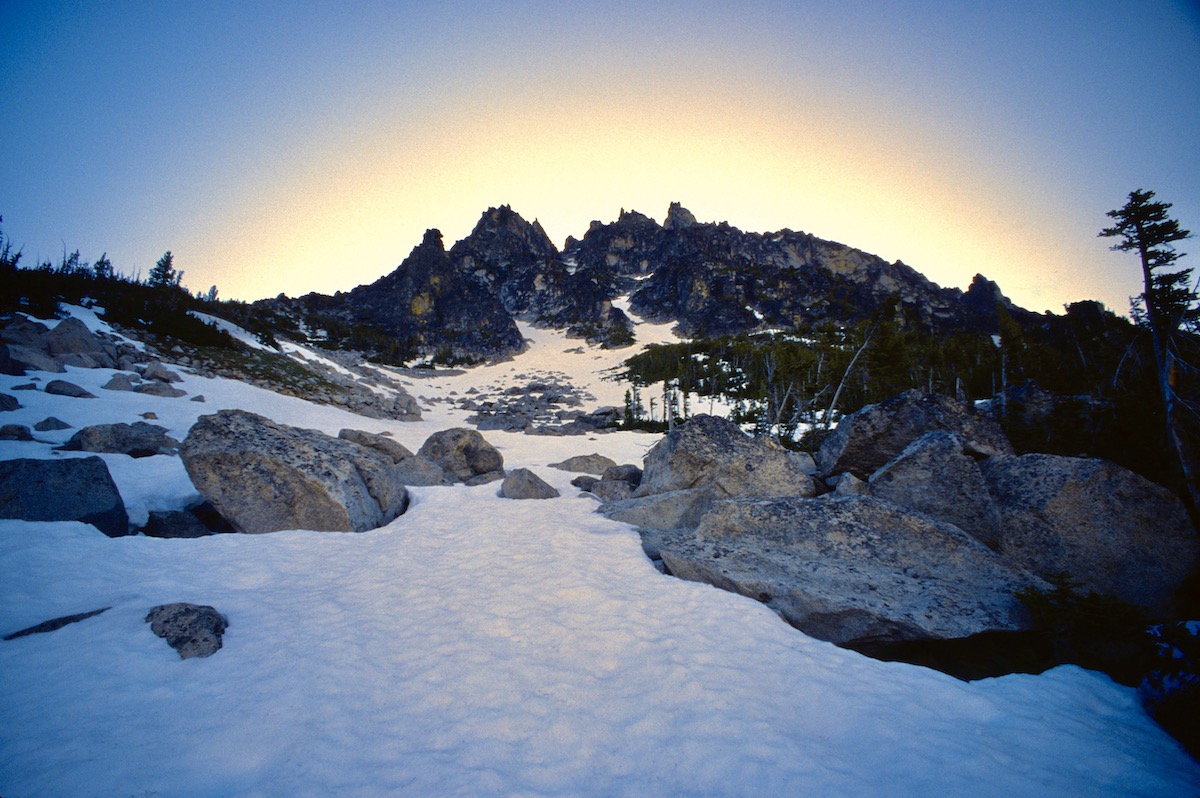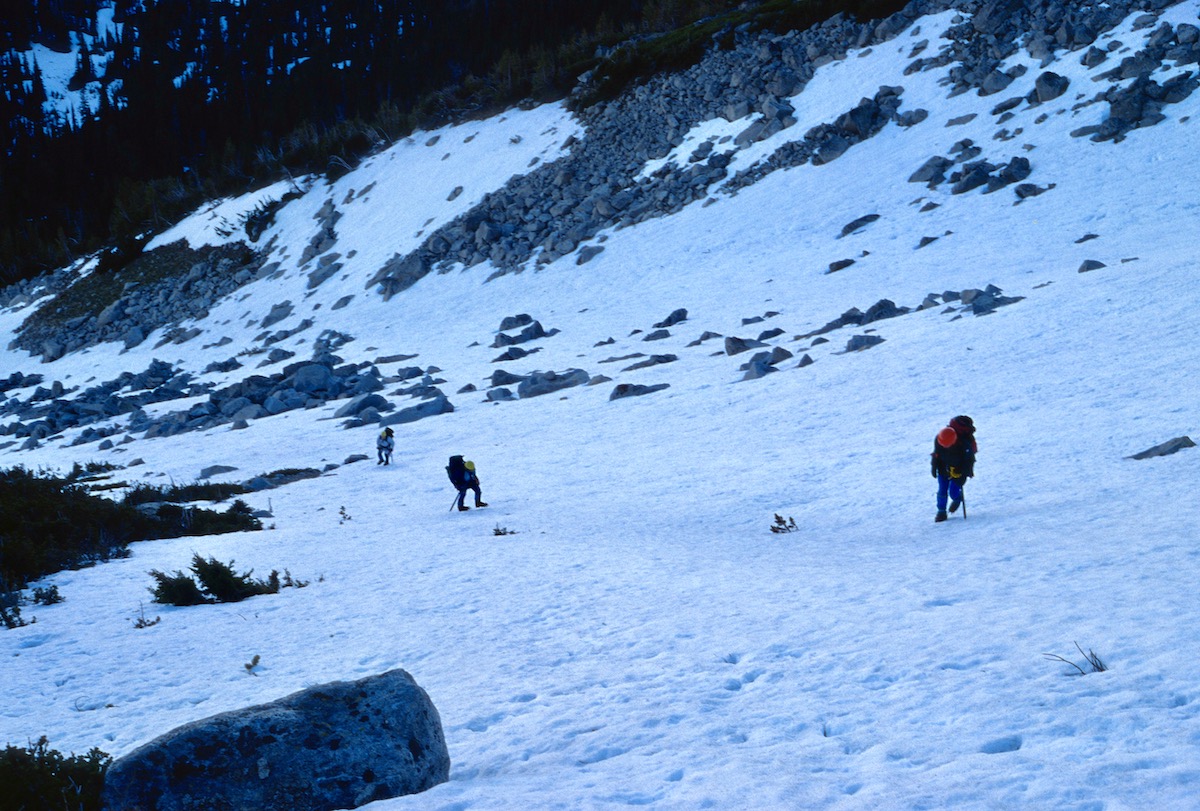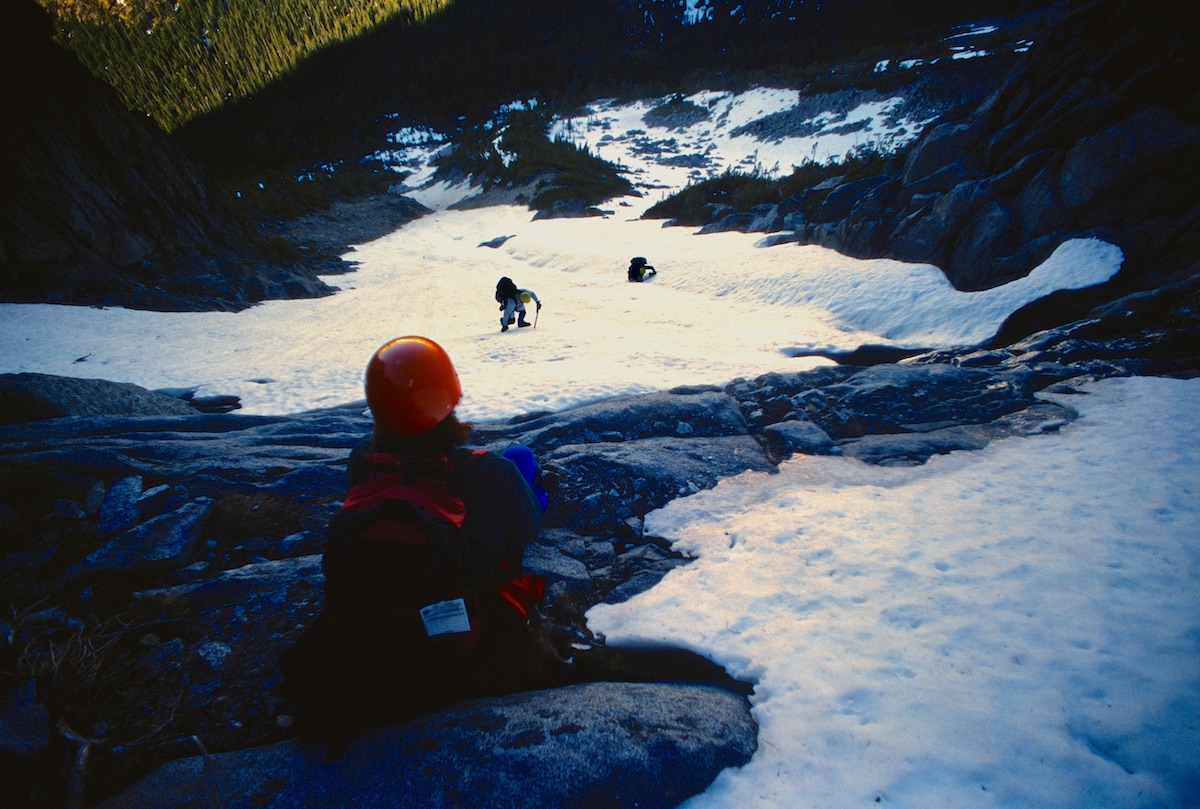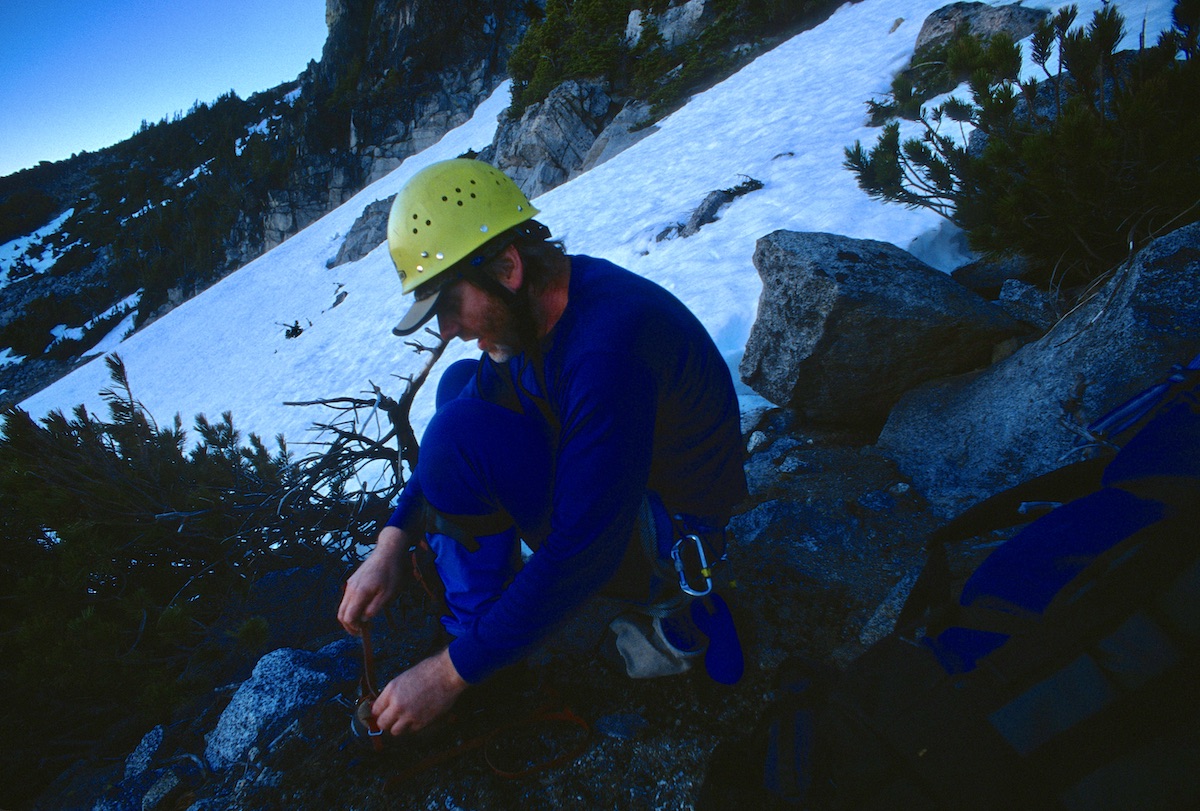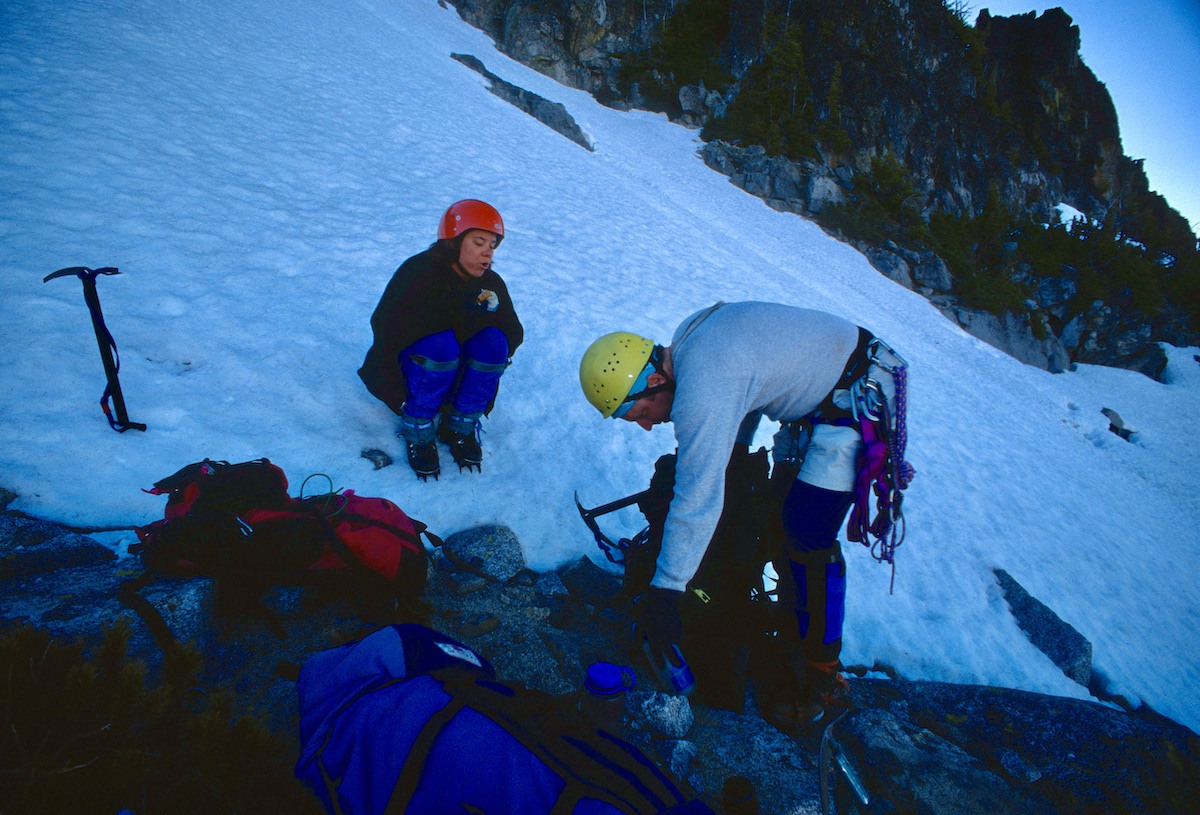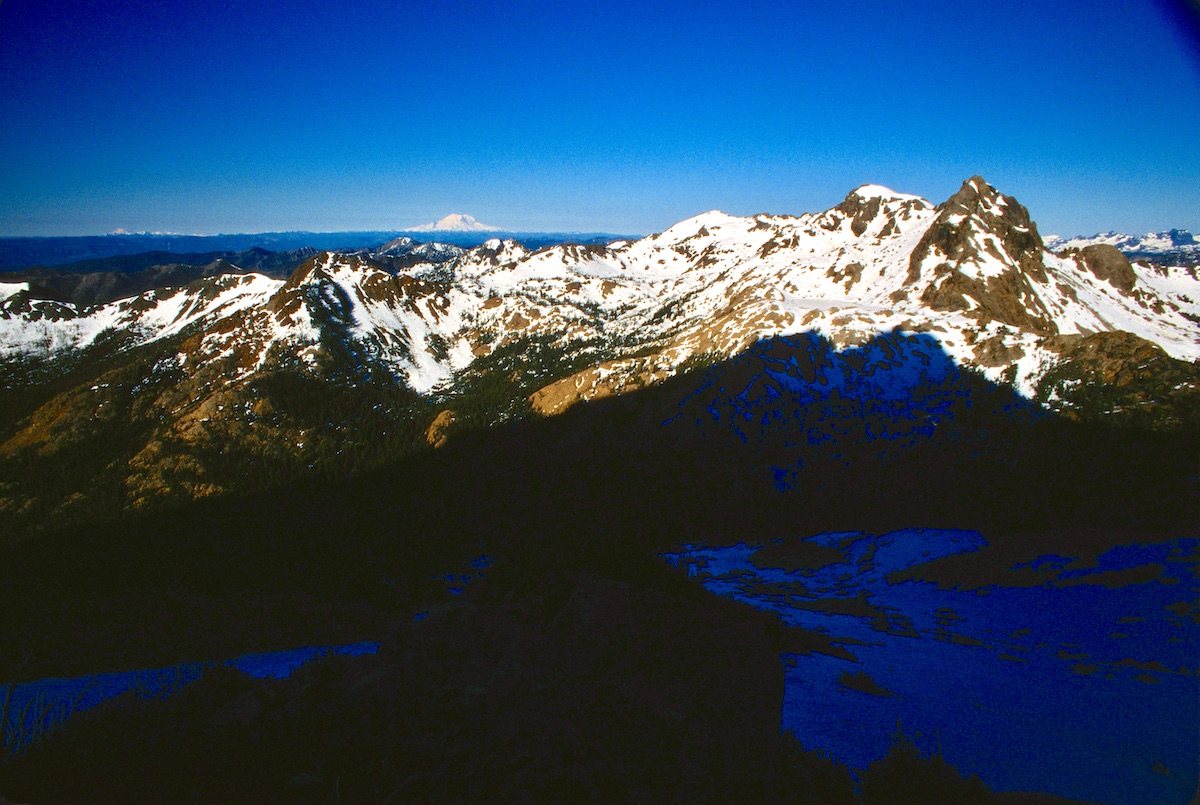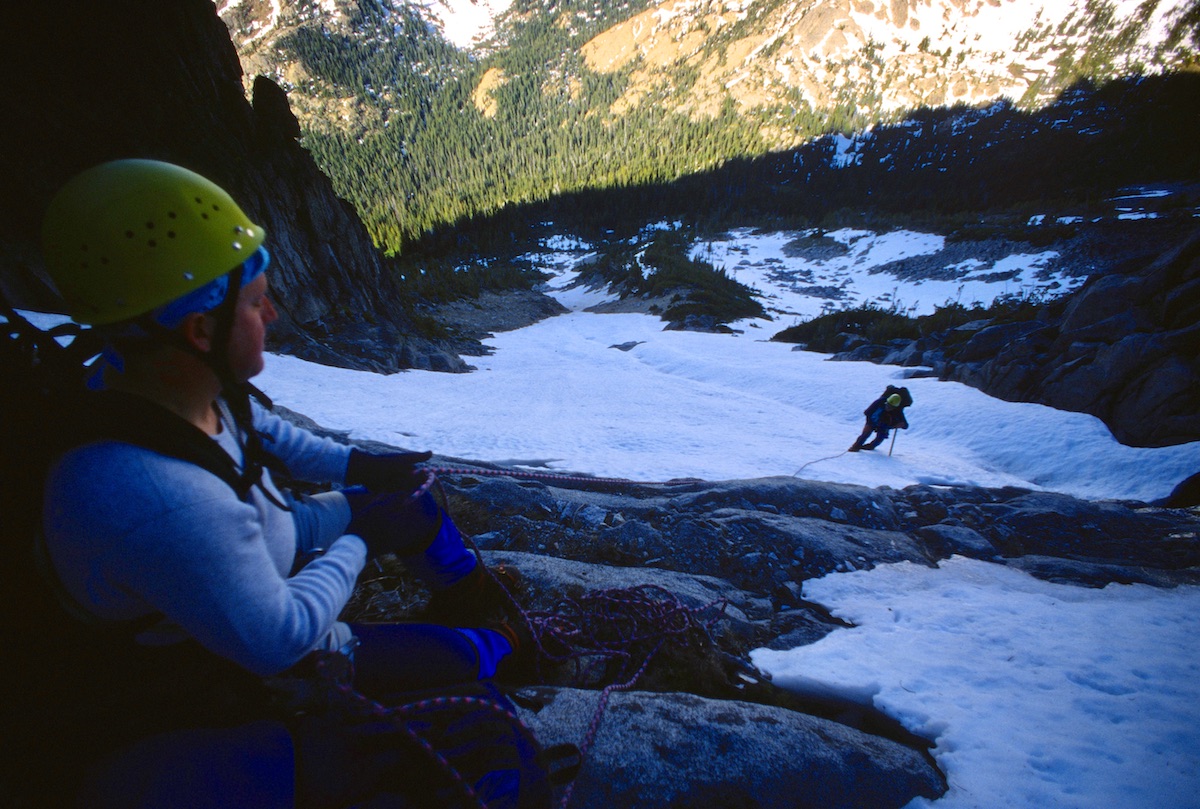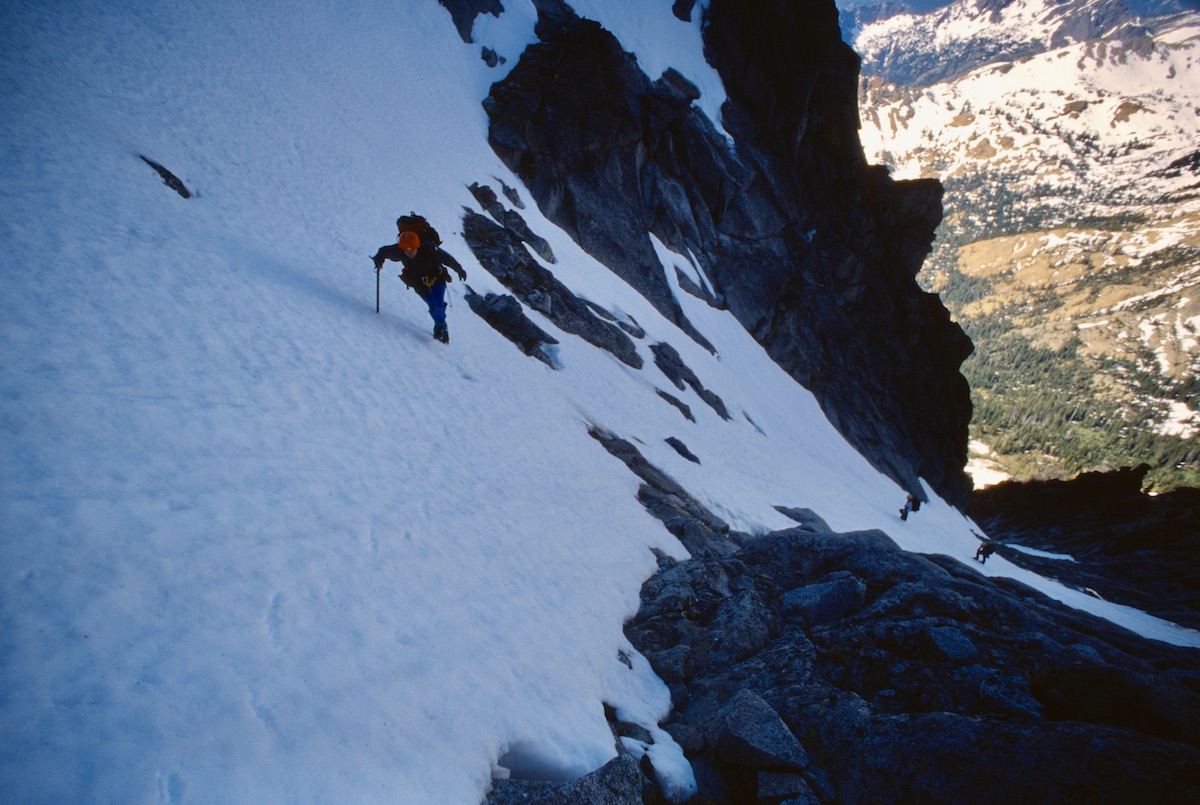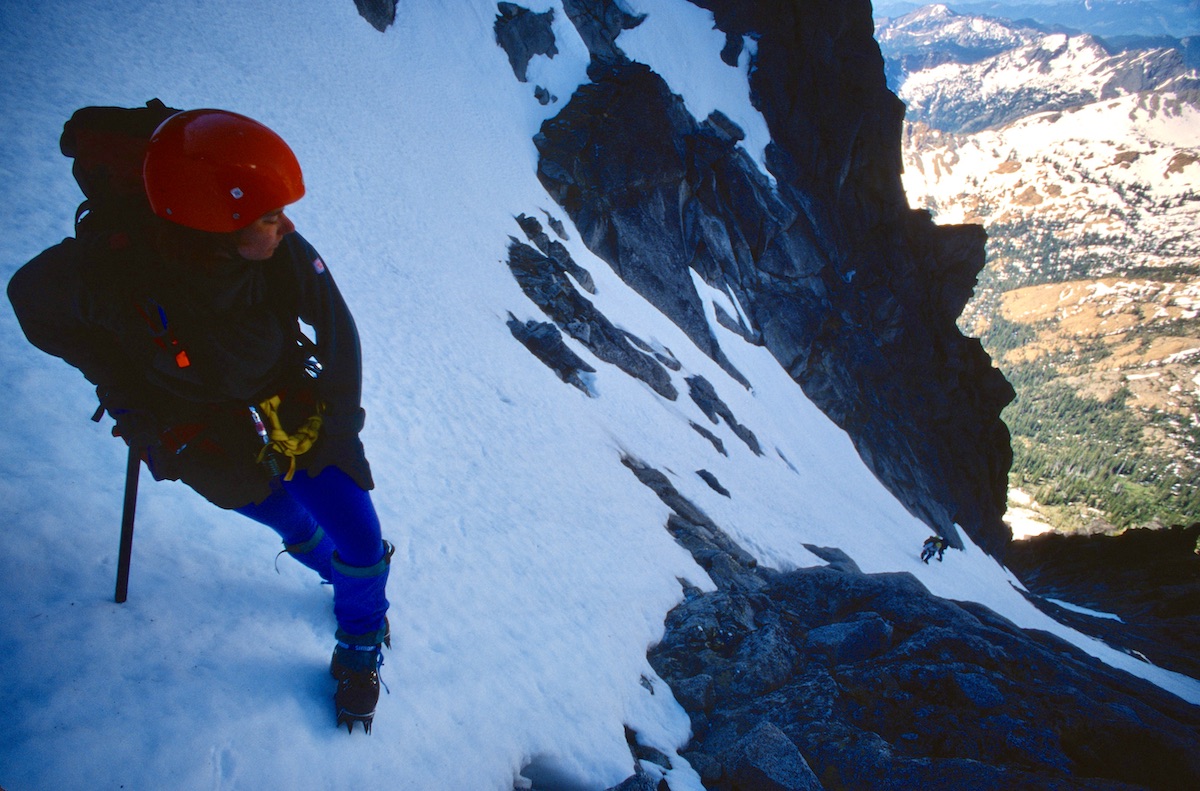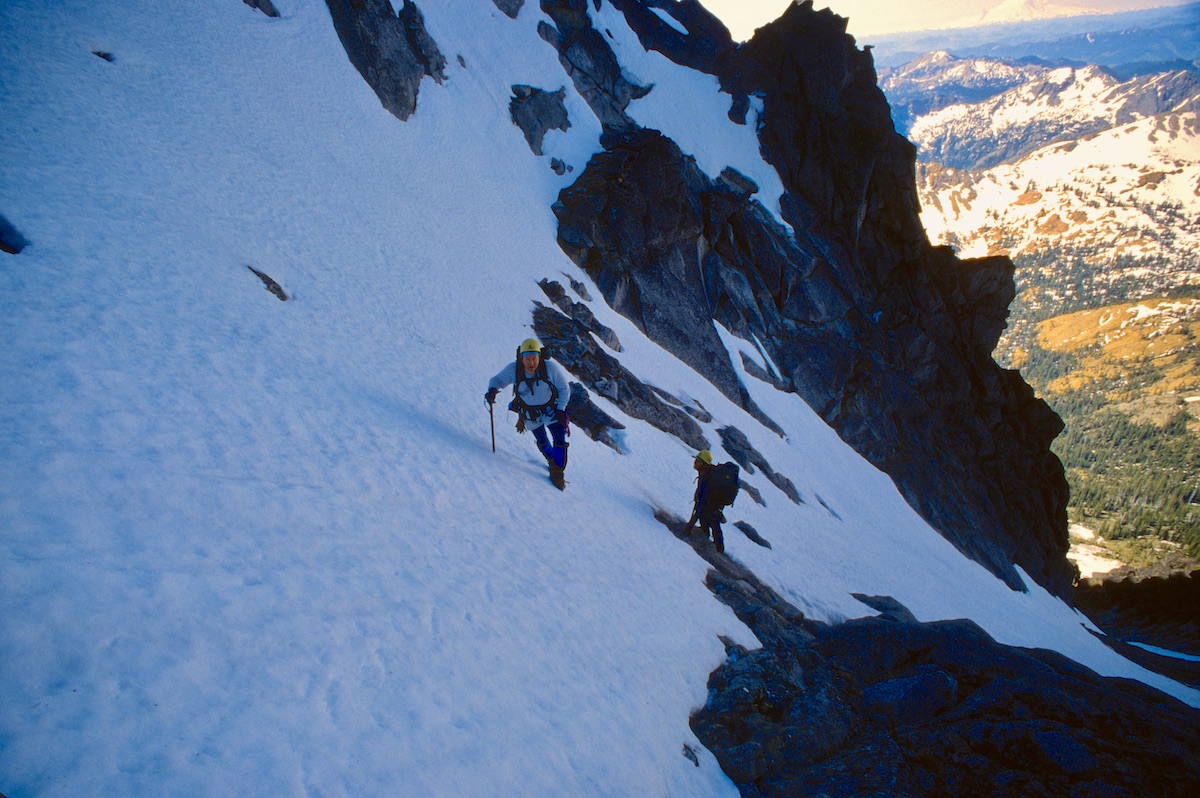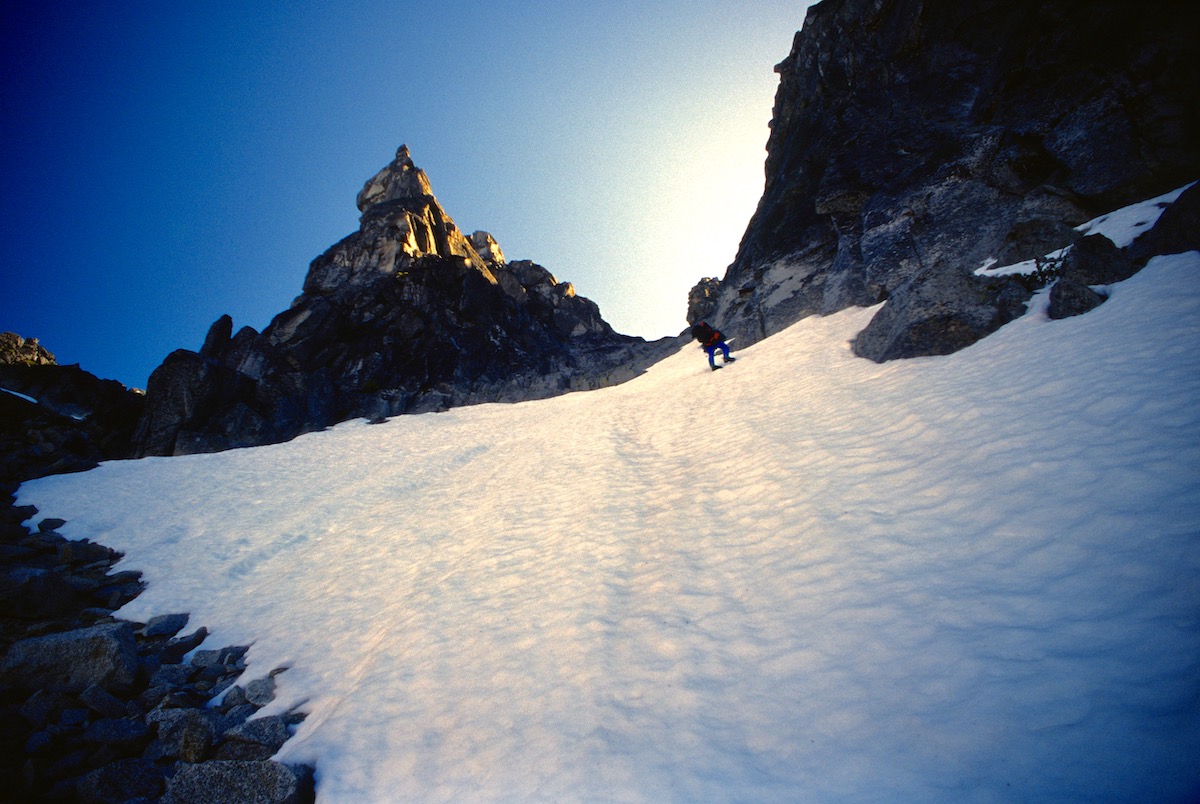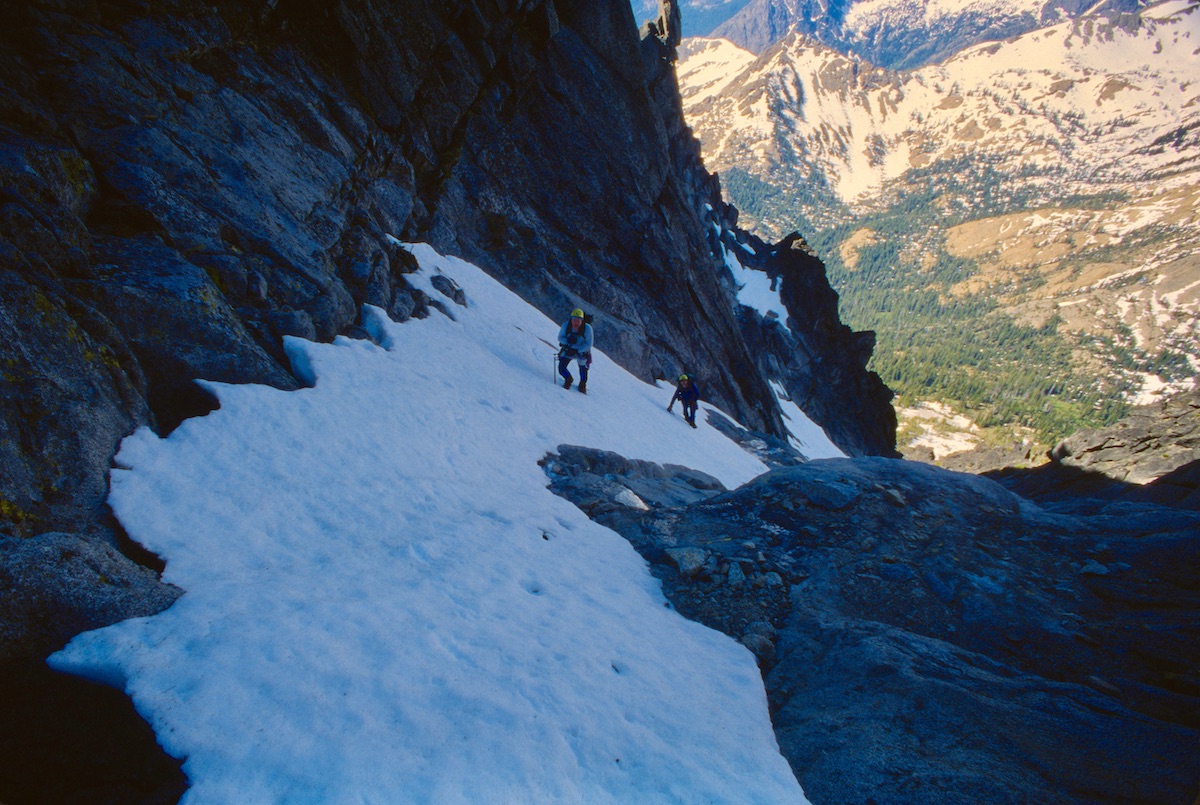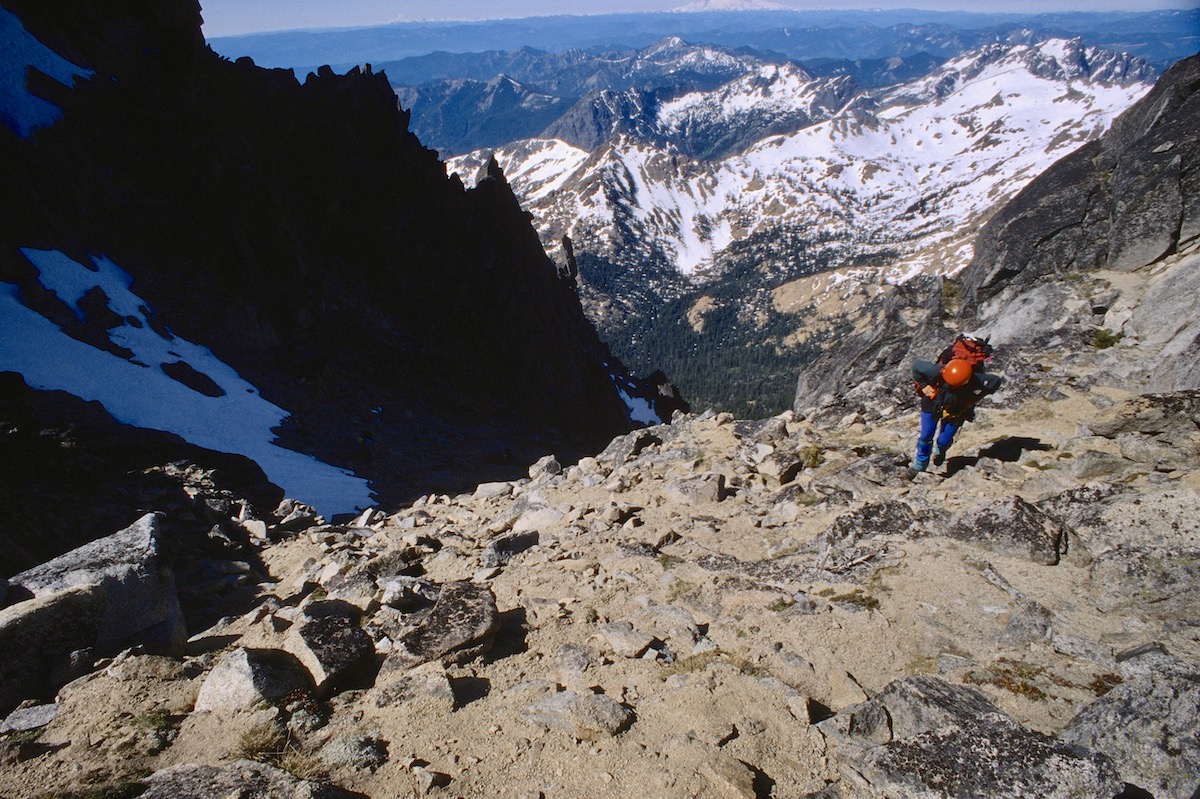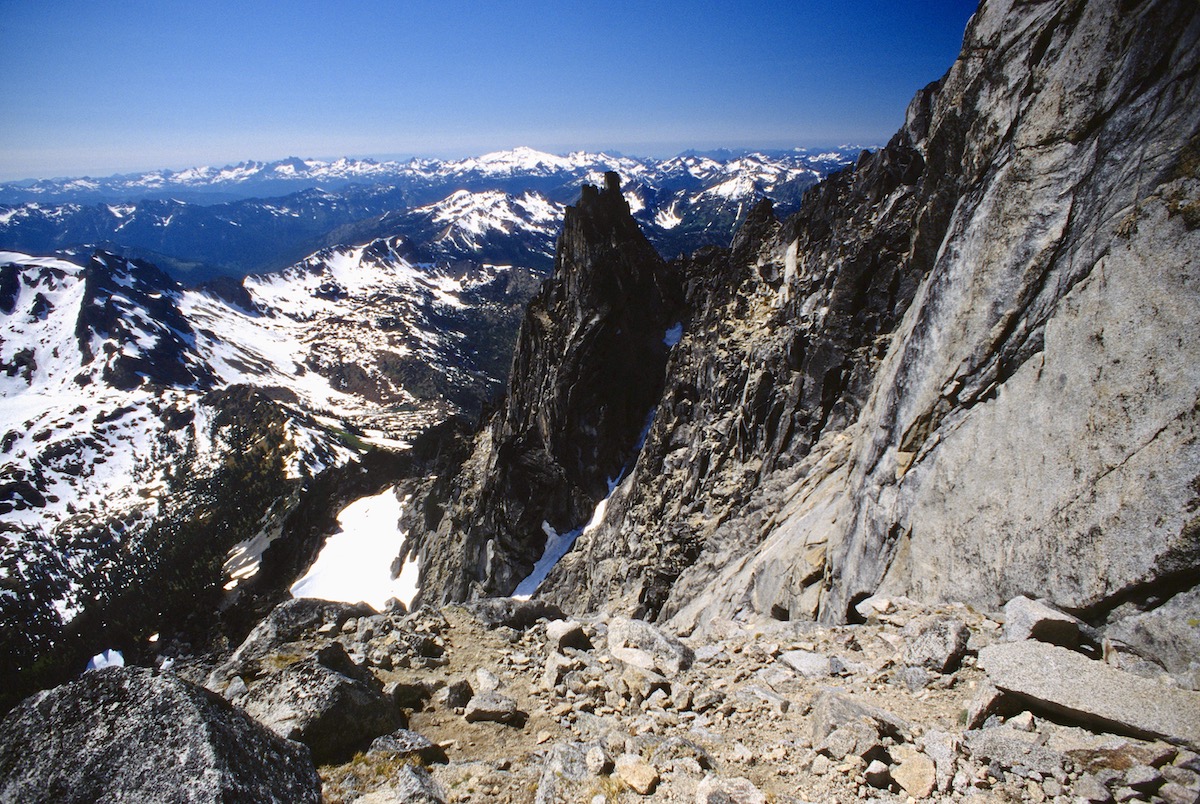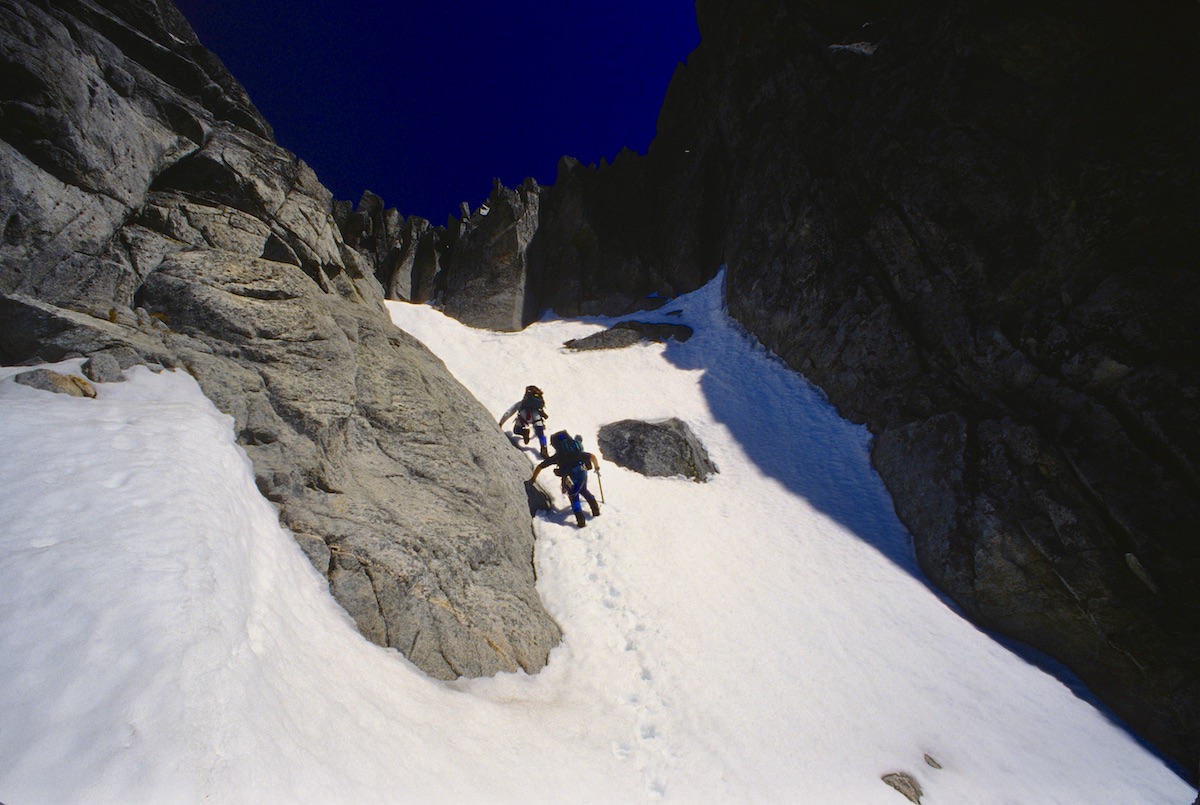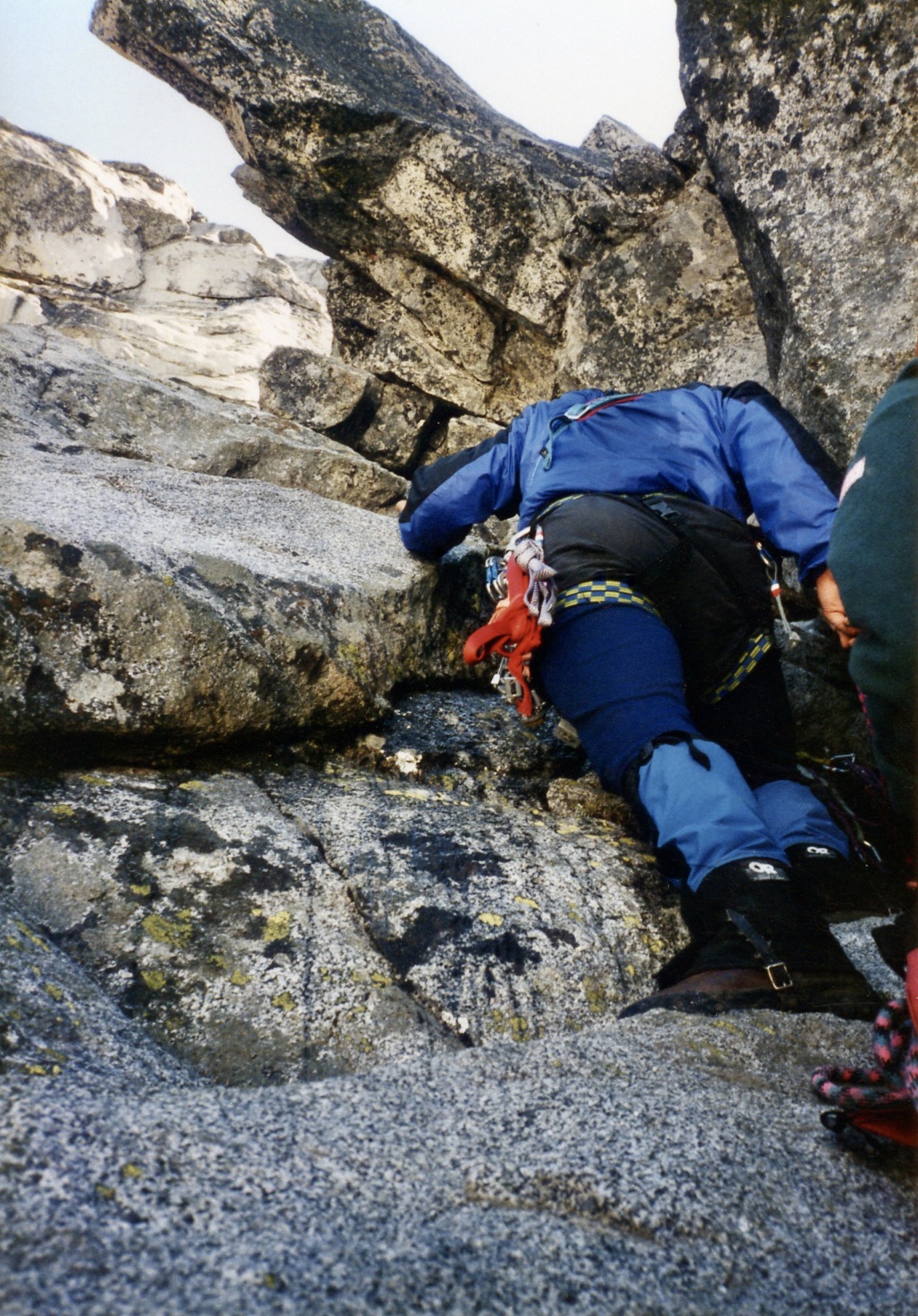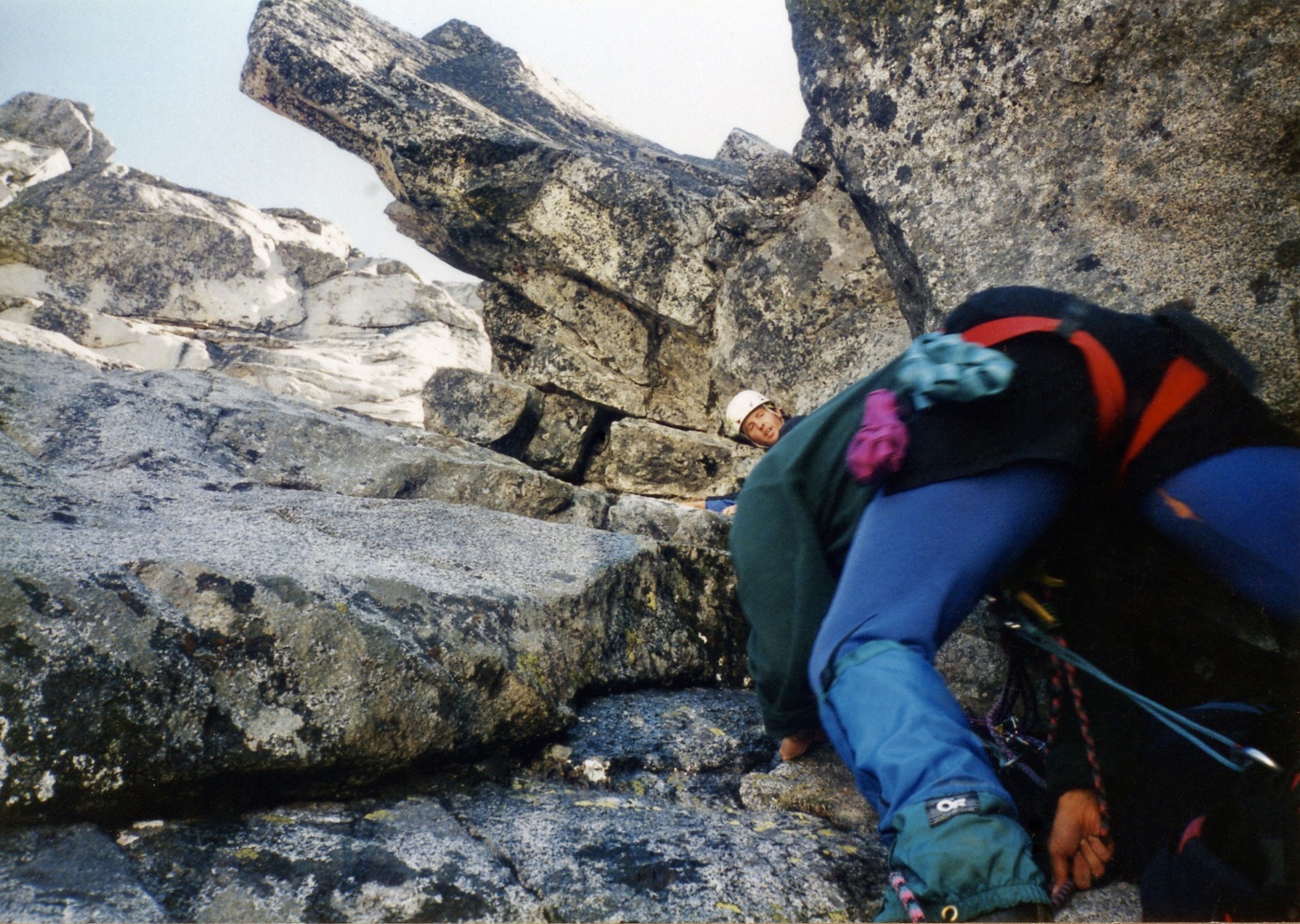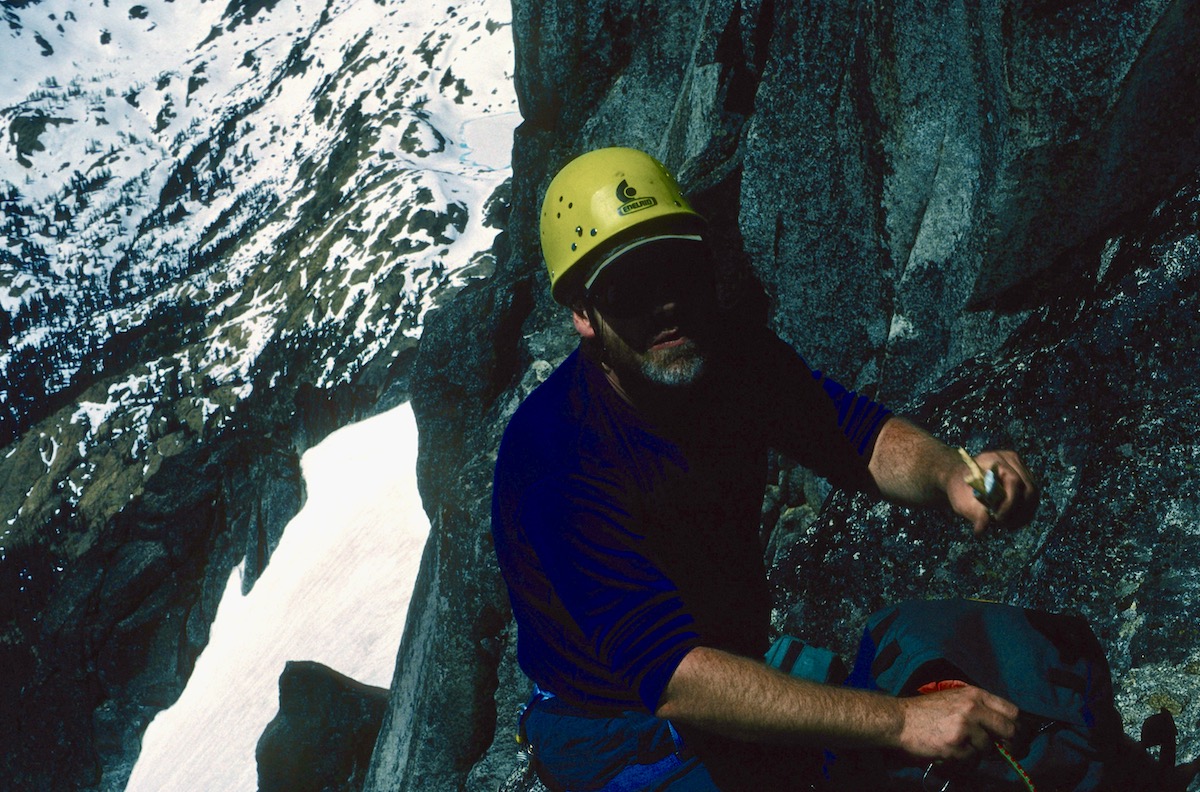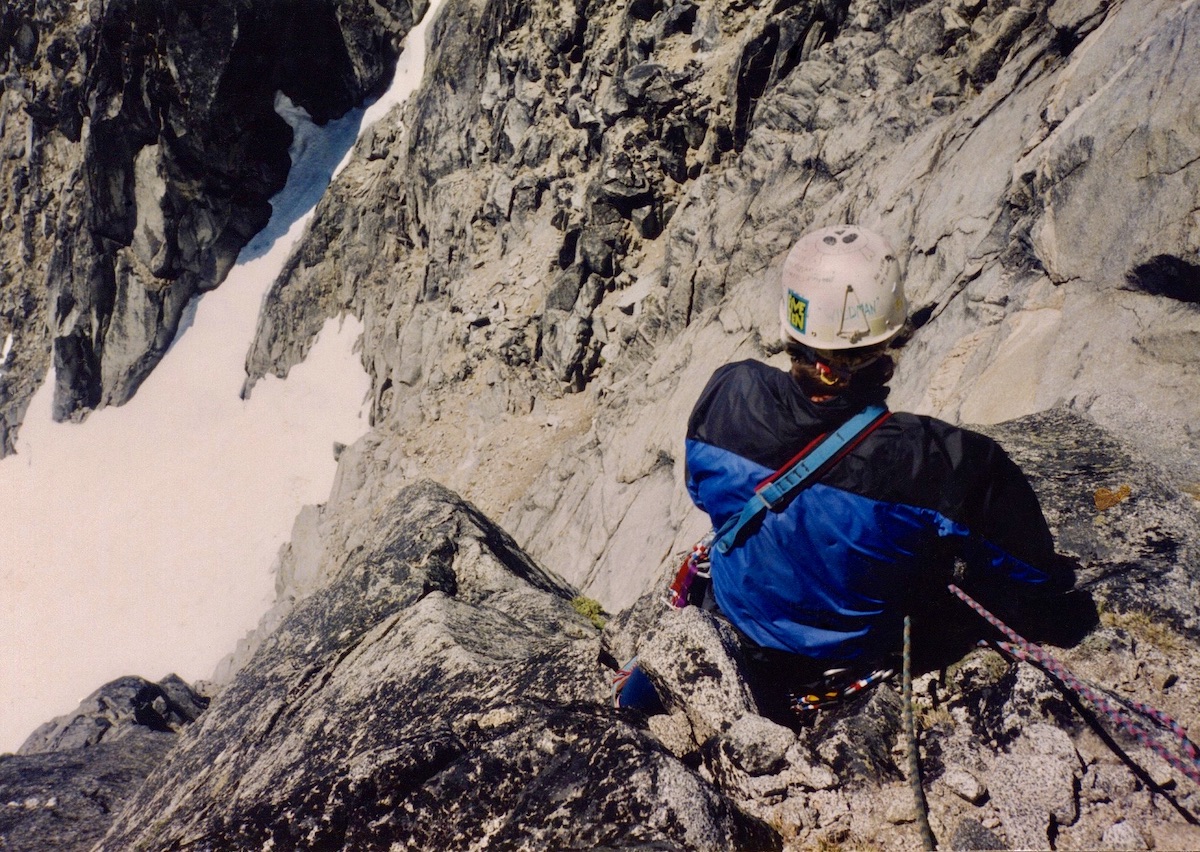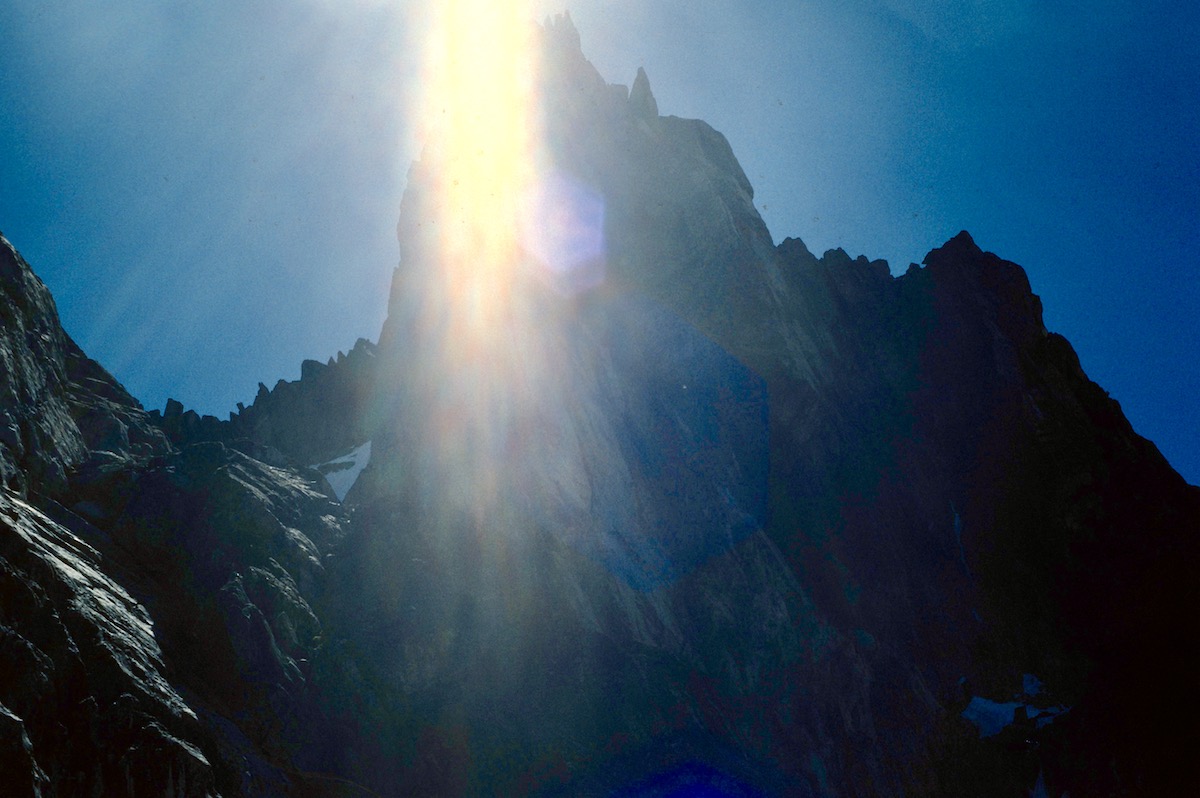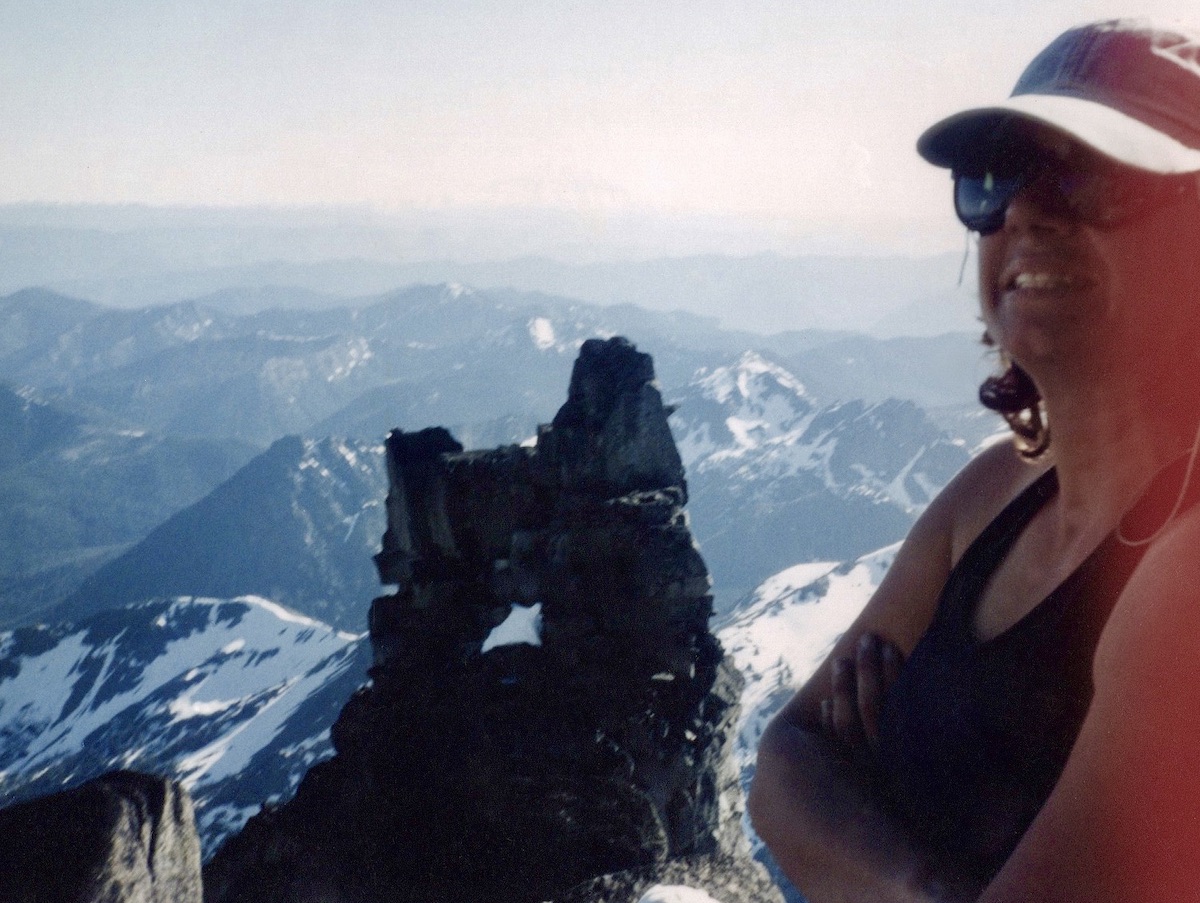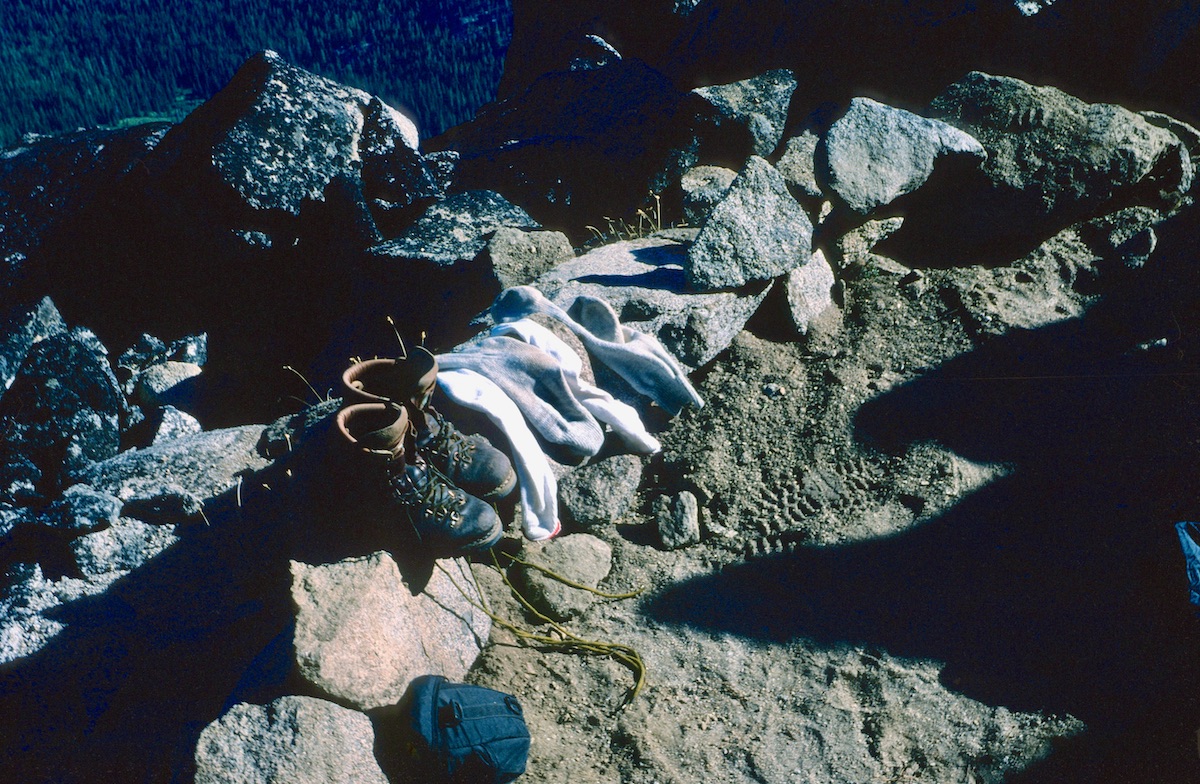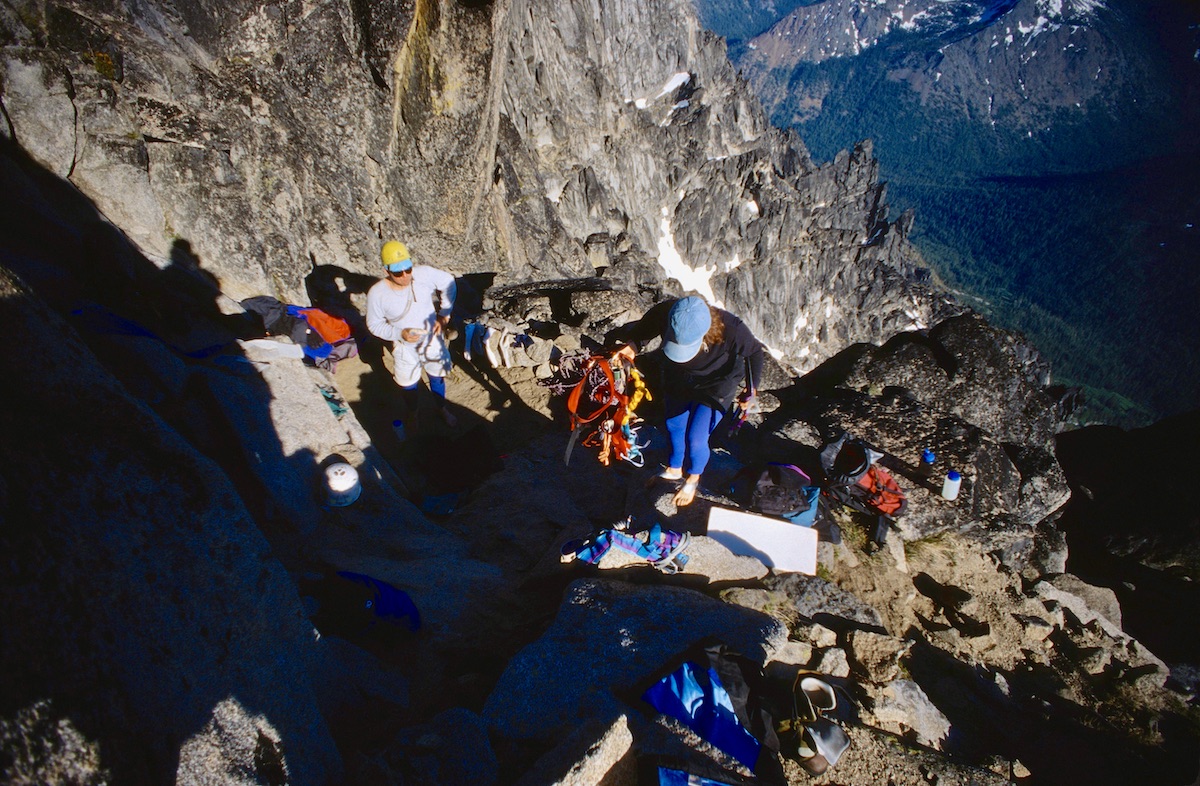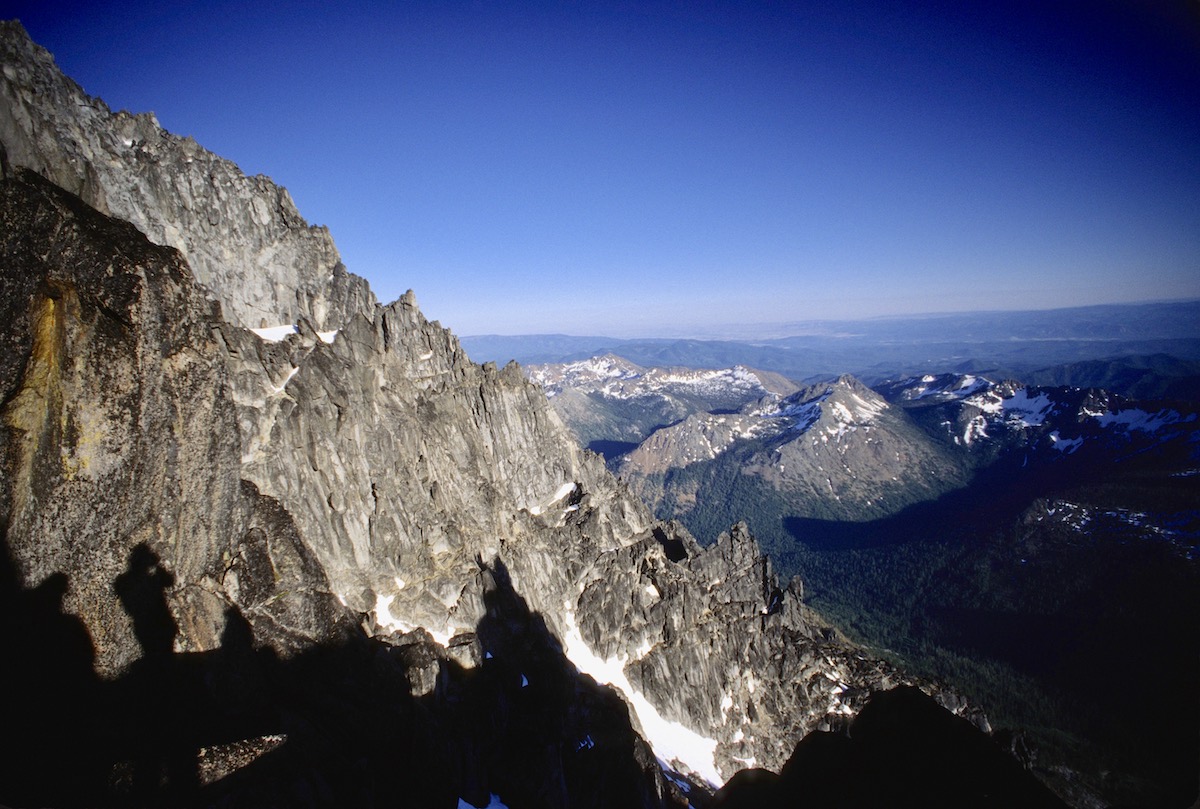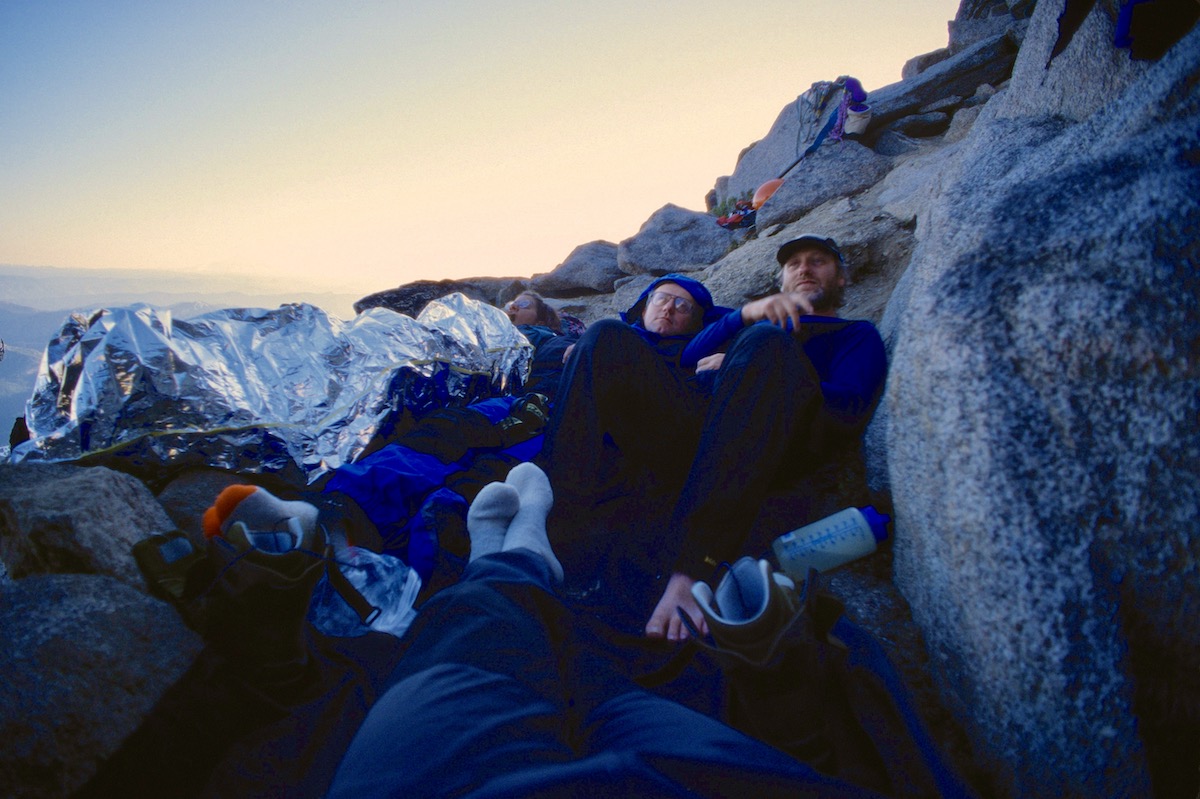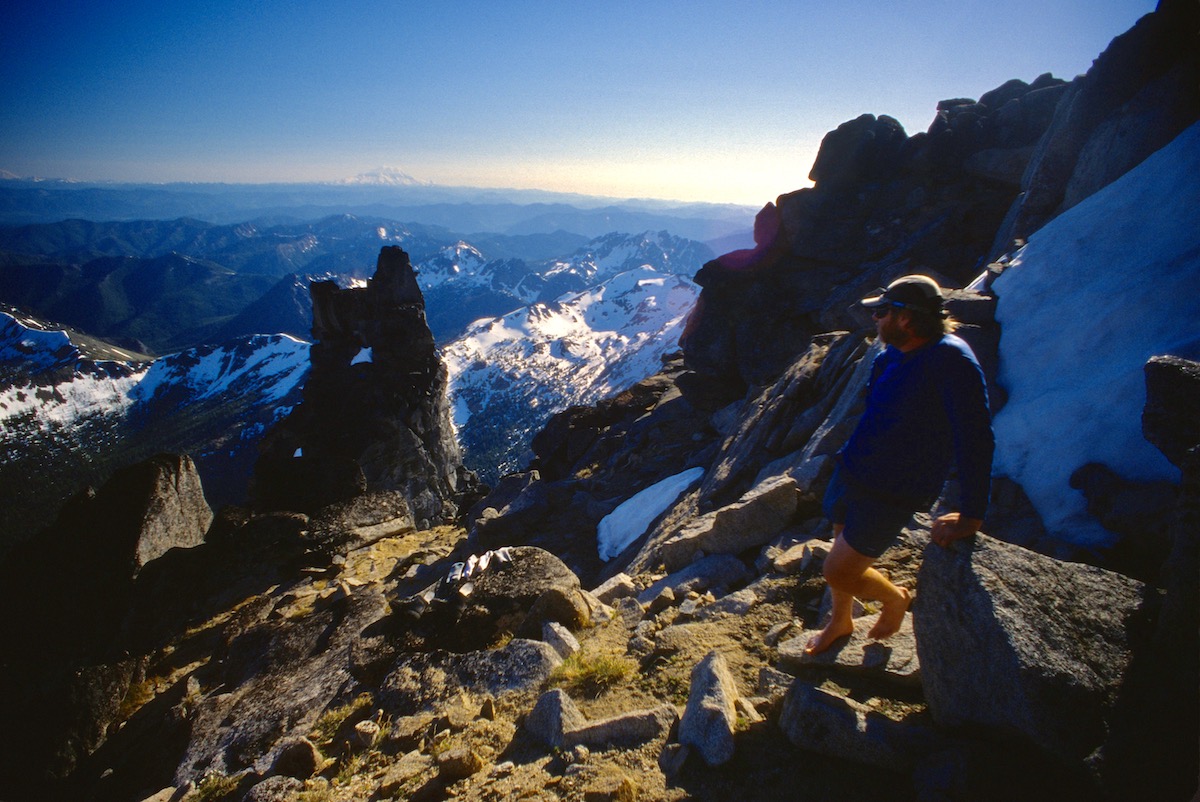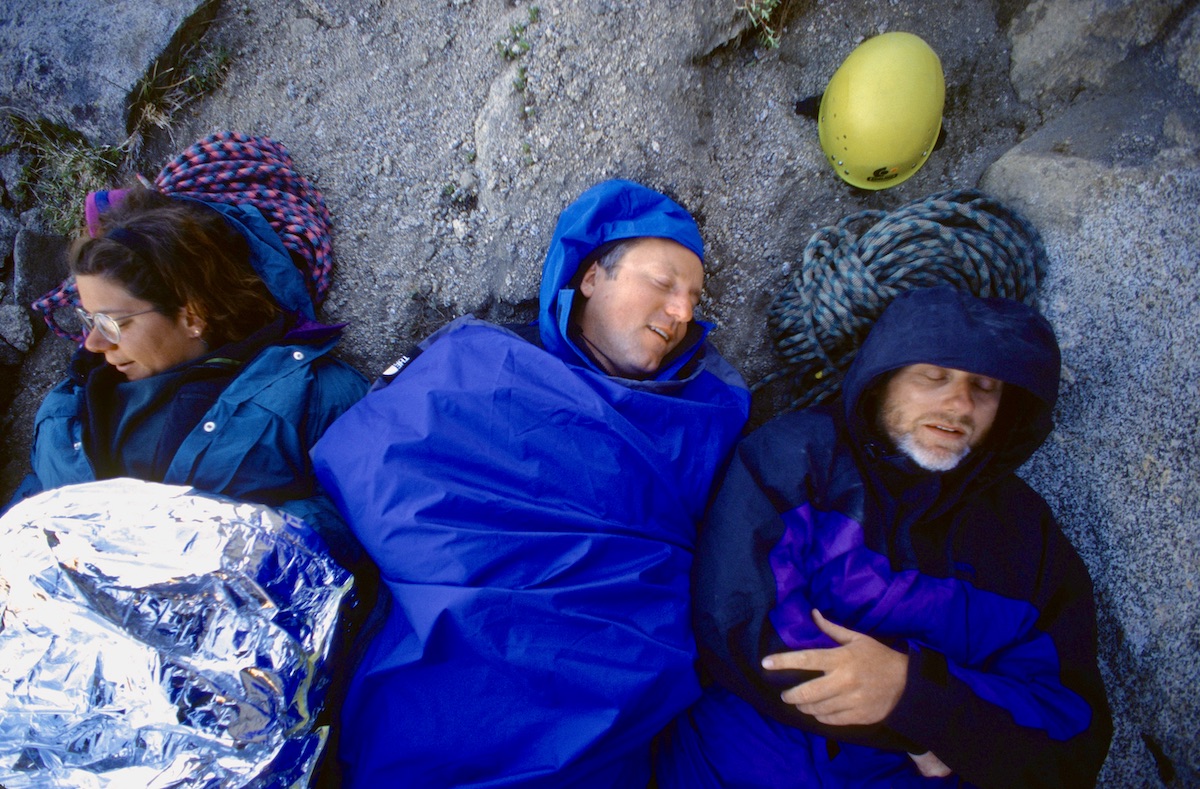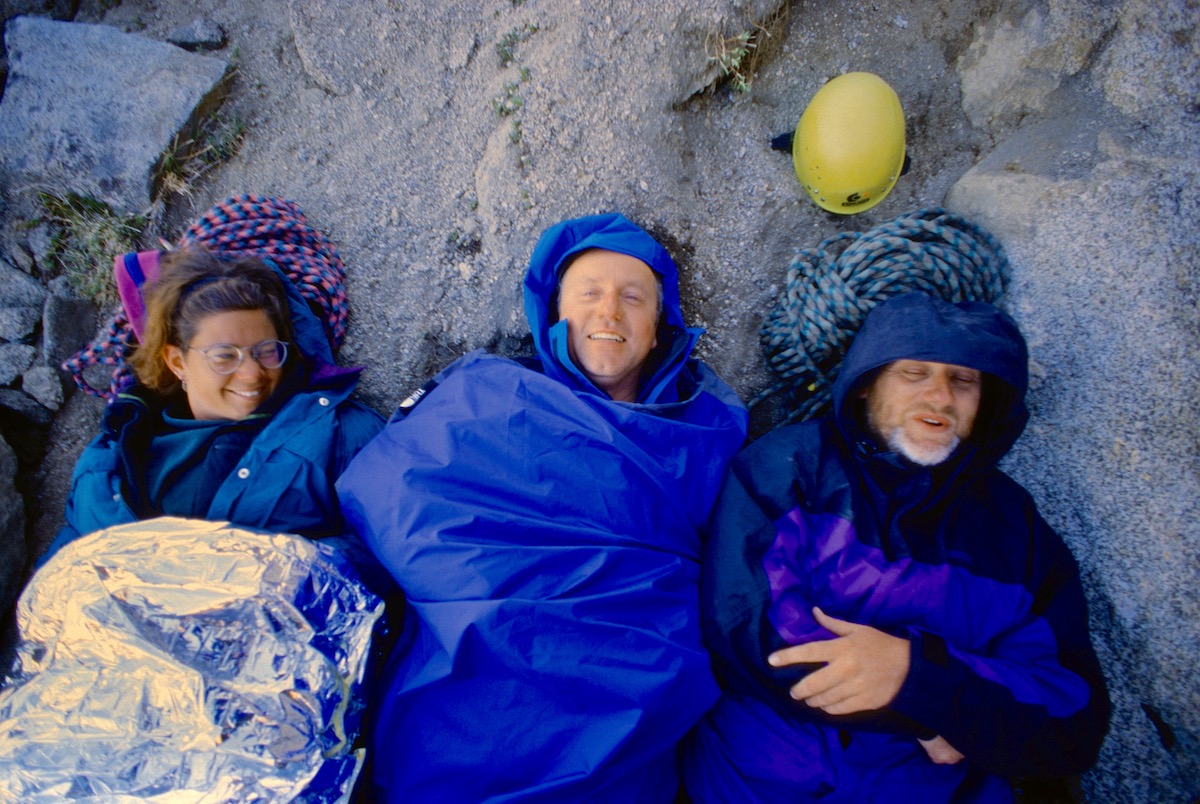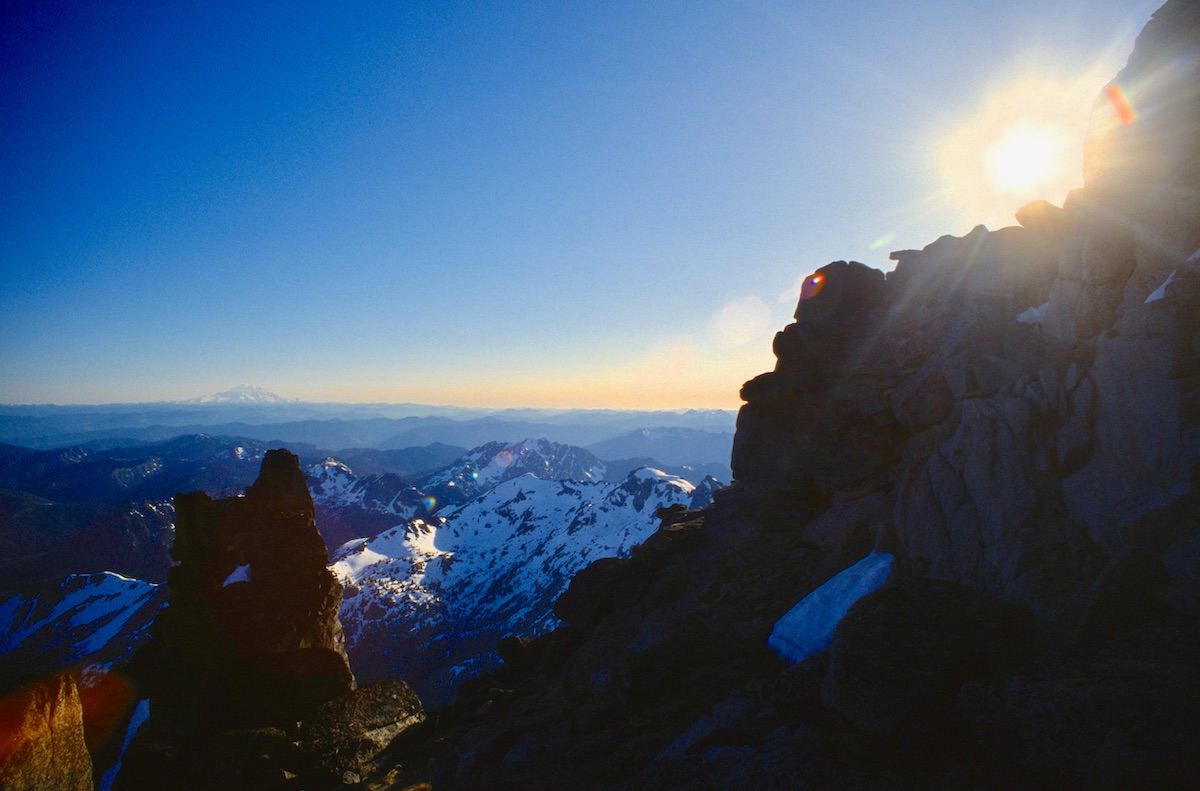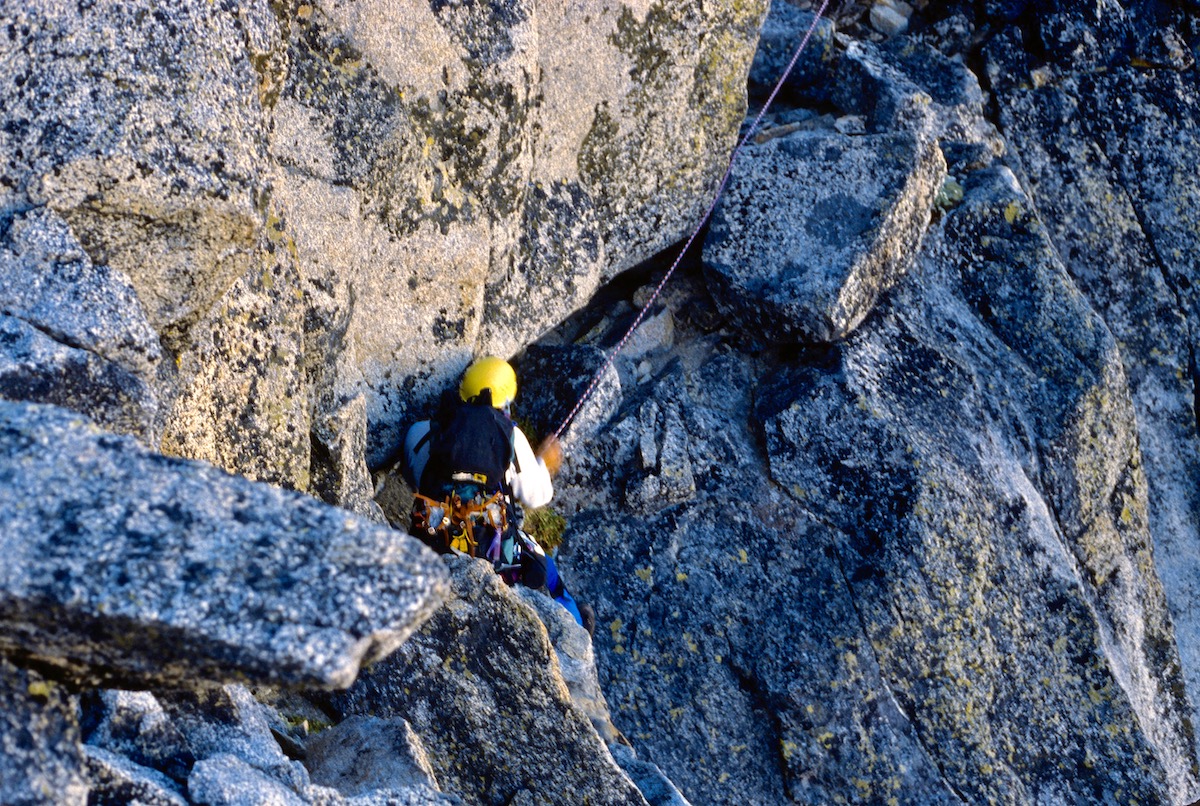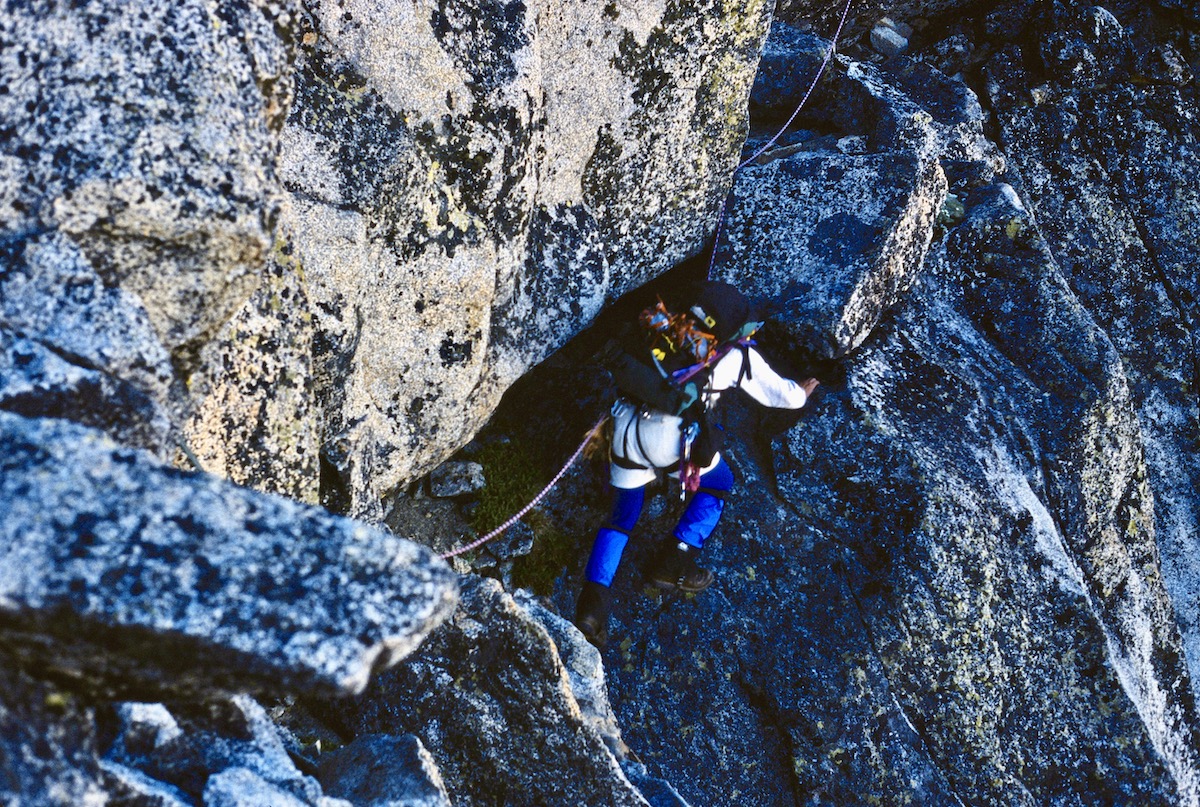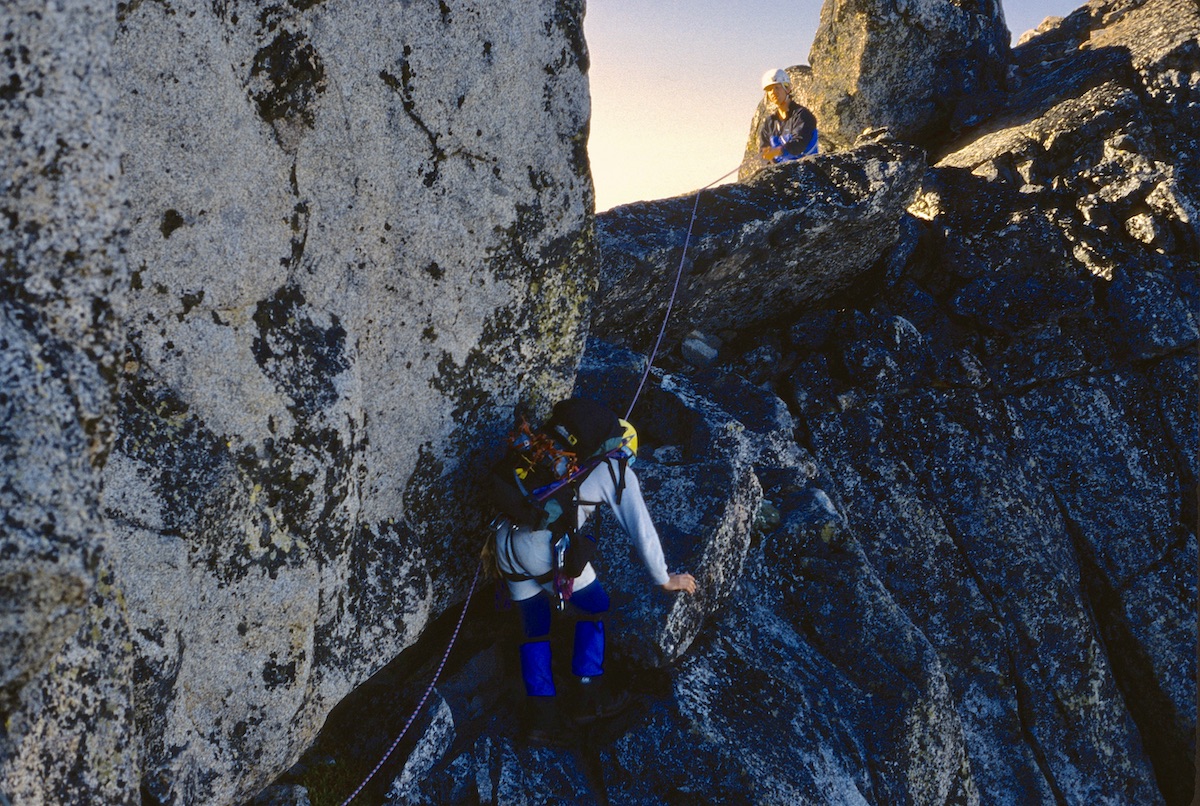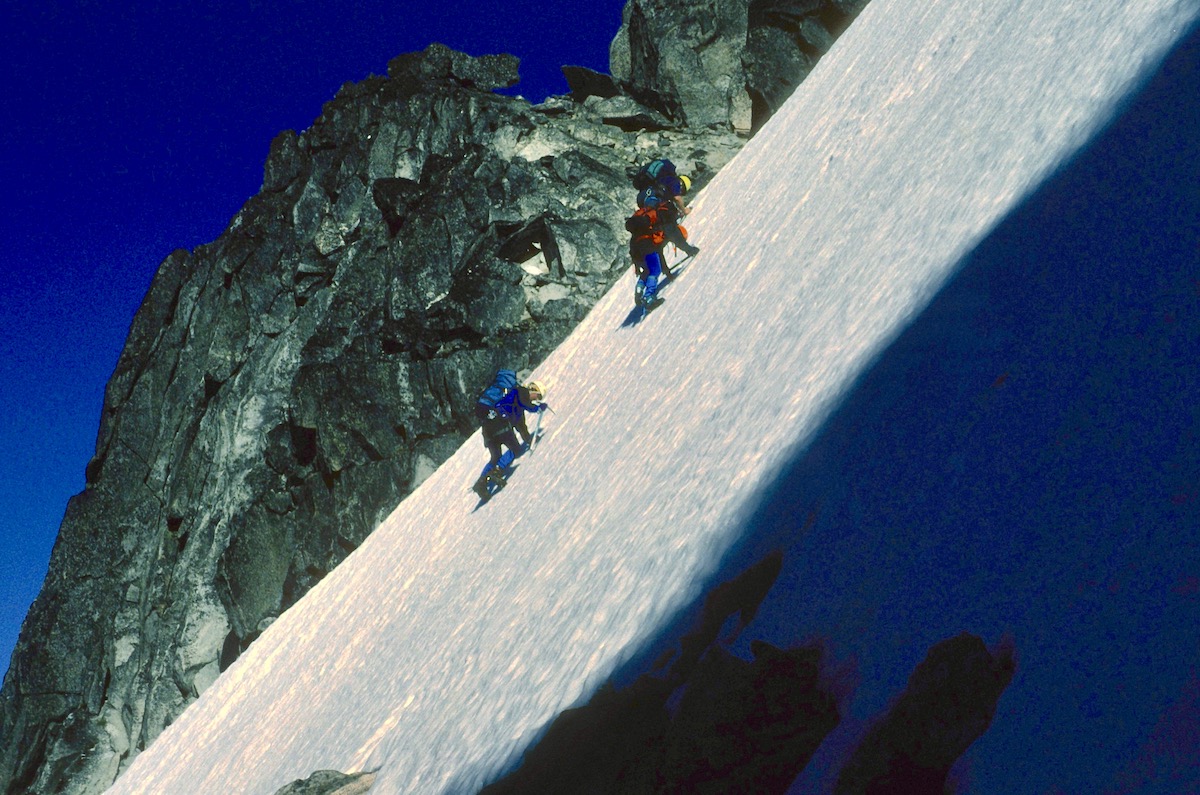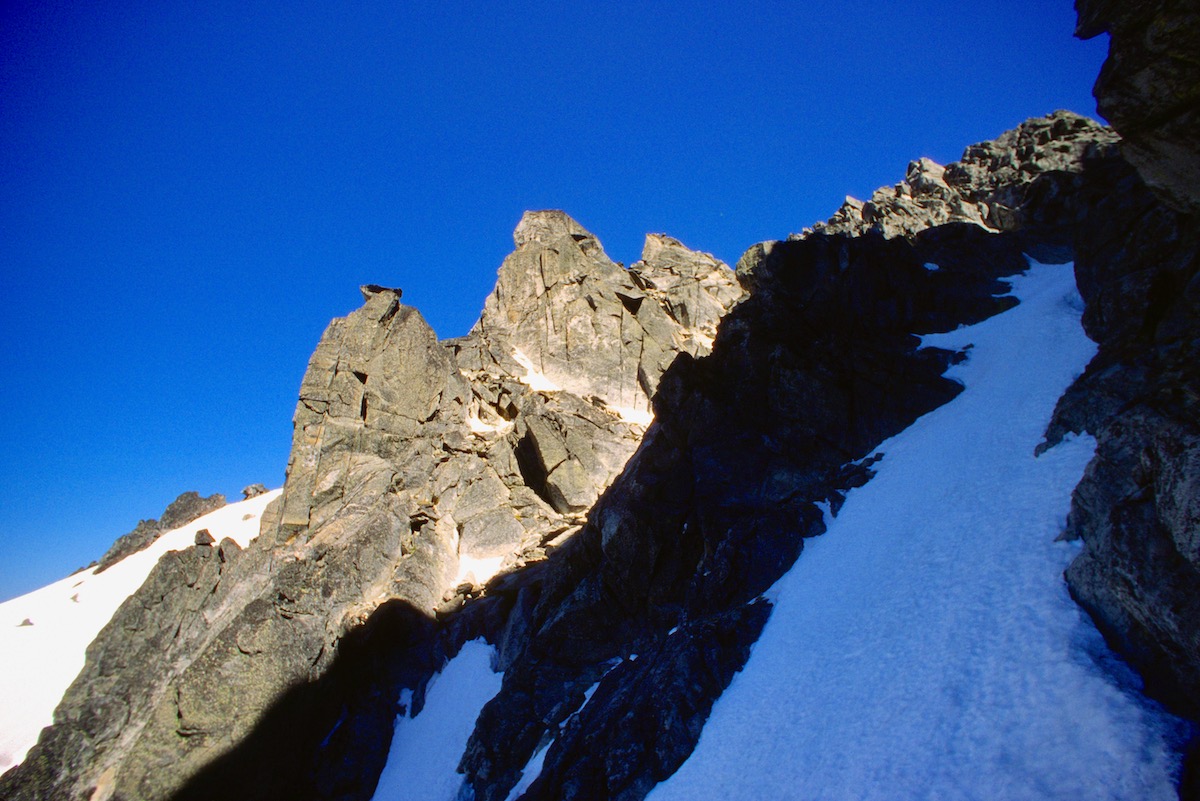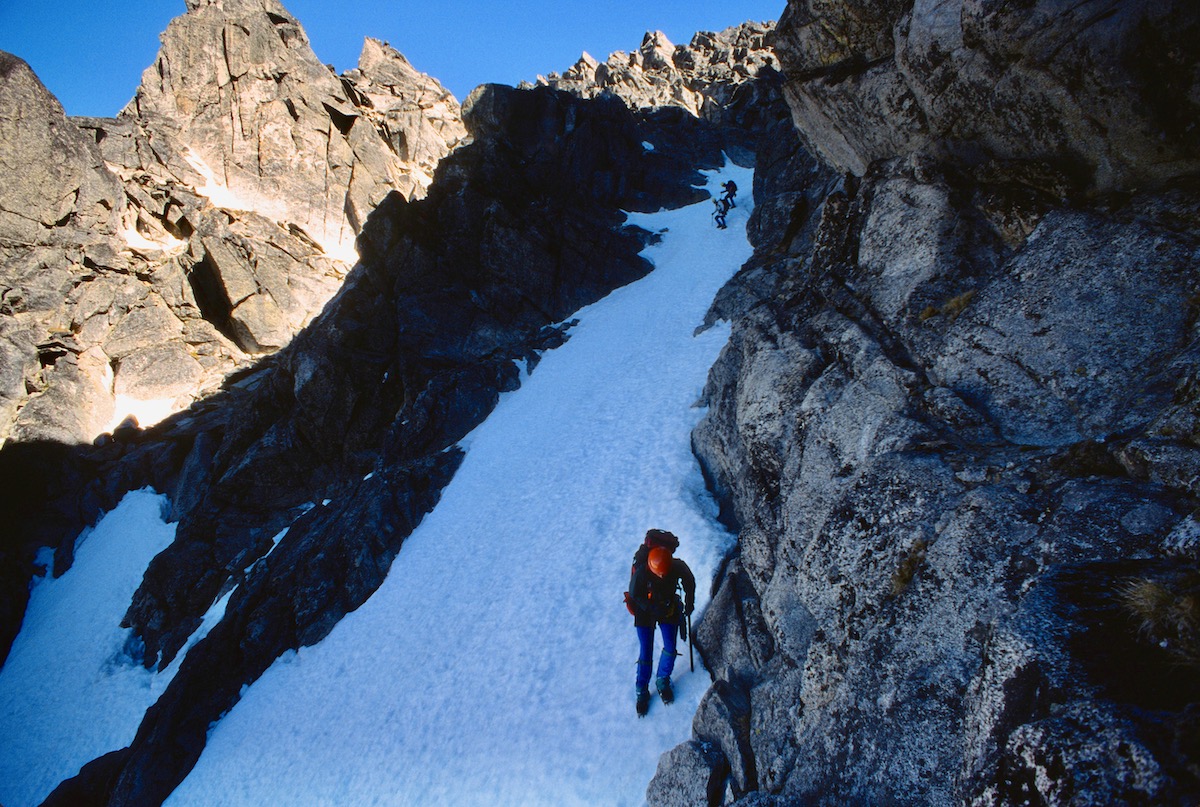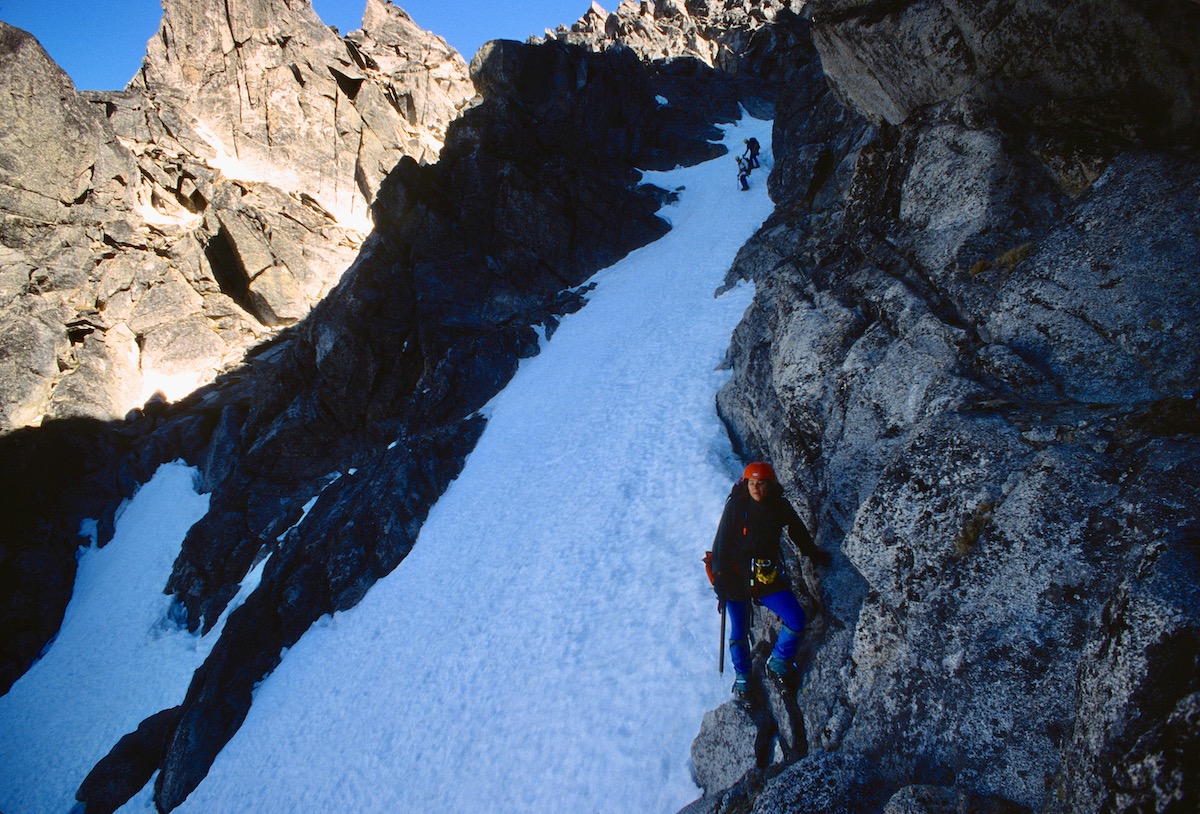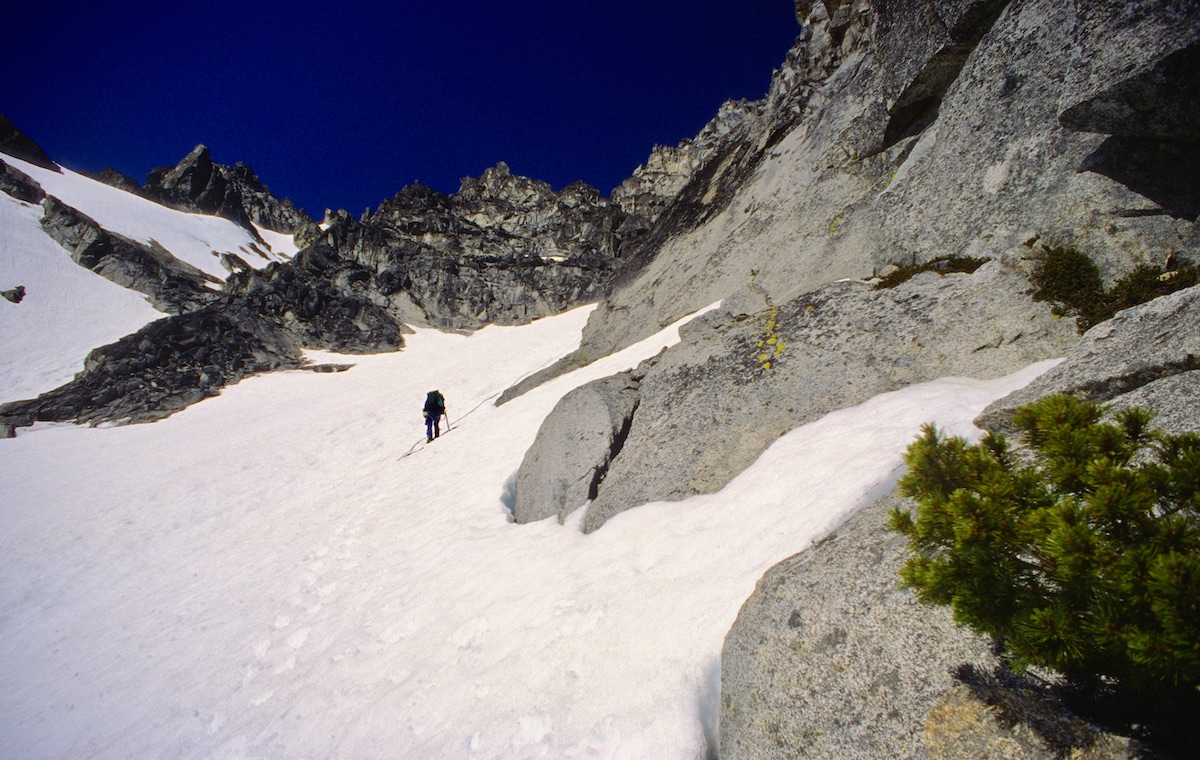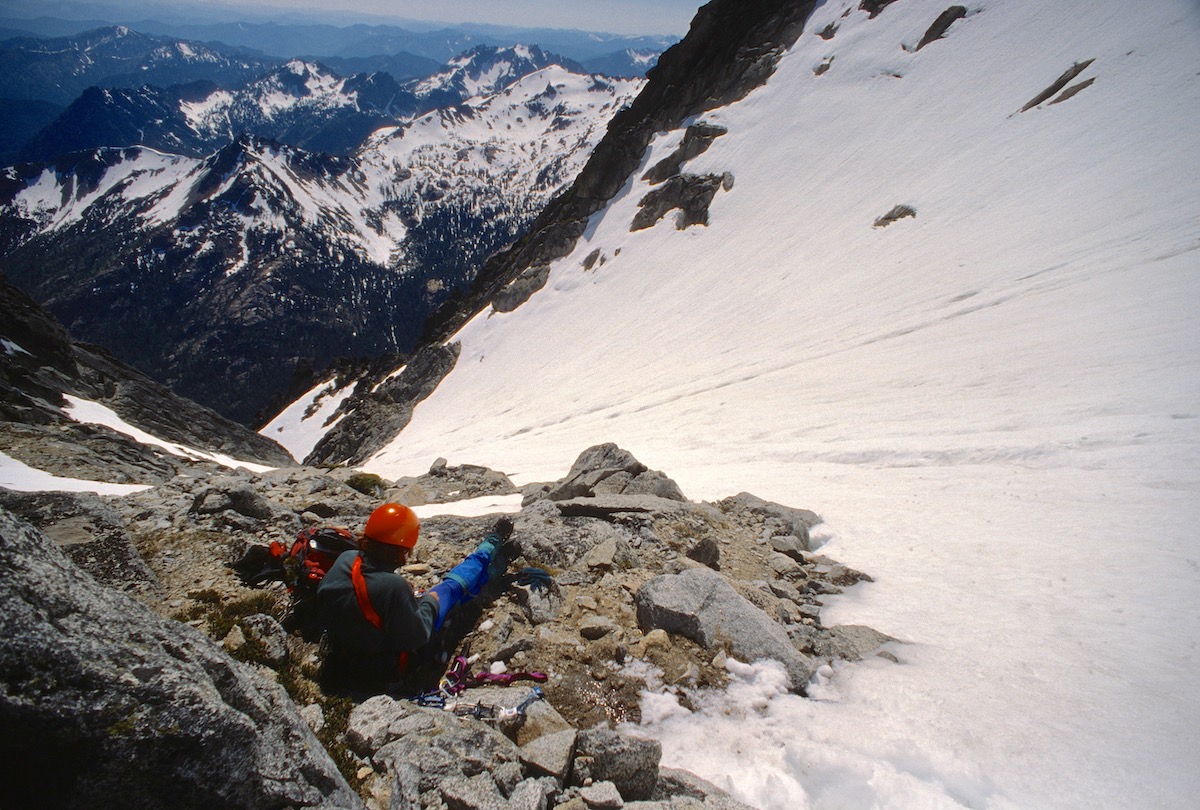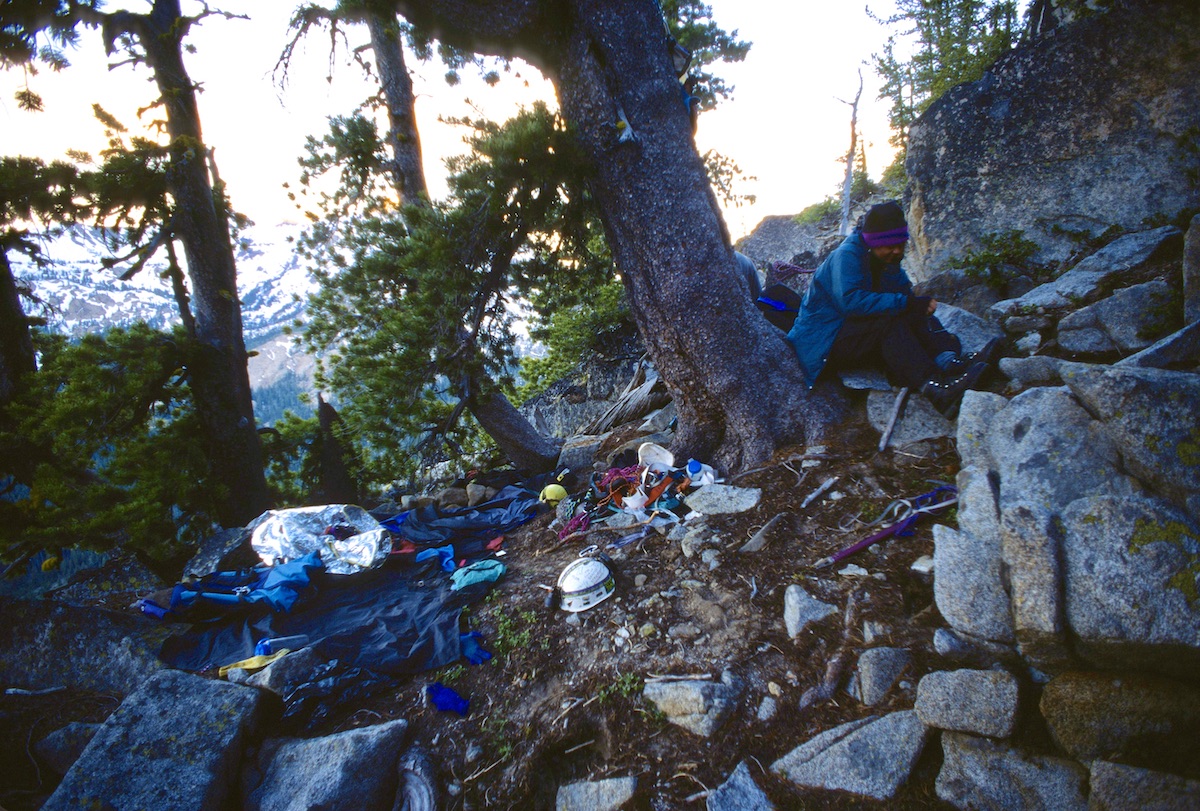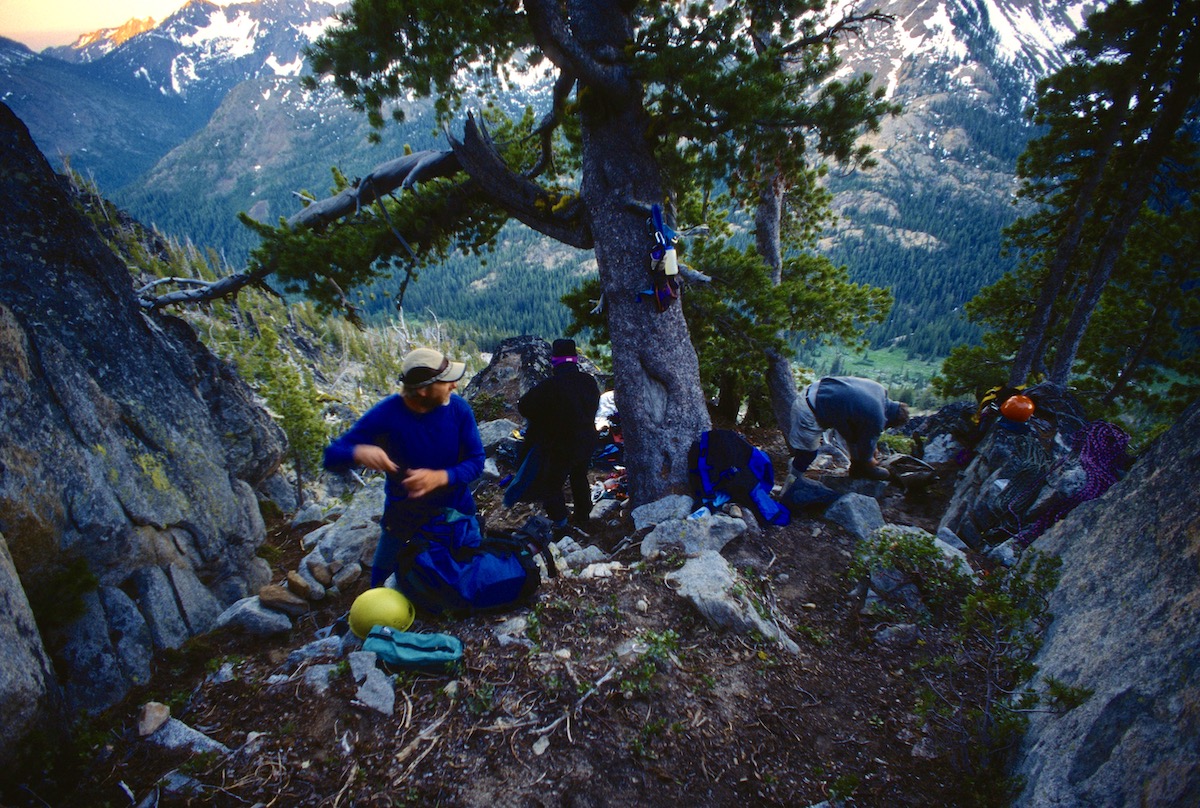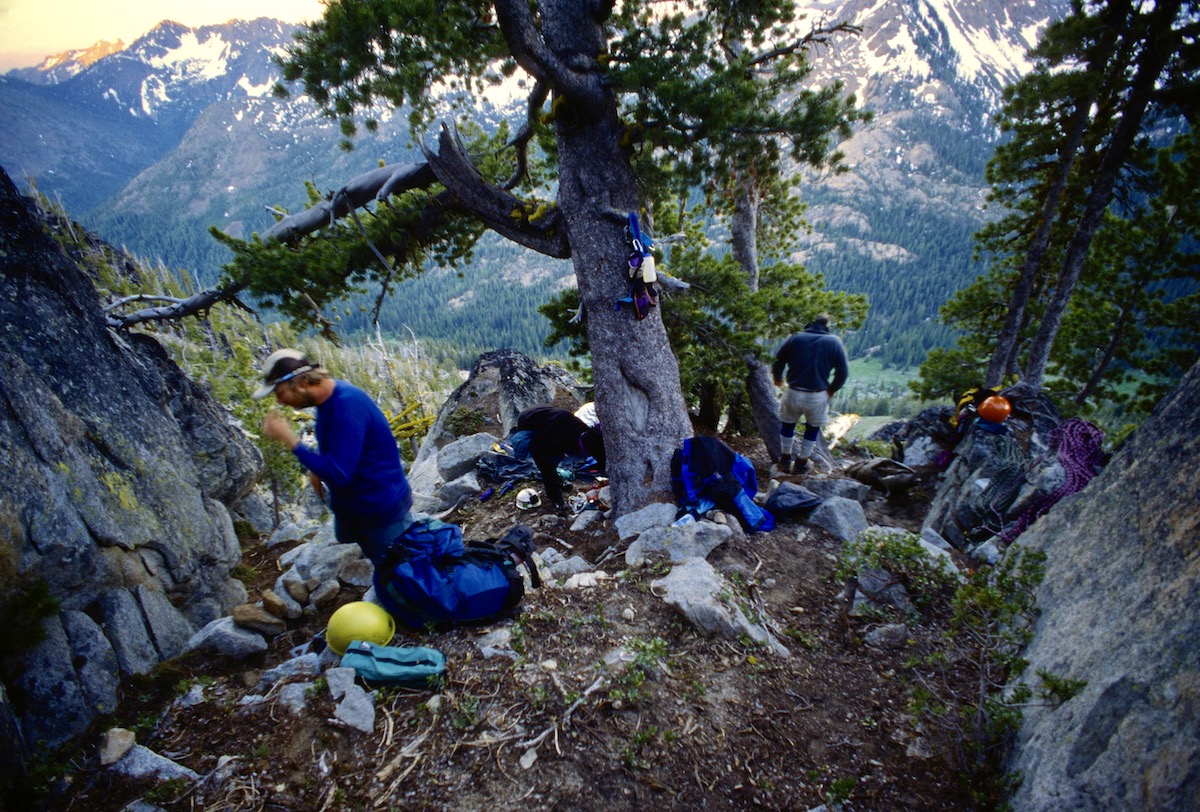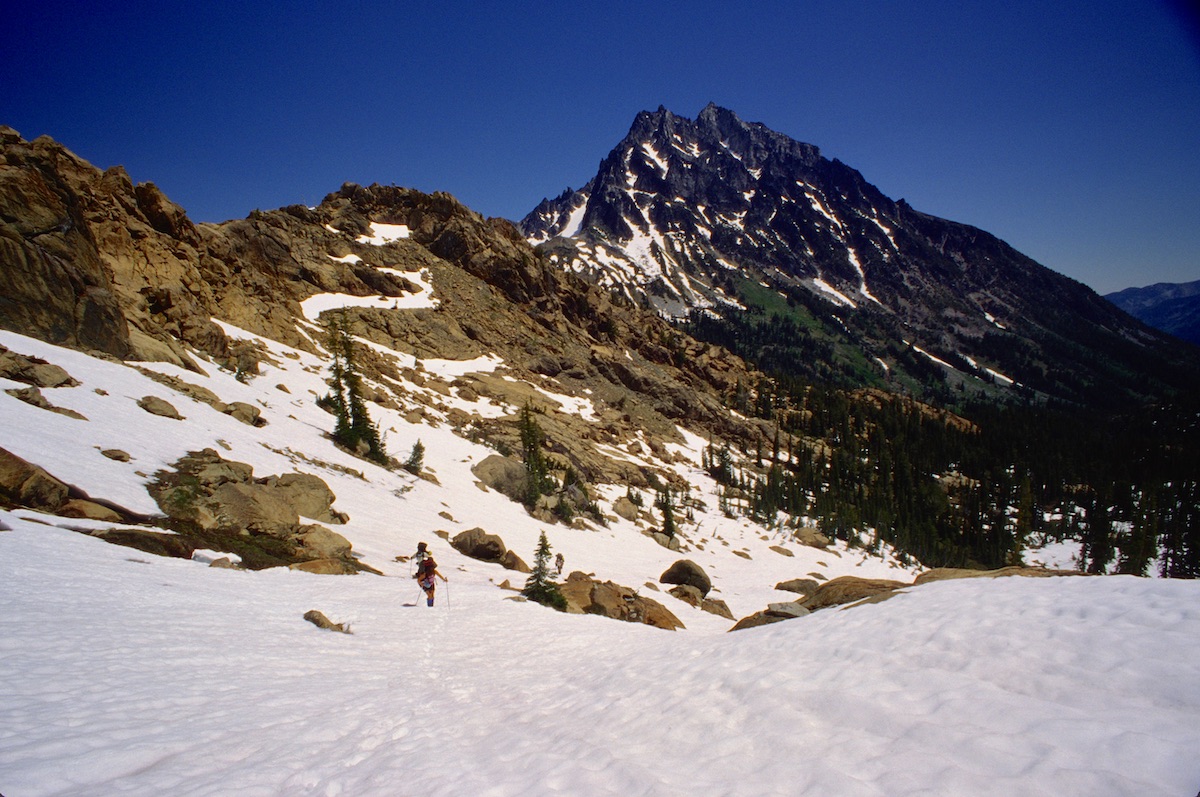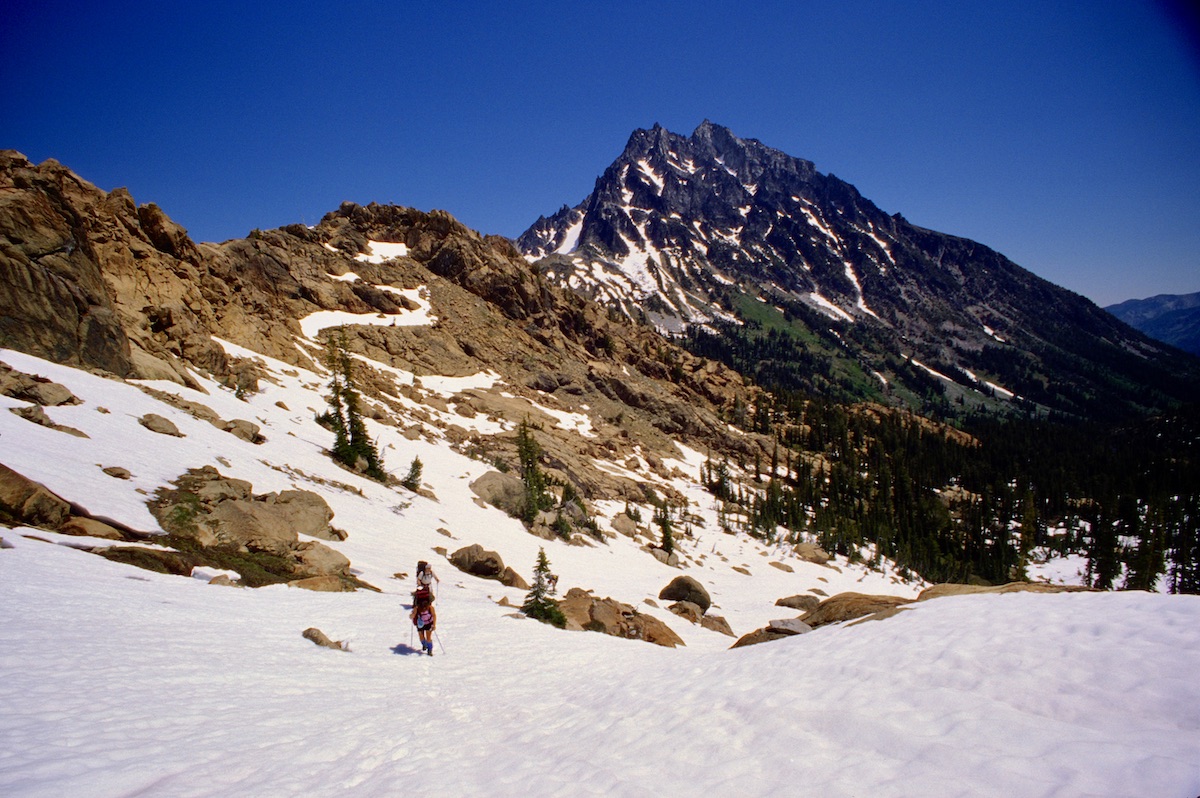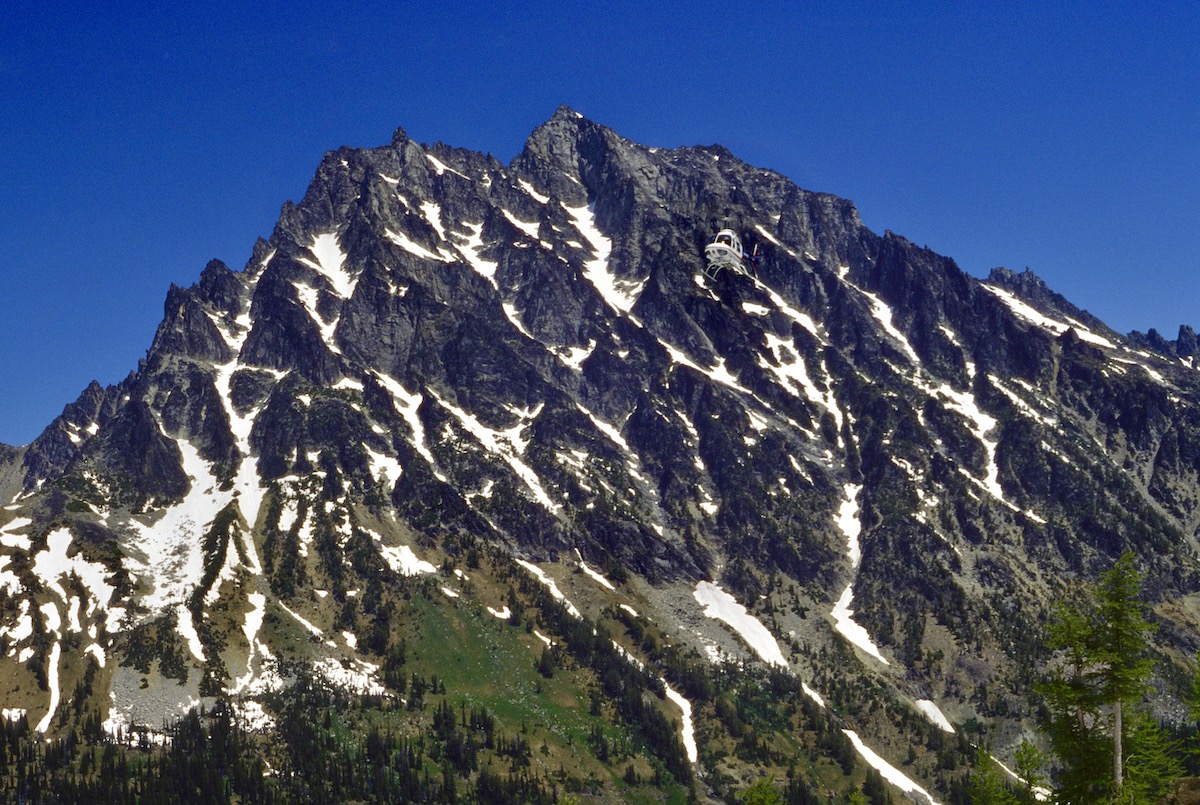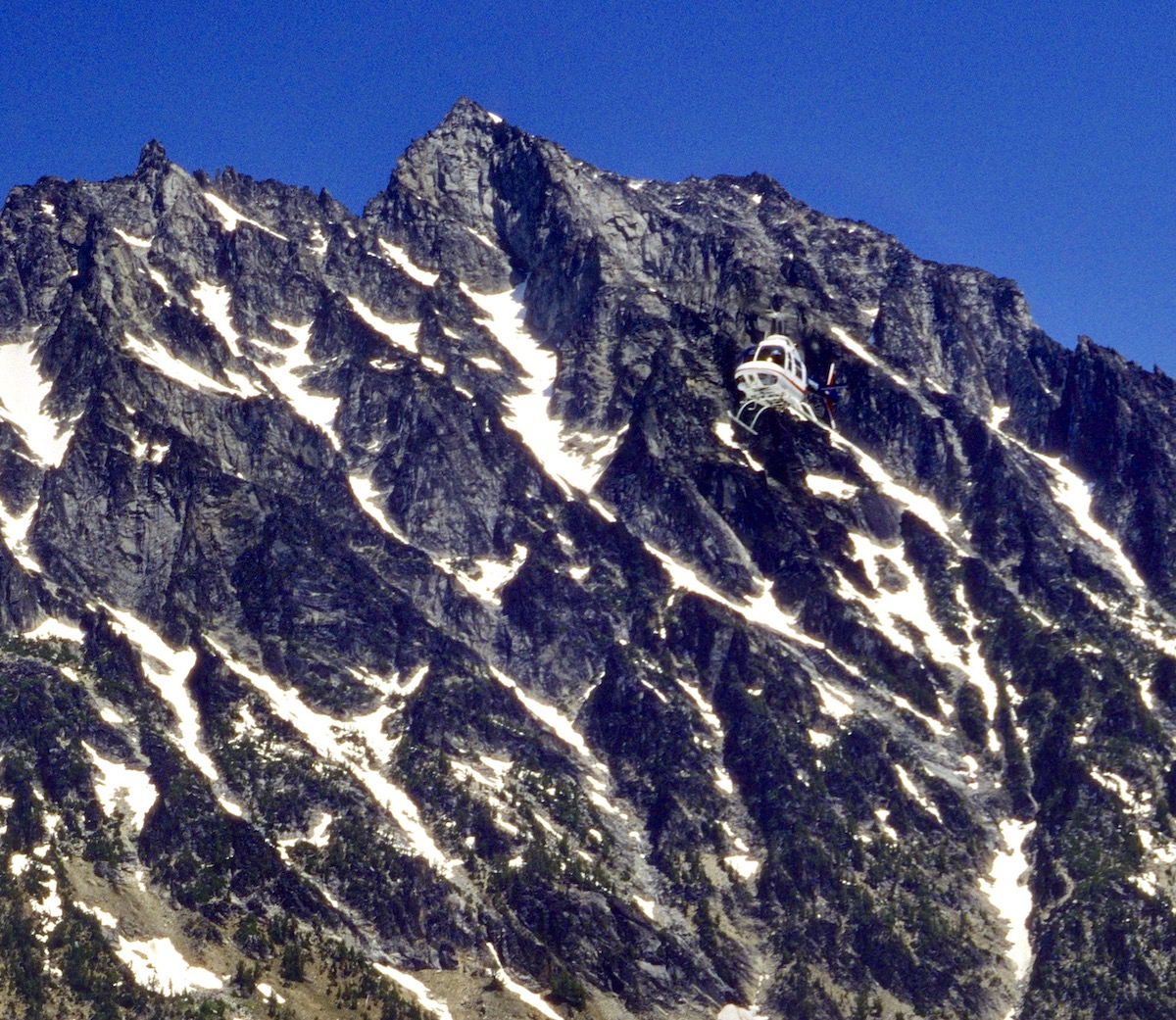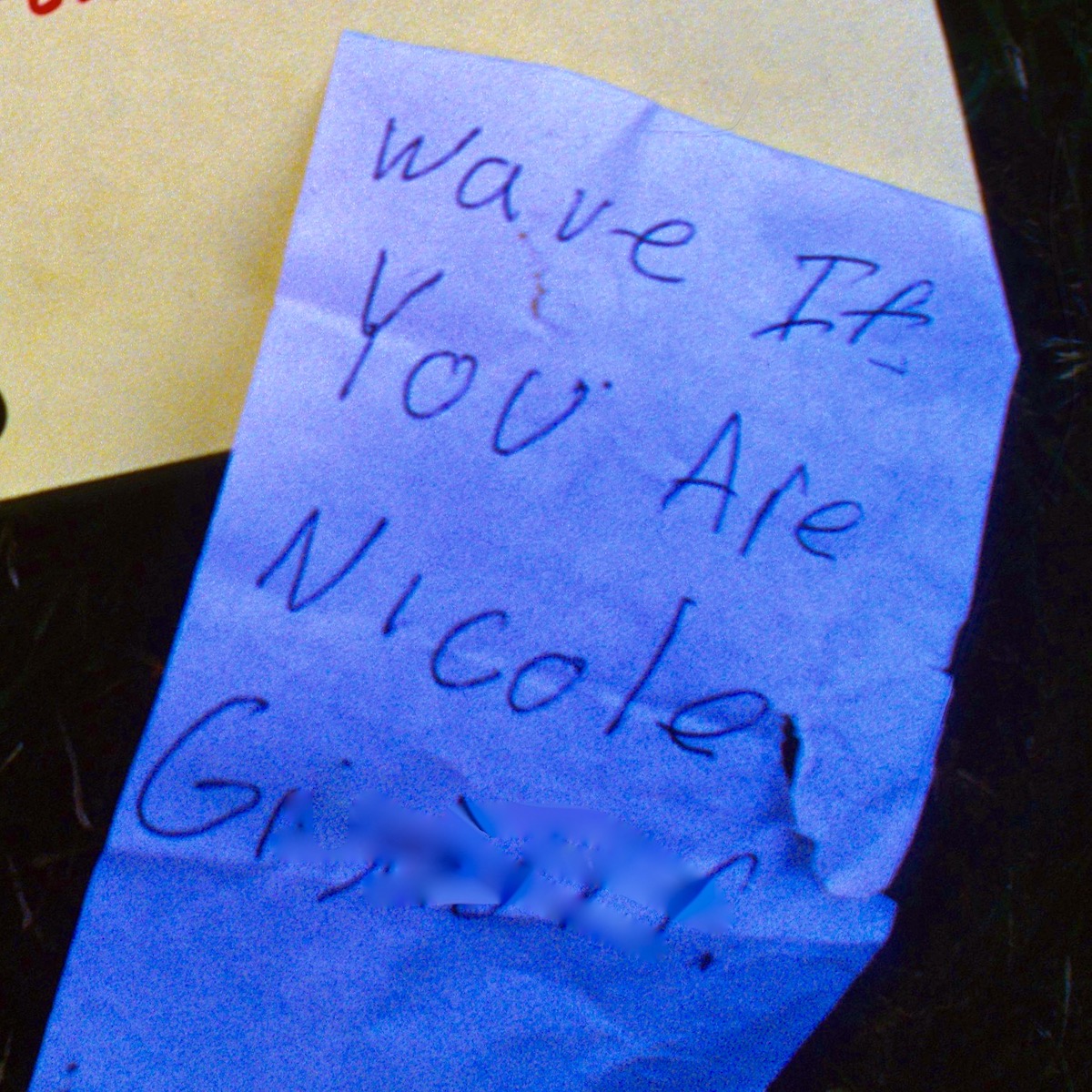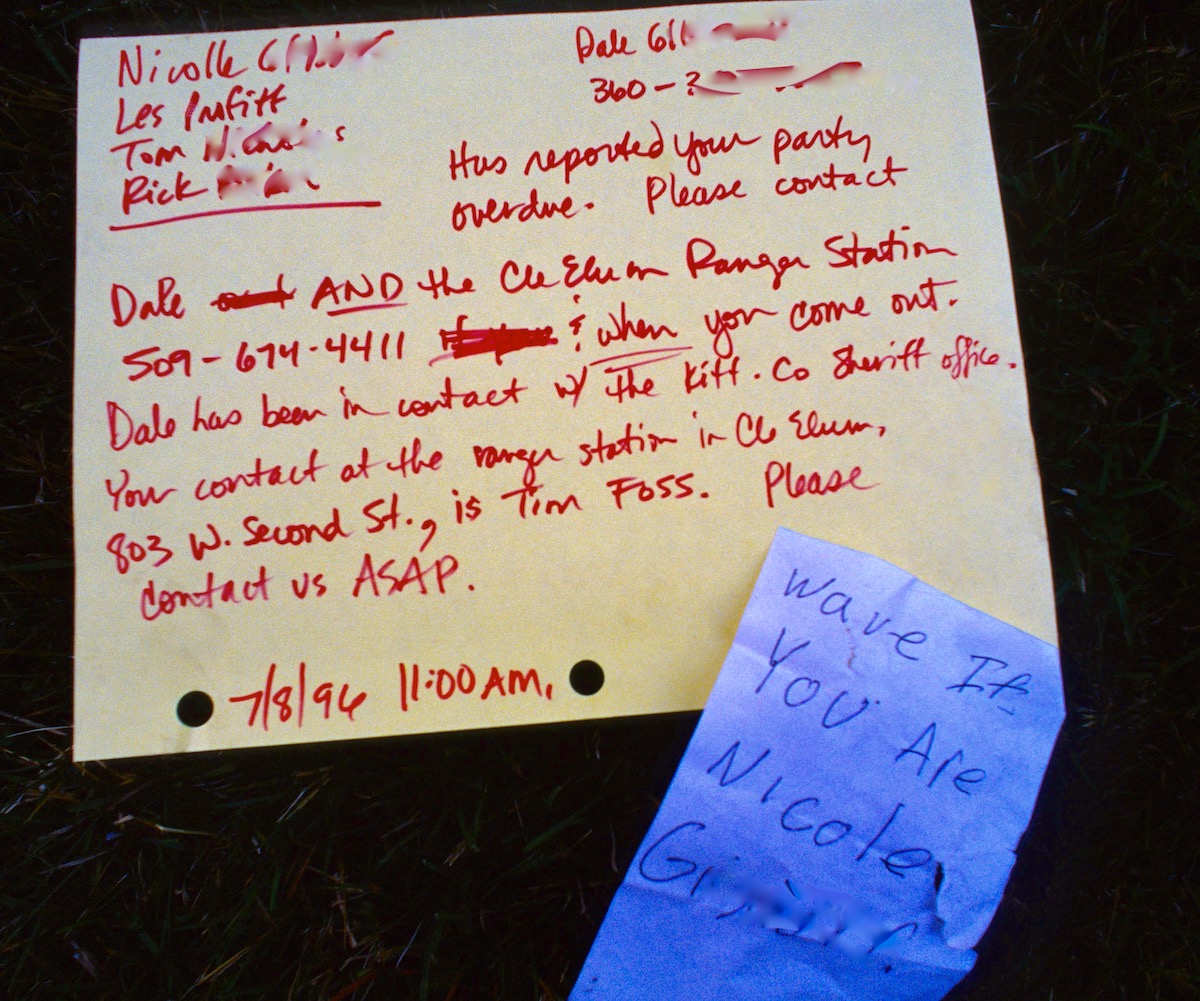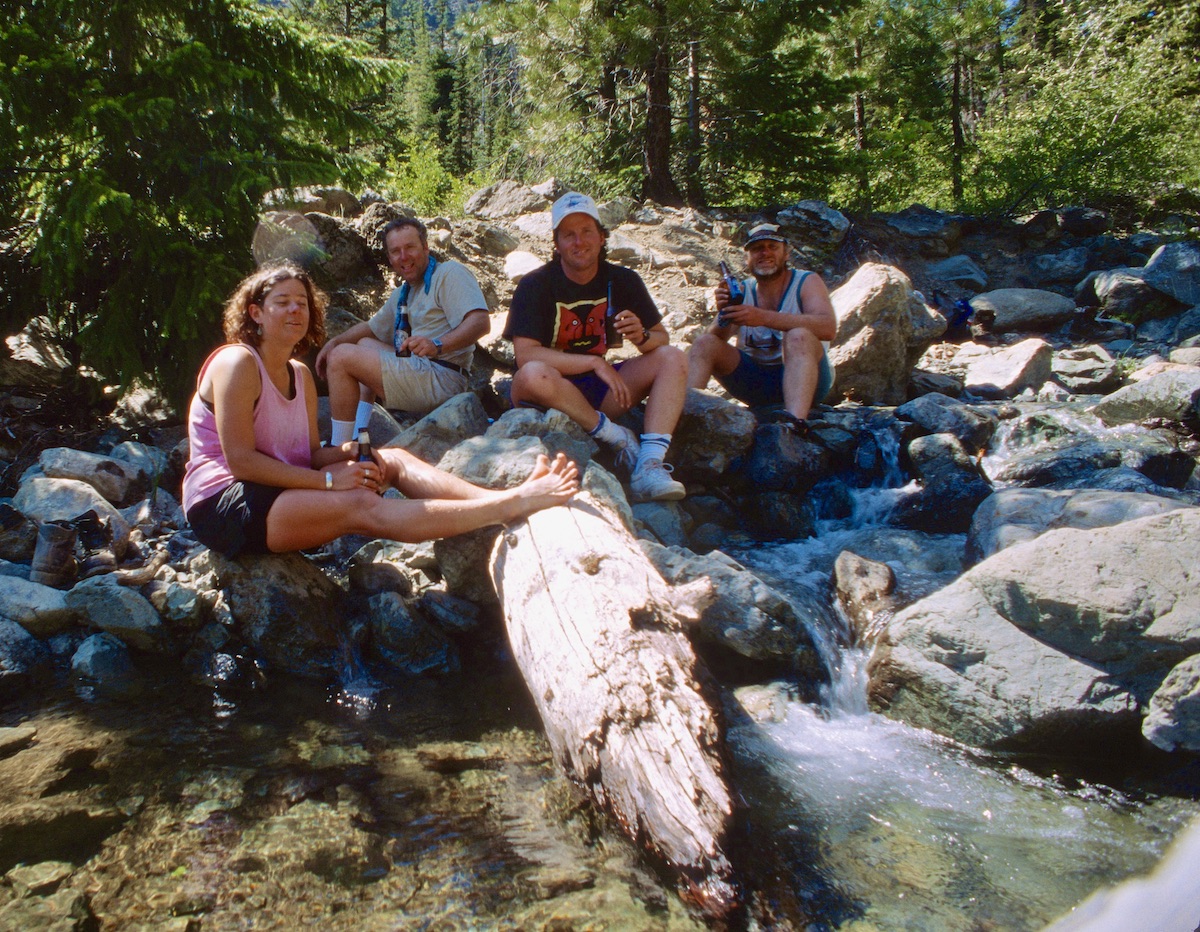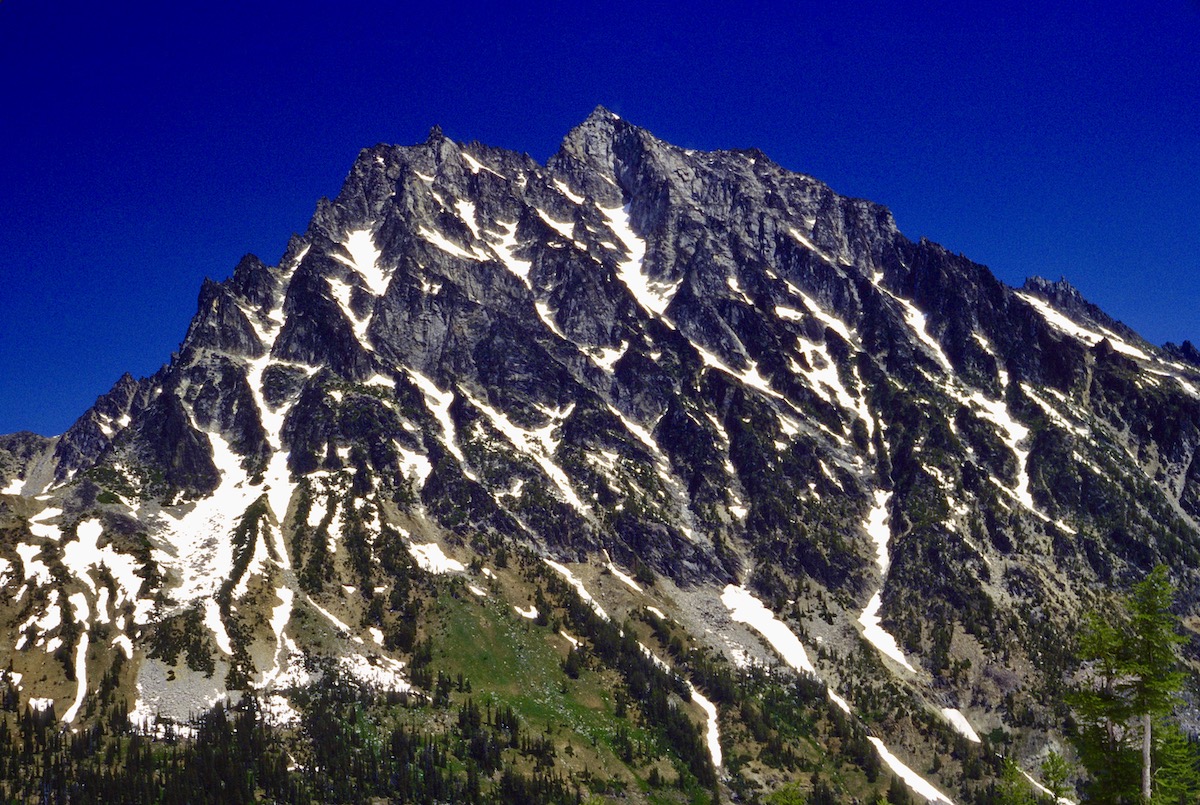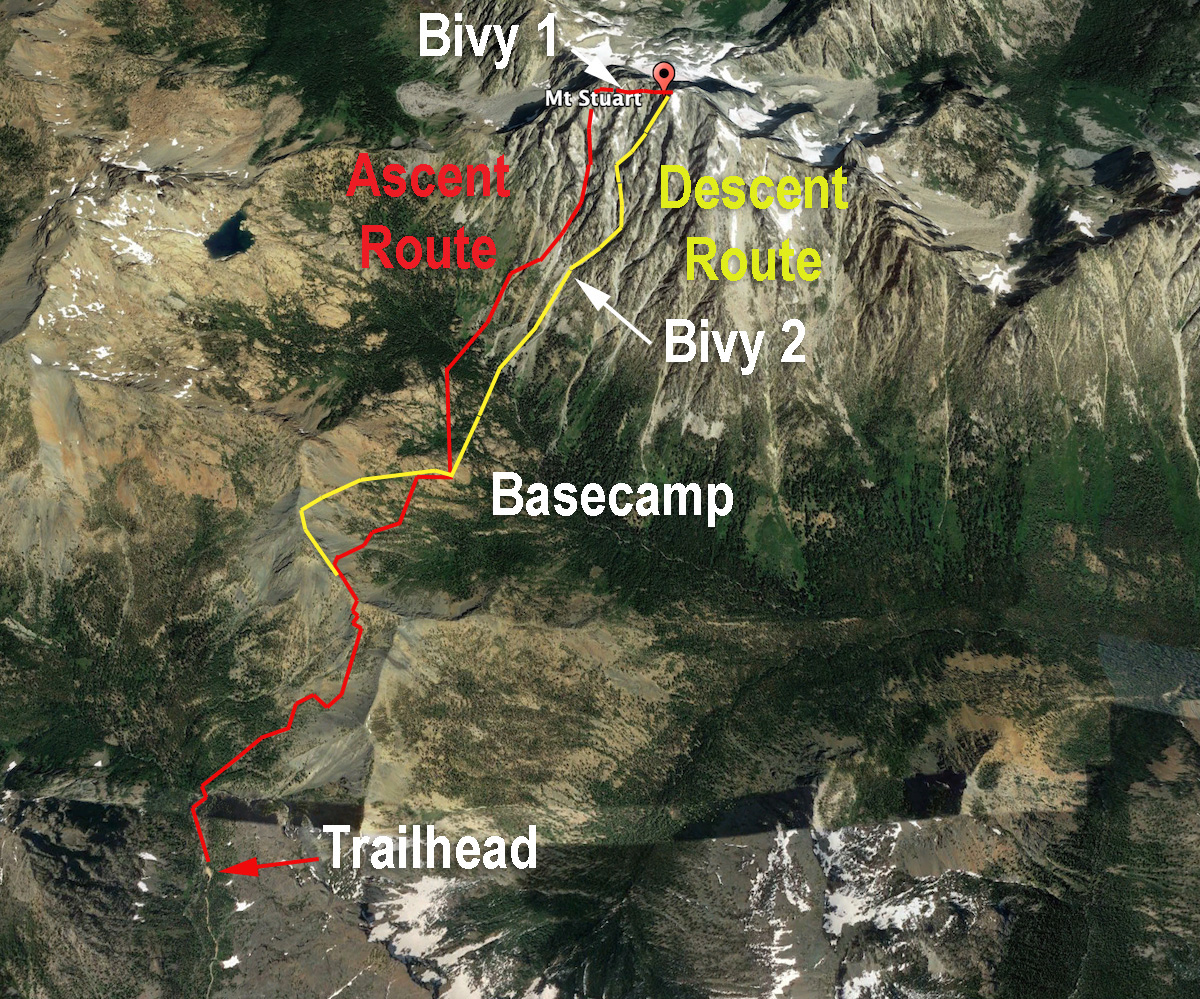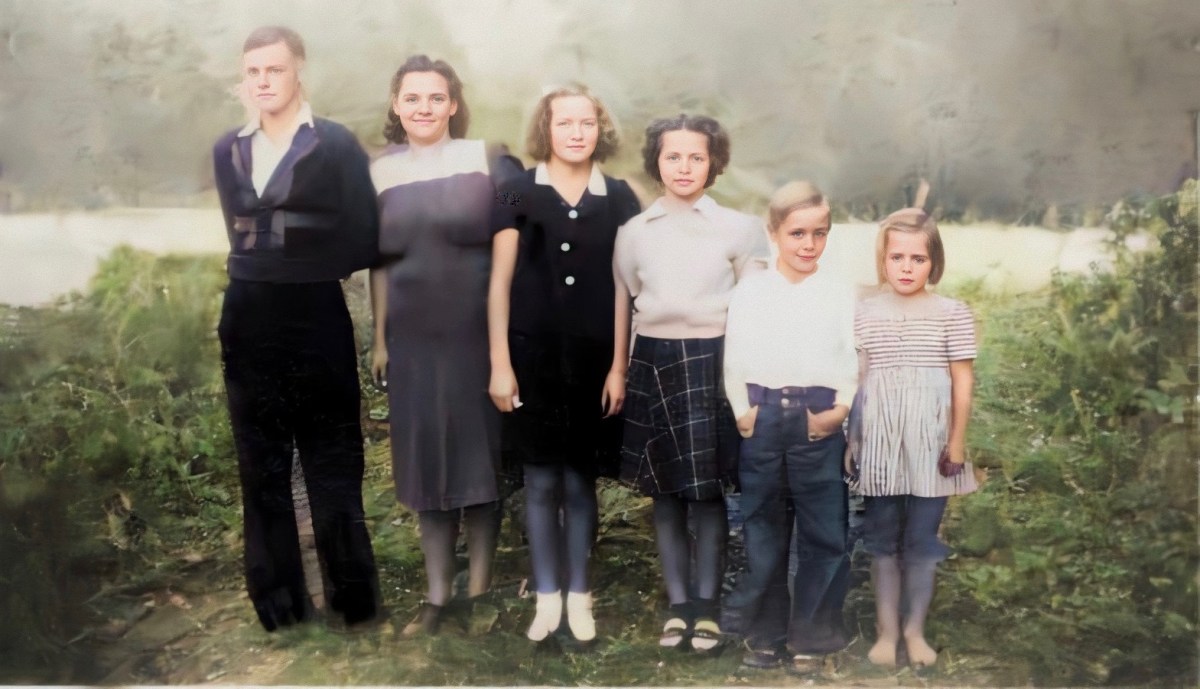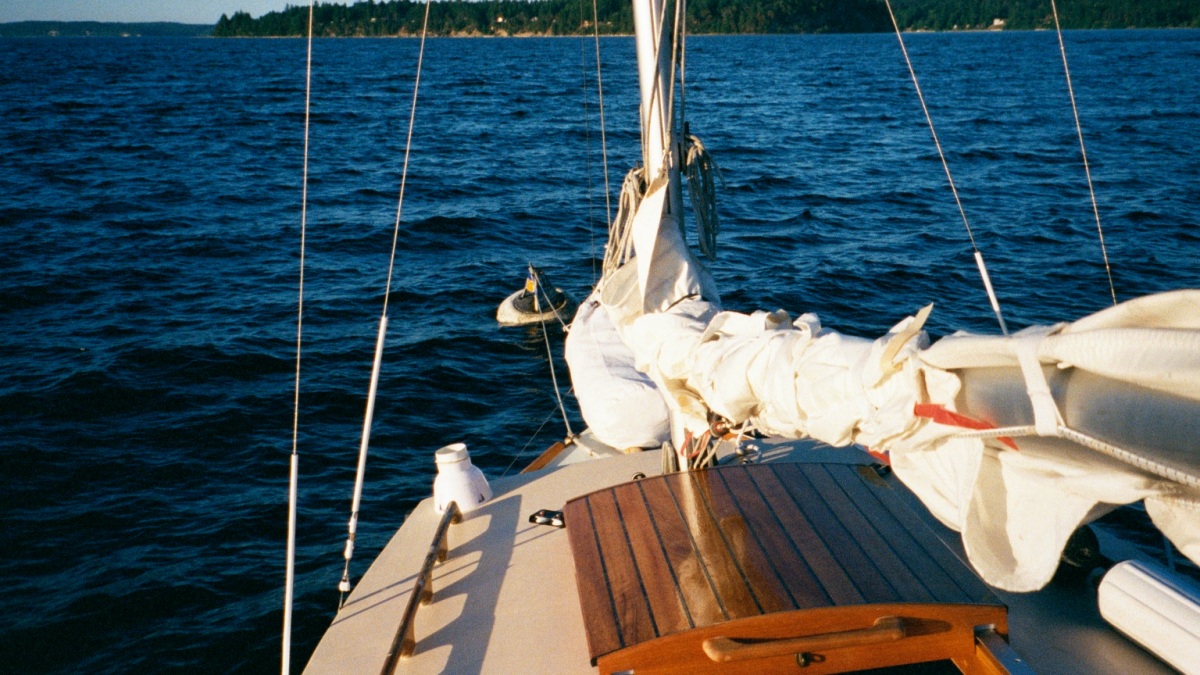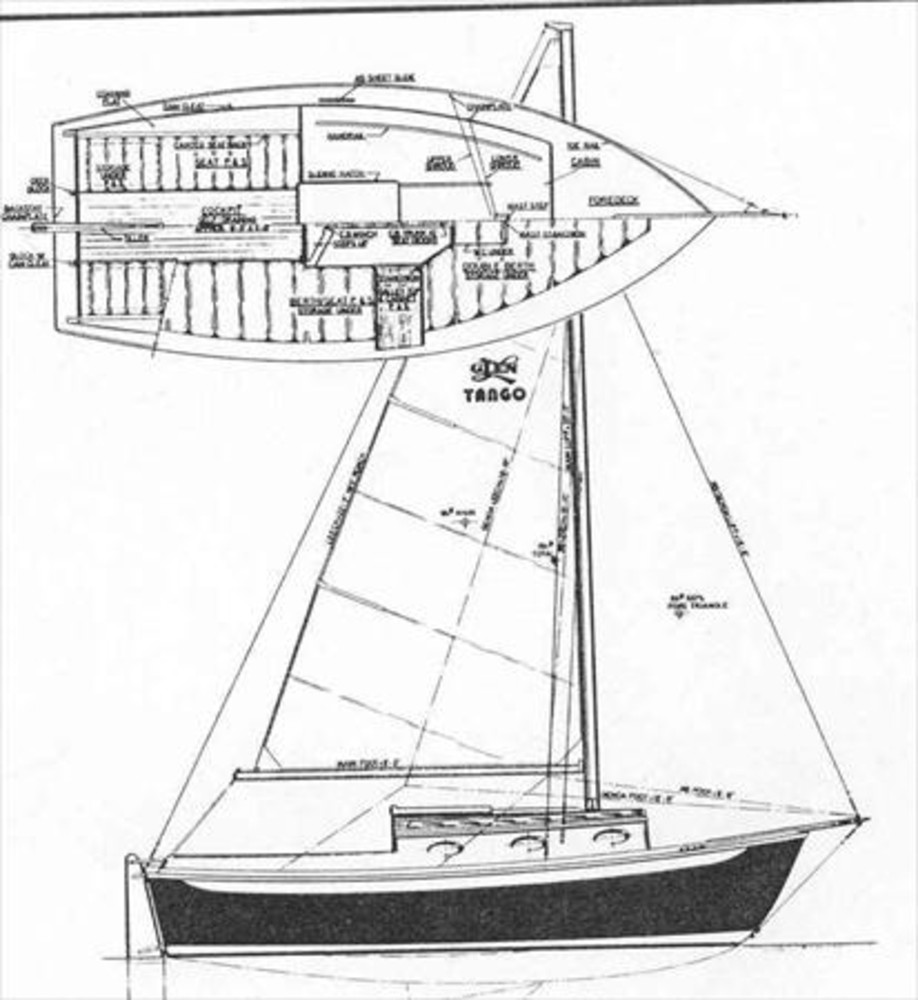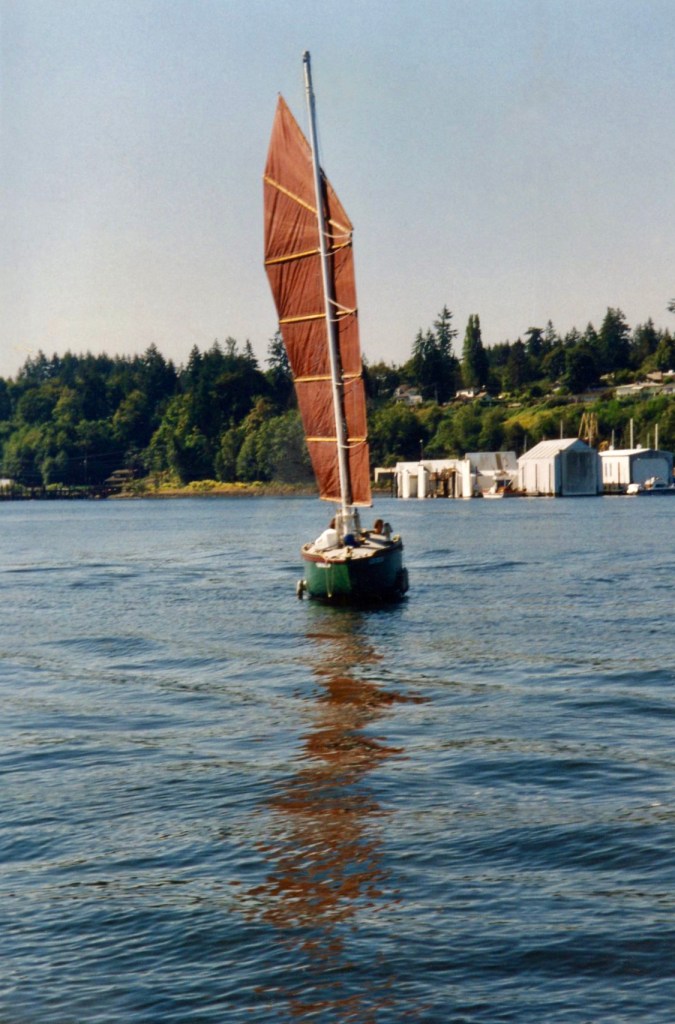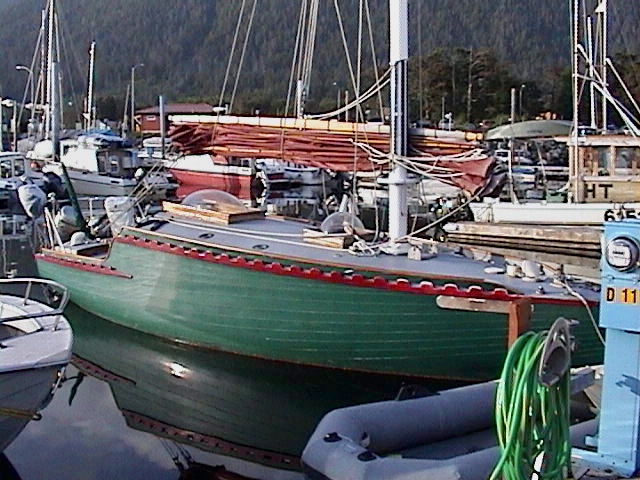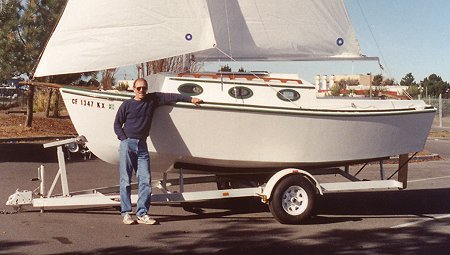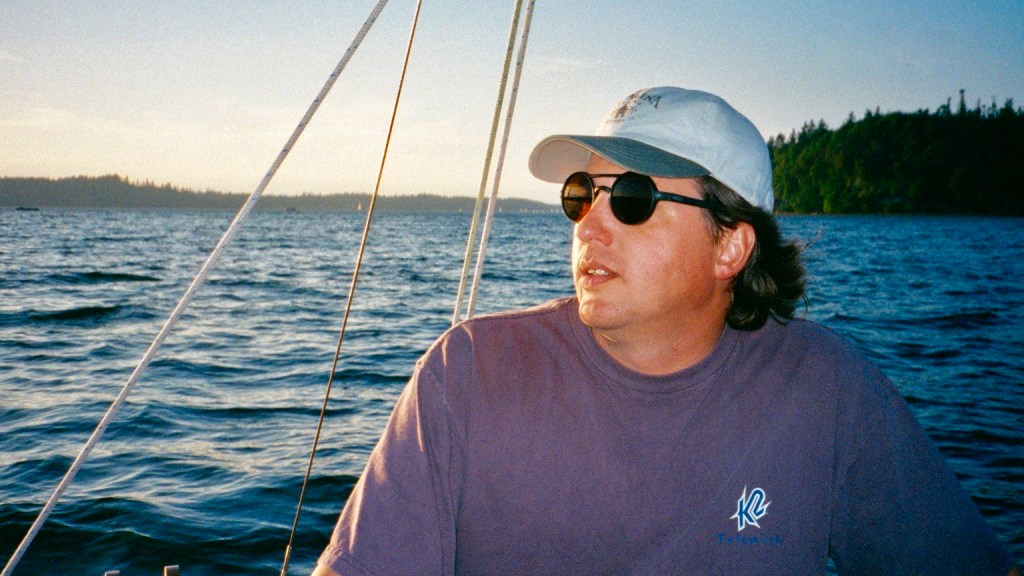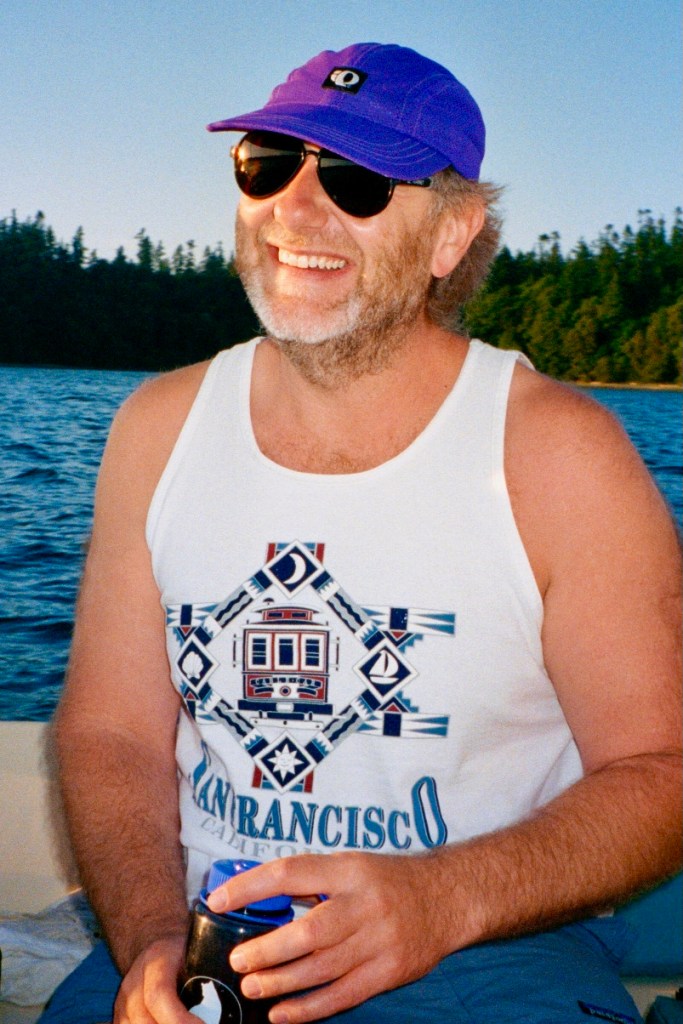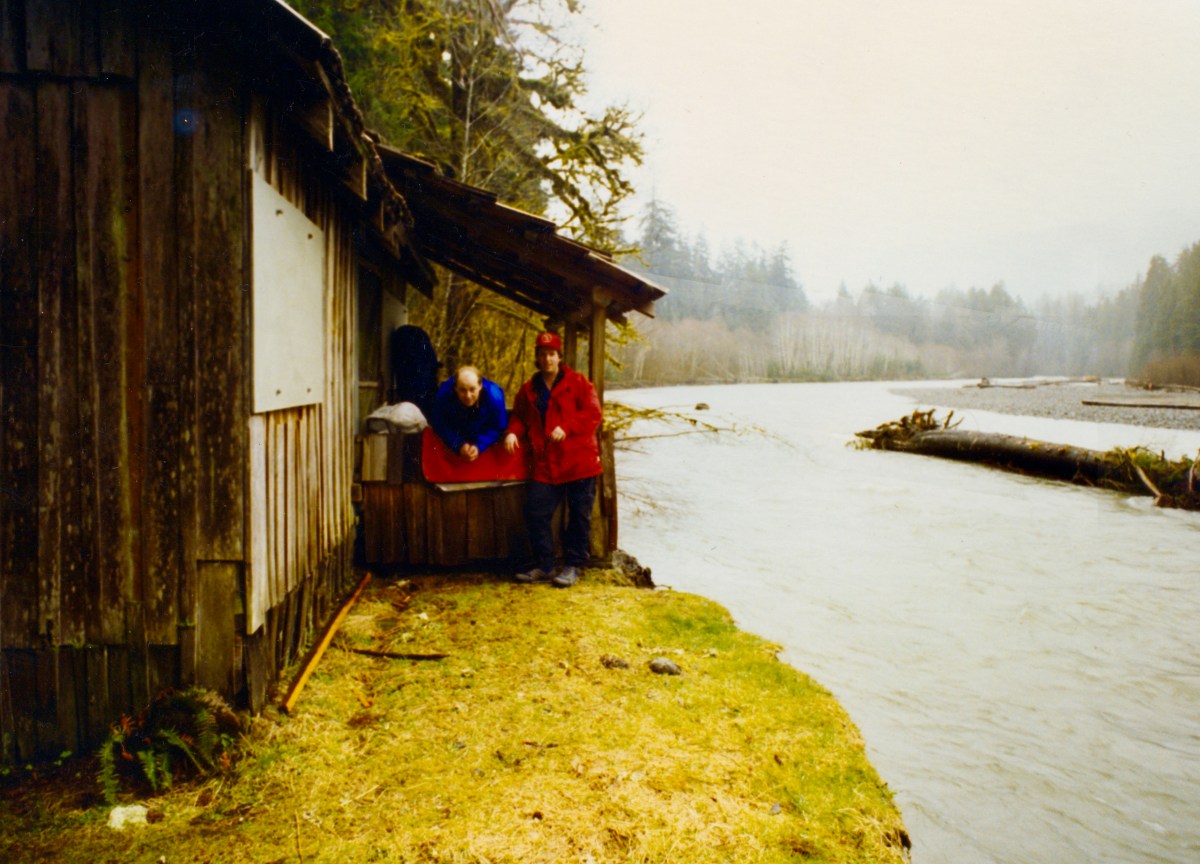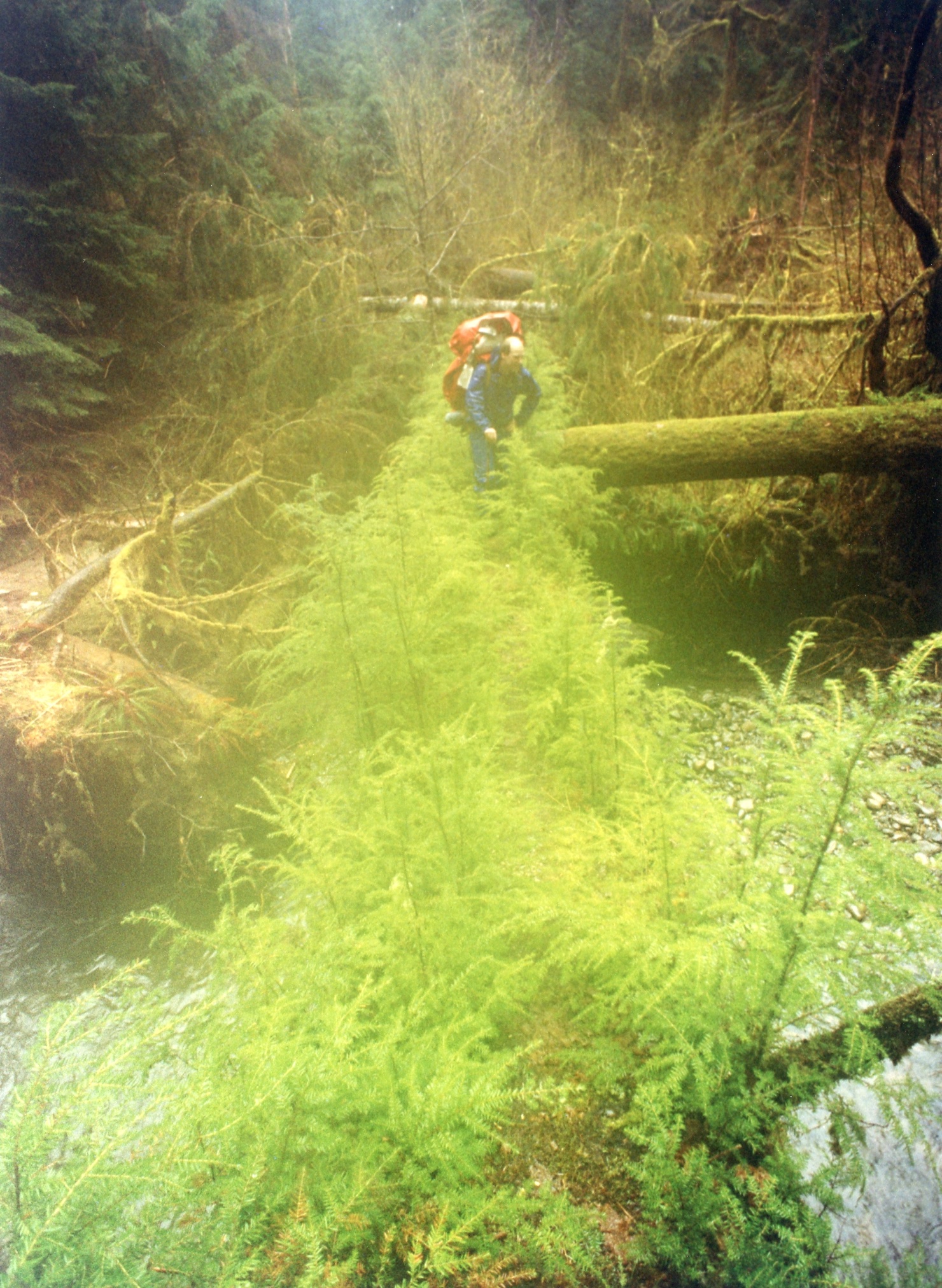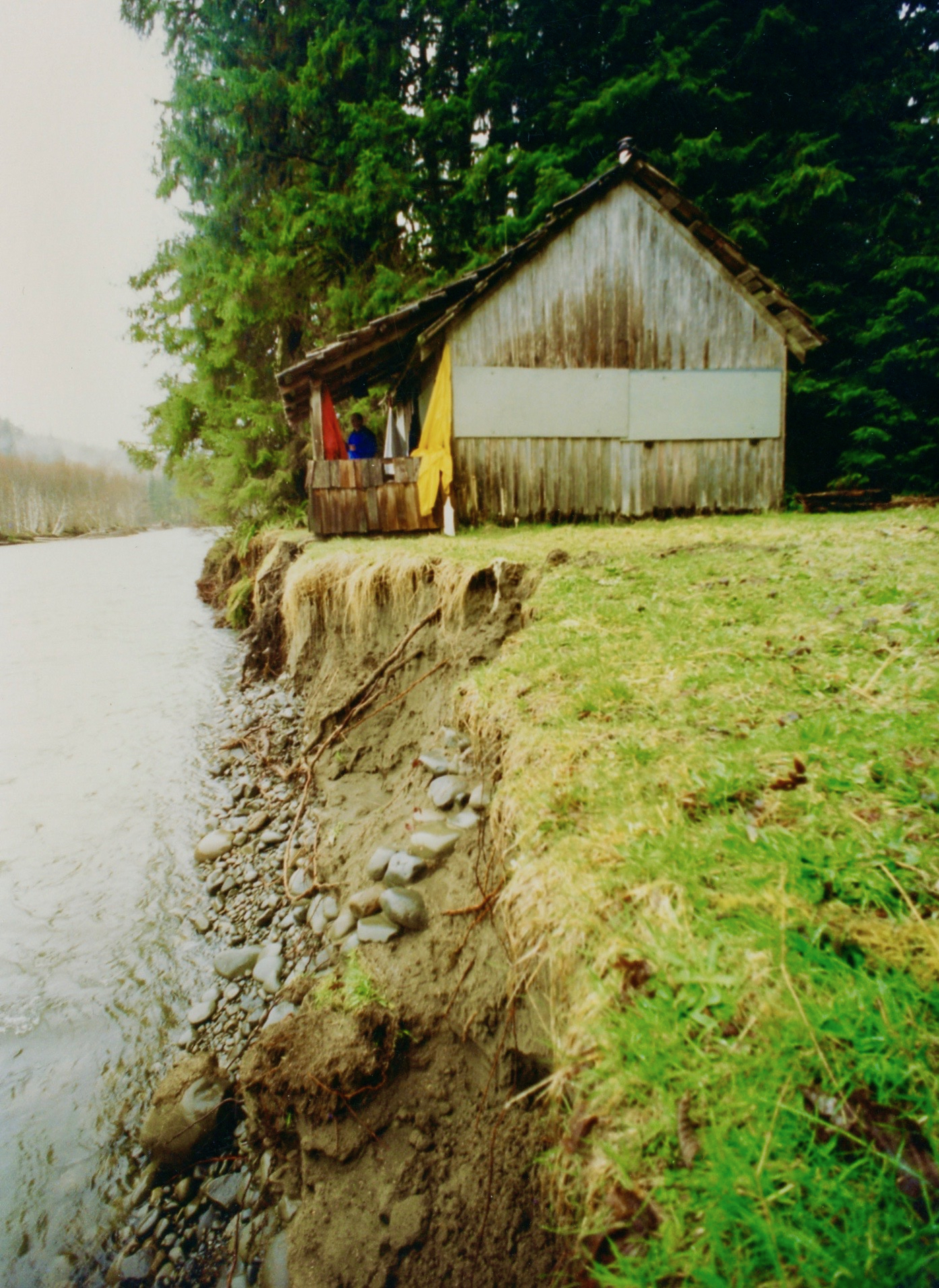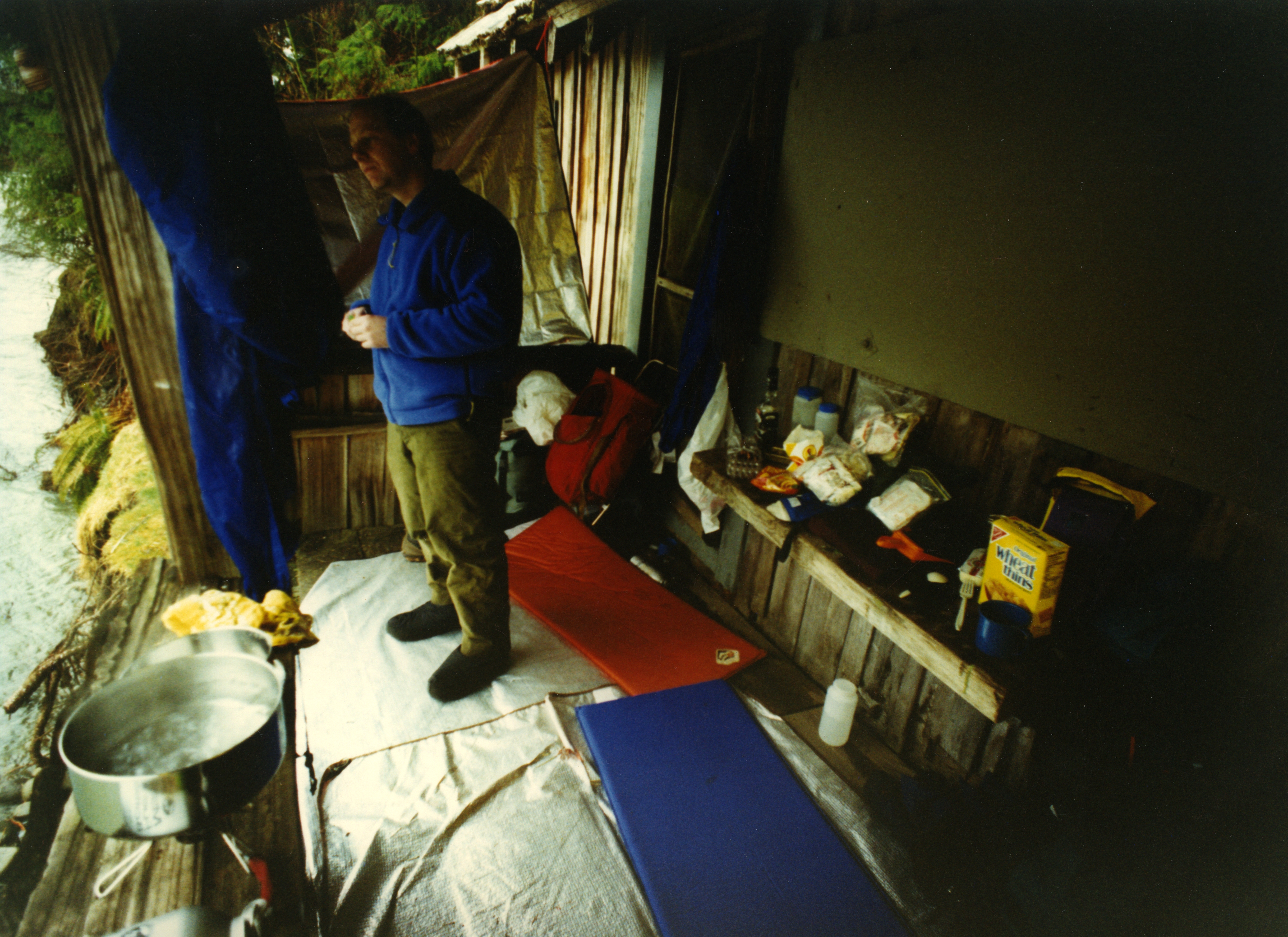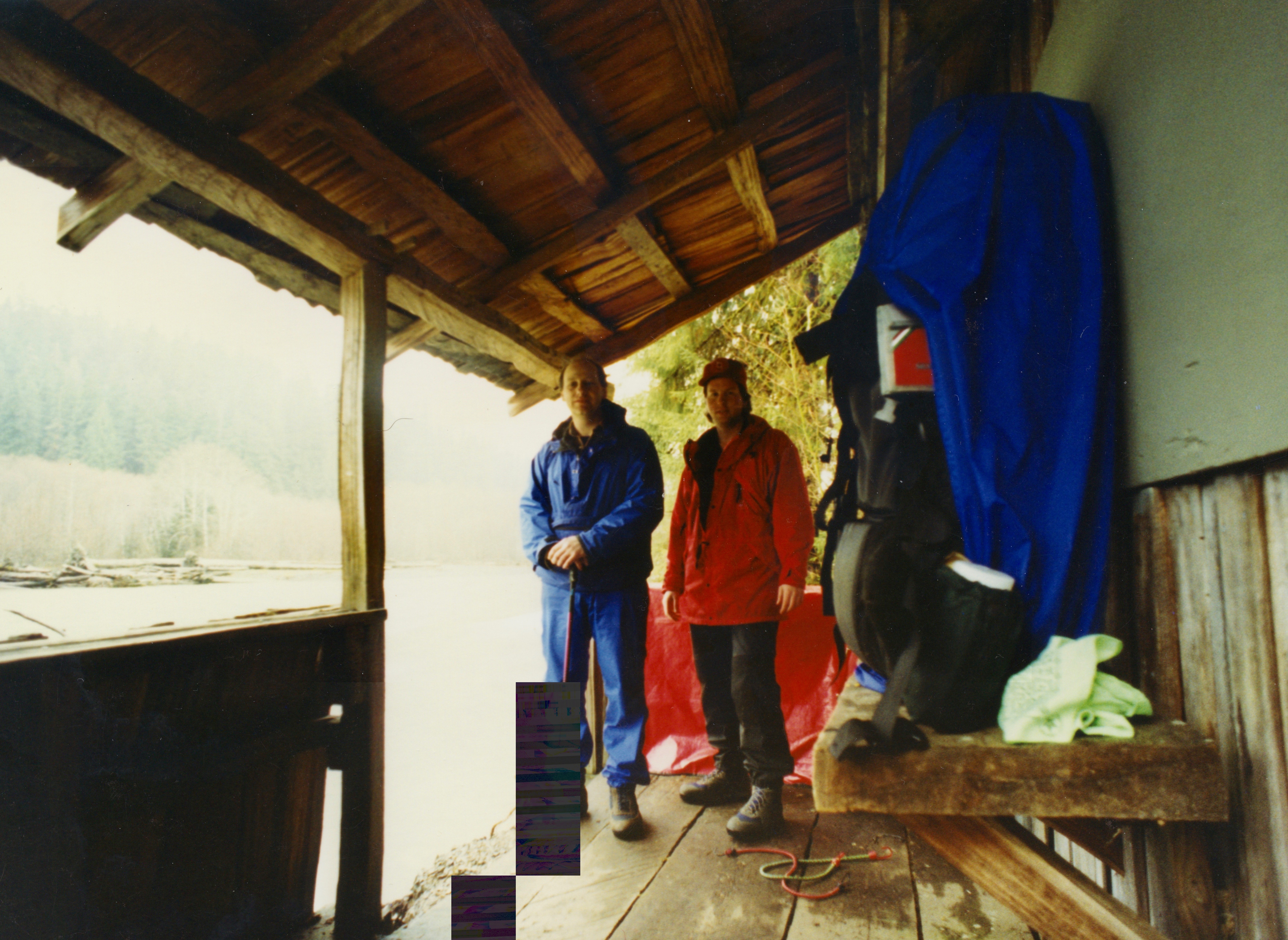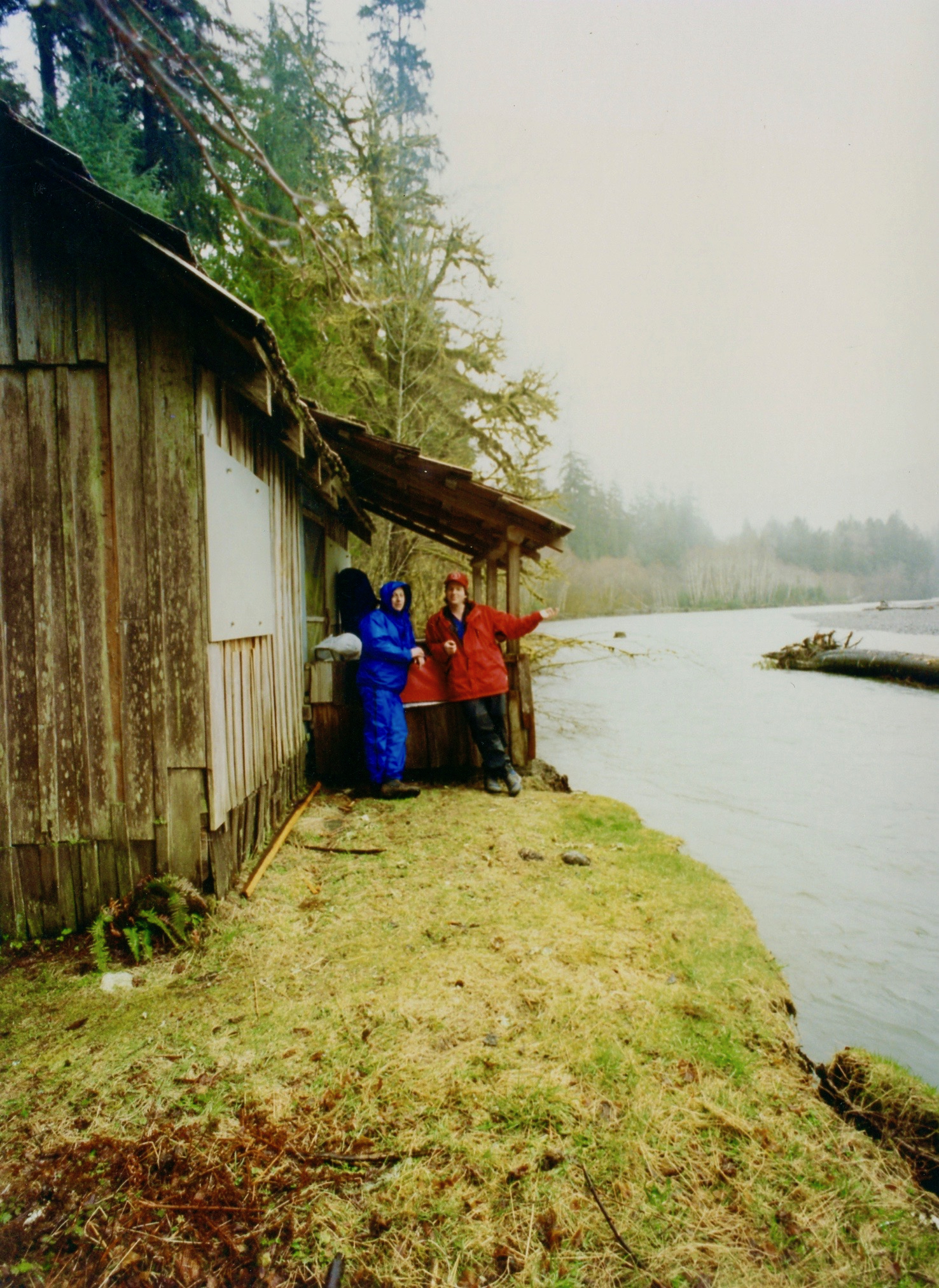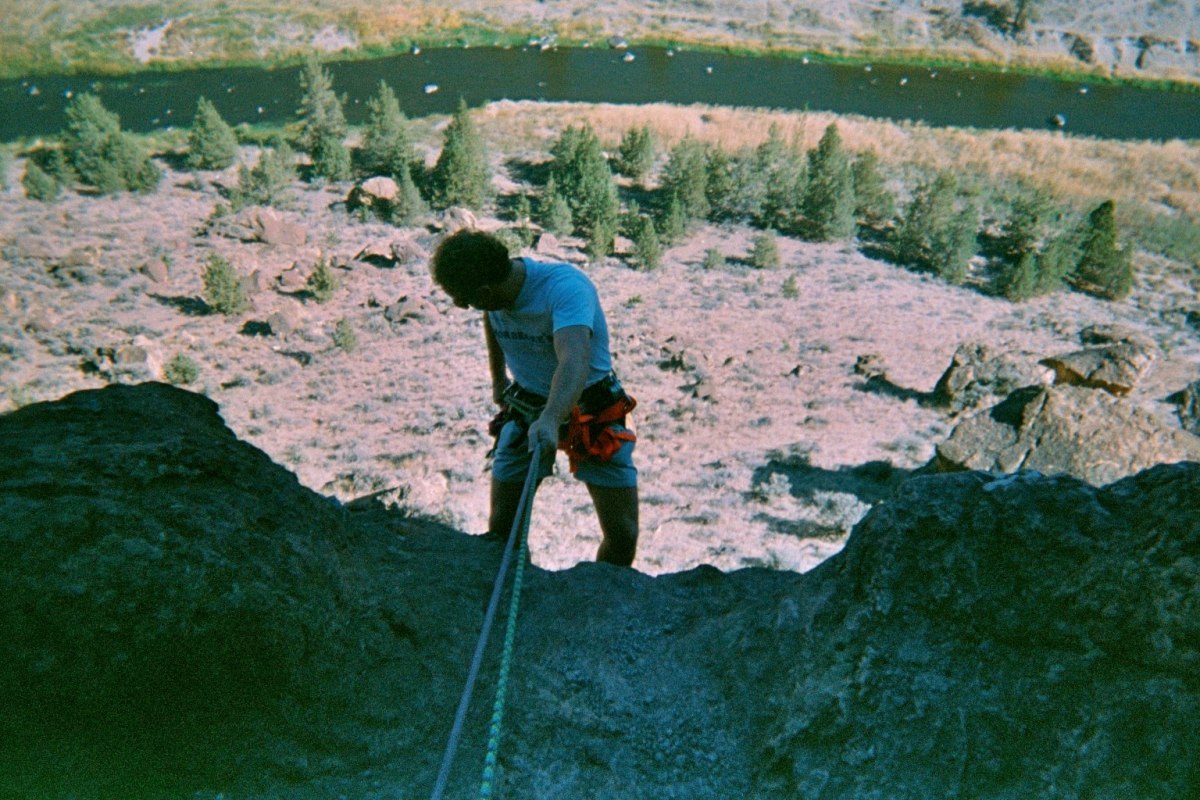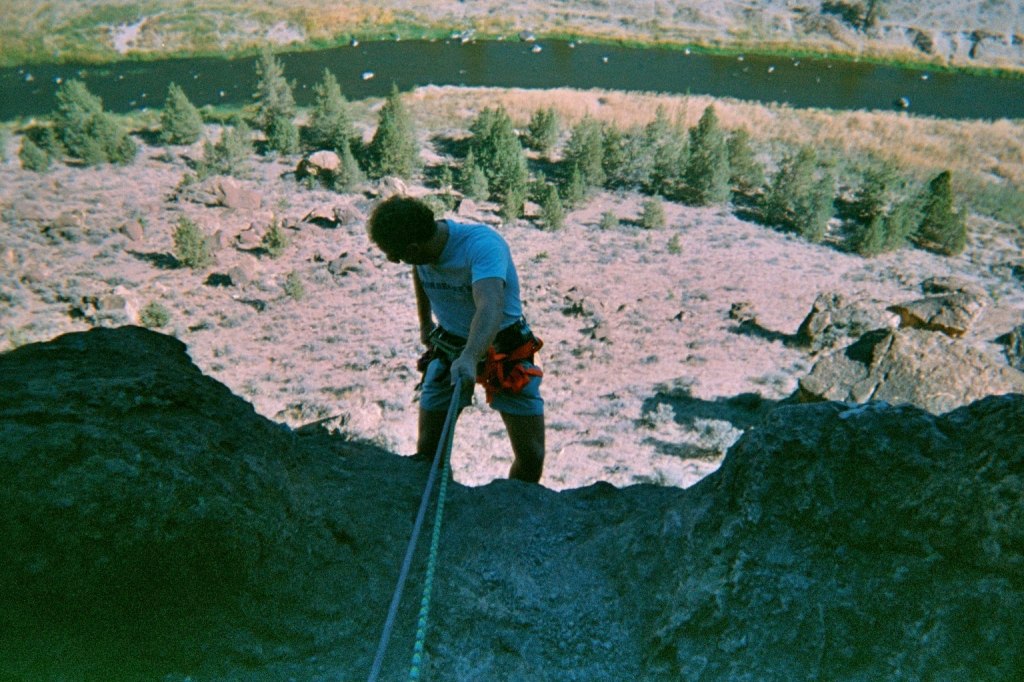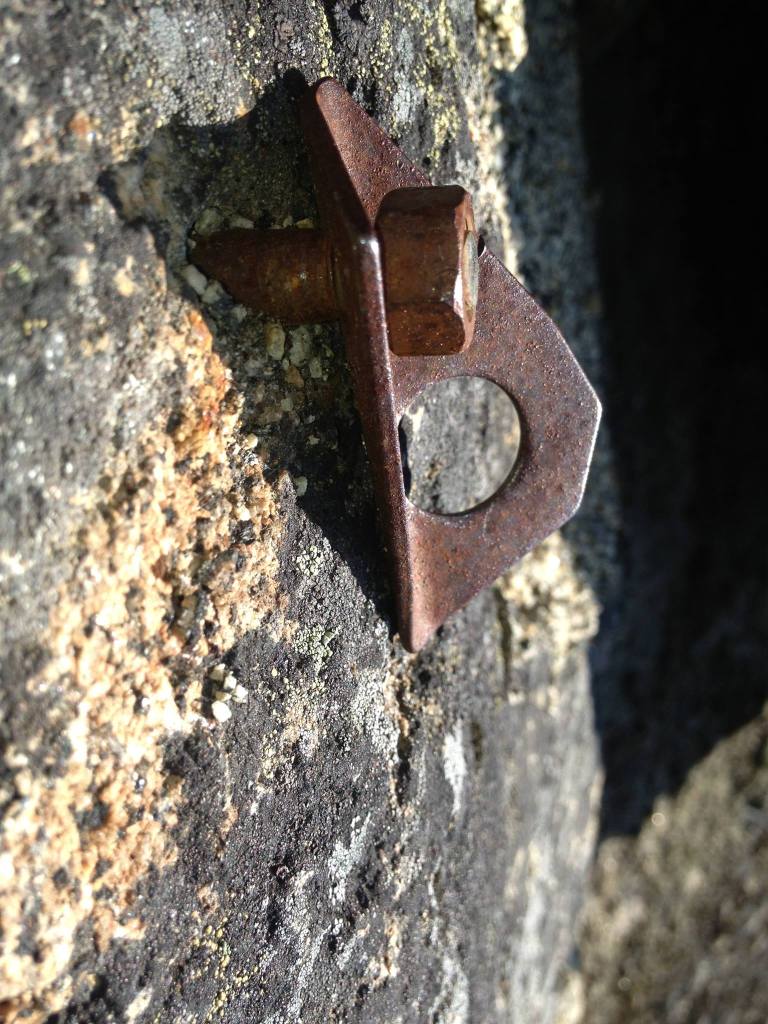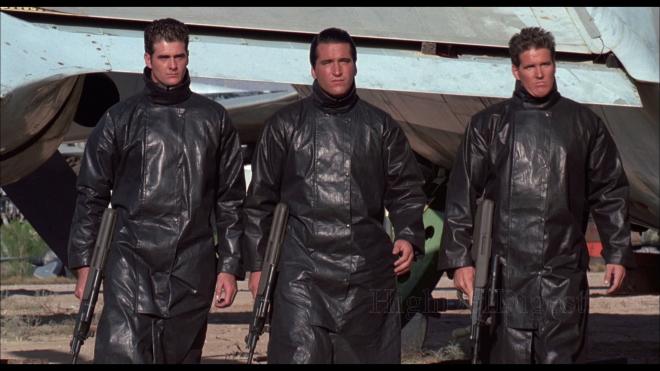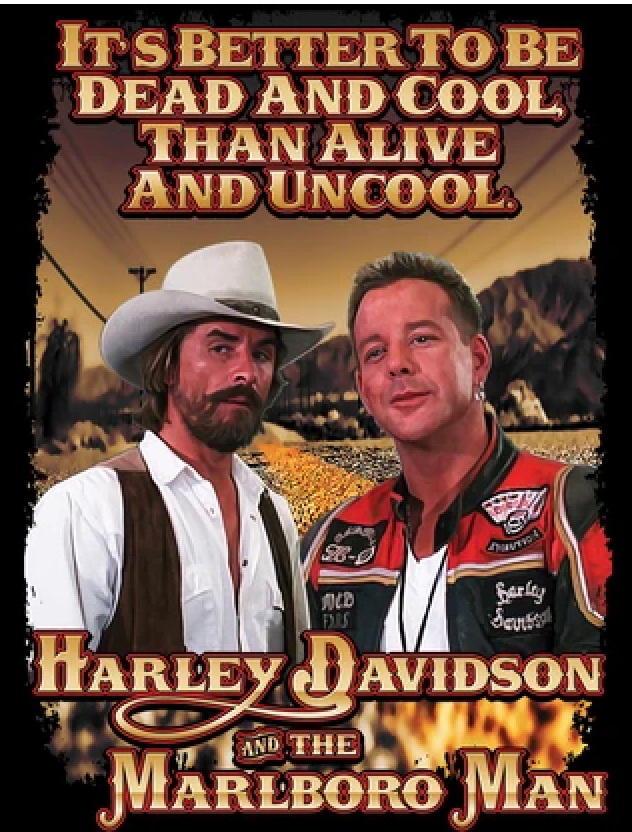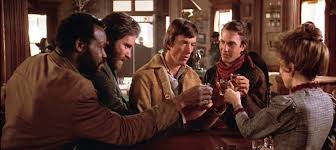My Great Grandfather on my Grandmother’s side, Edwin Streeter Egleston, known as Ed, was the son of Asa Barrett Egleston, and his wife Rebecca Ann Arnold. Edwin was the last child born to their family when Asa was 50 and Rebecca was 39.
Early census and other documents show him using the name Edwin as a child, later in life I start to see the use of Ed, Edmund (incorrectly), and finally on his death certificate, Edward (also incorrect). Most of these can be attributed to census takers taking creative license.
Assorted folks also tend to adjust the family surname as Egelston, Egilston, Egelston, Eggleston, Egglestone, Eggelstone, Eggleton and so on. The spelling of a surname is one of the first things you can’t take too seriously in doing genealogy. Many times, you need to search many different spellings for the same person…but it is usually still all the same family. I tend to use Egleston, as it seems to be the most commonly used, but you can see differences within the same family group.
As a further example of how last names can change over time, my own grandfather, John M Profitt, used a spelling of his name different from what his brothers used, Proffit, and the more commonly used Proffitt. So someone telling you they aren’t related because of the way they spell their name should be taken with a nod and a smile…or, in a more southern way, just a “bless your heart” will do.
Edwin was born on October 9th, 1868 in Pendleton Kentucky when Andrew Johnson was the 17th president. President Johnson had assumed the presidency when President Lincoln was assassinated just 3 years earlier.
The Civil war had just ended in 1865, and the country was still reeling from the assassination of Lincoln and the massive carnage of countrymen fighting each other…and the Indian wars out West were in full swing with General Sherman and Colonel Custer leading the way. Crazy to imagine my great grandparents in these times.
Here are a few other notable things that happened in 1868; Andrew Johnson was the first president to be impeached… for trying to dismiss the Secretary of War Edwin M. Stanton, the Mardi Gras in New Orleans had floats in their parade for the first time, the city of Reno was founded, Memorial Day was first observed, the 14th Amendment to the United States Constitution was adopted, guaranteeing African Americans full citizenship, Lt. Col. George A. Custer led an attack on the Cheyenne, killing 103, President Johnson unconditionally pardoned all Civil War rebels and Ulysses S. Grant was elected president.
Ed was the youngest of eight children in his family and had three brothers and four sisters… Sarah, James (he died when he was only 1 year old, when Ed was 7), Alonzo, who was apparently called “Lonzo” when he was young, Malinda, Amanda, Matilda, and Marcus.
In 1854, 1-year-old James’ cause of death is noted as “Teething”. I was curious how teething might cause a child’s death, so I did some research and discovered that teething was often listed as a cause of death back then and found these tidbits:
The conclusion reached by medical professionals of the time was because the teething process coincided with the ages of high mortality, it was actually responsible for infant illness and death. According to accepted medical wisdom, teething led to a number of afflictions and displayed a variety of symptoms including convulsions, diarrhea, bronchitis, croup, vomiting, neck abscesses, insanity and meningitis. The teething phase was perceived as fraught with risk, a process to be dreaded.
The tendency in the past to attribute serious disease to teething was so prevalent that in 1842 teething was the registered cause of death in 4.8% of all infants who died in London under the age of 1 year and 7.3% of those between the ages of 1 to 3 years according to the Registrar General’s repo.
Babies often get a very high temperature when teething, with a fever, which causes convulsions and that is what causes the death. Even today a young child can get a high temperature with teething, but antibiotics have stopped a lot of the trouble but even so they used can catch other infections, such as scarlet fever and diphtheria. I have seen a lot of Victorian death certificates with the babies dying of “teething”
Additionally, in the first half of the twentieth century, teething powders in the English-speaking world often contained calomel, a form of mercury. It was removed from most powders in 1954.
The 1860 census shows a 42-year-old great-great grandfather Asa with his 30-year-old wife Rebecca farming in Pendleton Kentucky, just northwest of Louisville, with Sarah 8, Lonzo 3, and Malinda 1. The nearest Post Office is noted as Elizabeth Town.
The 1870 census shows Asa is 52 and Rebecca is 41, and they are farming with their children Sarah 18, Alonzo 14, Malinda 11, Amanda 10, Matilda 7, and Marcus 5. They are shown still living in Pendleton KY.
Their oldest daughter Sarah was married in December of 1870 to Norvin G. Dougherty. She died just a few years later in 1875. Her younger sister Malinda appears to have then married her widowed husband Norvin a year later in 1876.
Interestingly, this is not the first time a younger sister married the husband of an older sibling in this family. Asa Egleston divorced his first wife Mary Arnold when she ran off with “an abandoned and degraded single man” named Woodford Wilson after nine years of marriage to Asa. Asa then married her younger sister Rebecca Arnold, seven years younger than Mary.
We only have Asa’s side of the story, from testimonies taken for the divorce, so what actually happened is anyone’s guess.
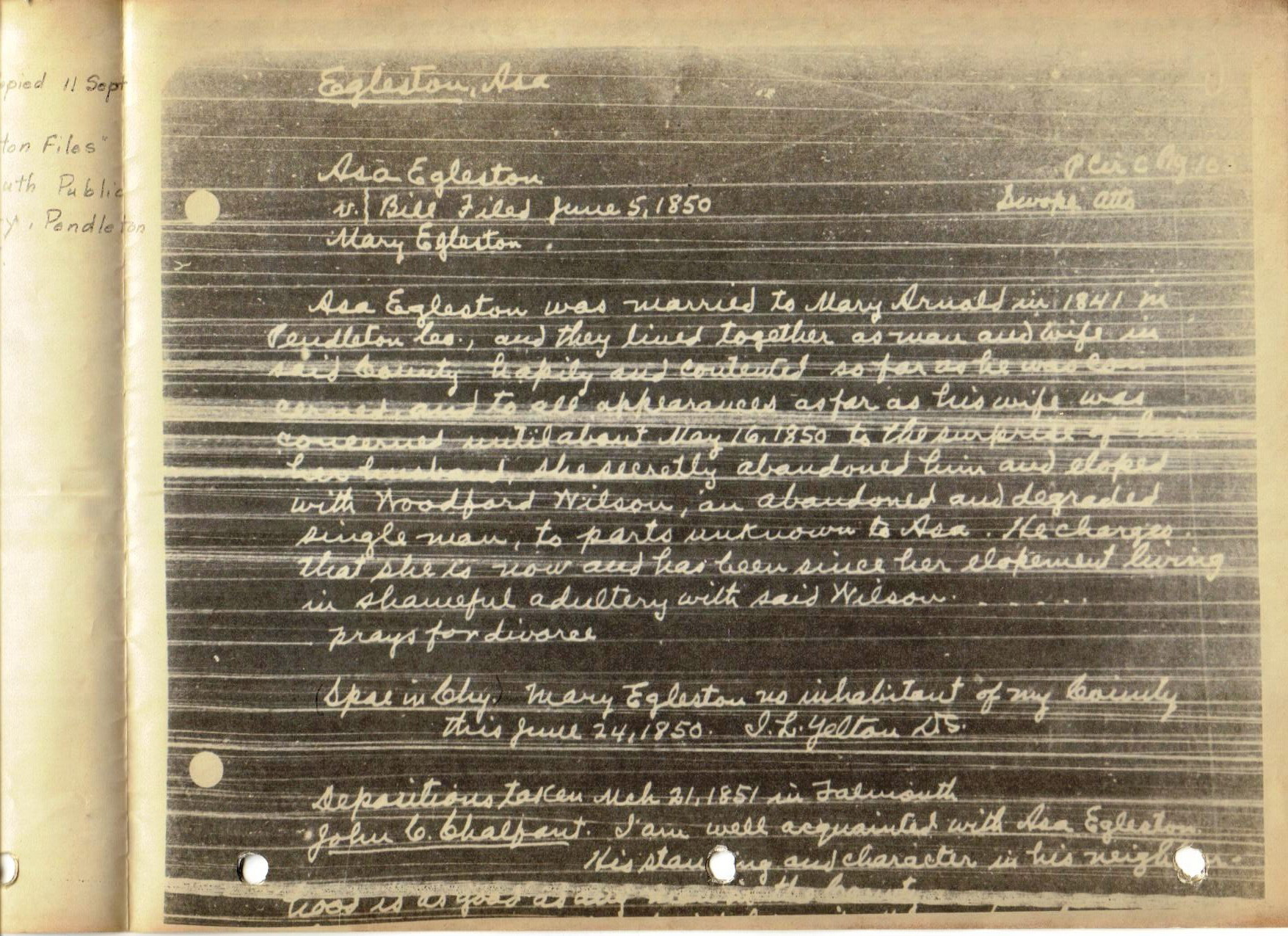
Mary eventually remarried a man named Joseph Soden a few years later and had four children with him.
According to Ed’s youngest daughter Bertha Mae, Edwin’s family moved from Pendleton to Menifee when he was just six years old, which would have been around 1874. This is substantiated by the next census in 1880.
The 1880 census notes Edwin’s father Asa is 62, with Rebecca 51, now living in Frenchburg, with their children “Lonzo” 24, Matilda 16, Marcus 14 and Edwin, now 12. Asa is listed as a farmer, with his sons listed as laborers, but it also shows he had not worked for the past 6 months…Marcus and Edwin are shown as not working for the past 6 months as well. Alonzo hadn’t worked for 7 months. The census was taken in June, so you would think they would have been active planting and tending crops, so this is curious to me.
In 1883, Ed’s married sister Malinda died at the age of 24. Ed was 14. I can’t find a specific reason for Malinda’s death so far, but again, she had married her sister’s widowed husband Norvin by then and may have had complications with child birth…but that is just speculation on my part.
Poor Norvin must have felt he was living a tragic life, having lost 2 wives, sisters at that, at such a young age. He remarried again in 1885 to Rosa Plunkett and later had at least 3 children, with 2 daughters that also died at the relatively young ages of 40 and 20 as well.
In 1886, Ed experienced death once again as his mother Rebecca died June 9th, 1886, at the age of 56. Ed was only 17 at the time. I often ponder at the seemingly glum faces of folks in old photos…it is not too hard to imagine why in Edwin’s case.
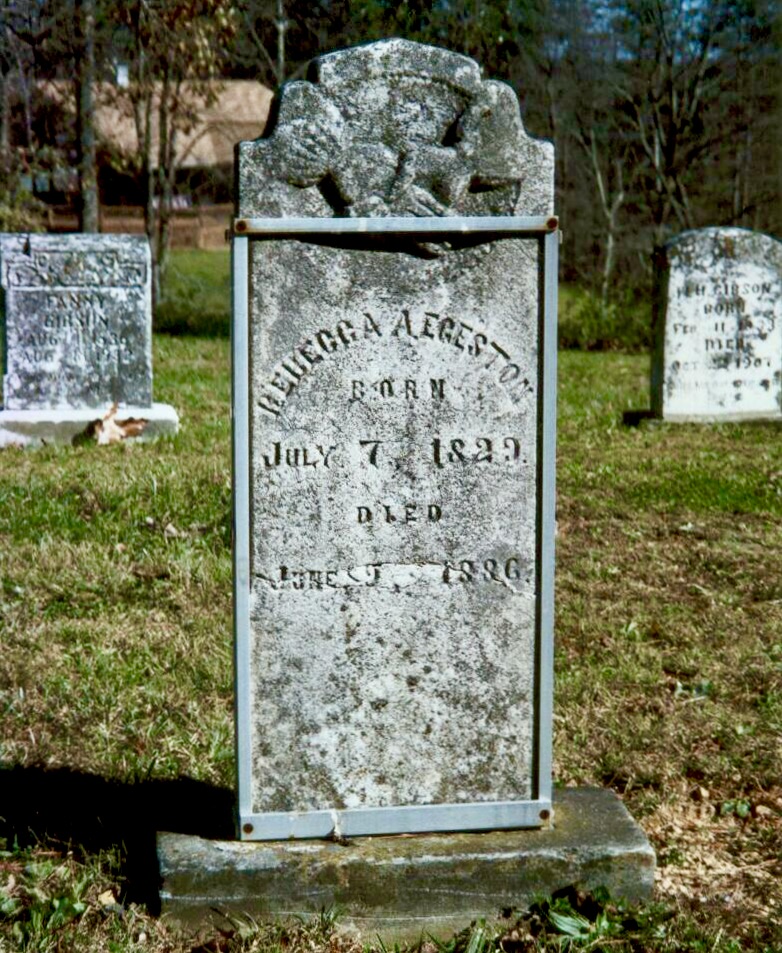
Rebecca Ann Arnold Egelston’s headstone
But at least a few happier times were in Ed’s future…on October 6th, 1894, at the age of 26, Ed married Margaret Ann McGlothen, born in Menifee County 7 August 1877. Margaret was known as Maggie a good part of her life, and Ma later in life. They were married in Menifee County. Their first child Loyd Lee was born a year later in 1895.

Margaret and Edwin’s wedding photo. This is an old tin type…printed on a sheet of metal.
Ed and Maggie ultimately had 8 children: Lloyd Lee 1895-1925, Walter Hobart 1897-1901 (died at 3 years old), Ulysses Sidney “Grant” 1900-1976, Reece Kash 1903-1978, my grandmother Nannie Elizabeth 1906-2002, Loberta “Berta” Gertrude 1909-1963, Sylvia Pearl 1912-1964 and Bertha Mae 1915-2004.
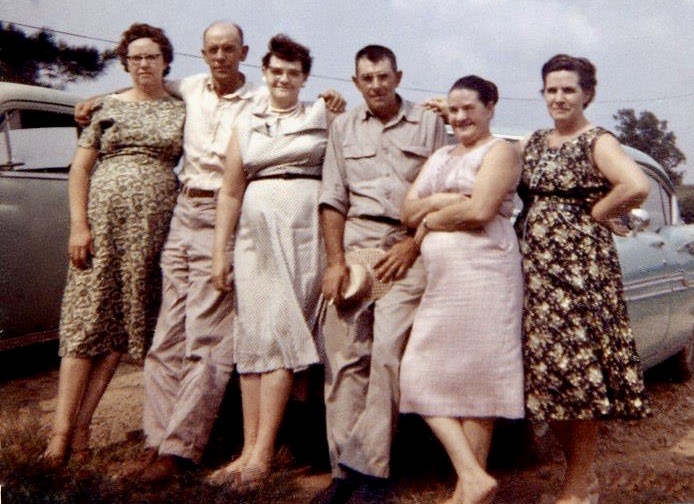
Ed’s father Asa died May 19th, 1897 at the age of 79. Ed was 28 at the time. Walter Hobart was born in October of the same year, followed by Ulysses Sidney Grant, who went by Grant, 3 years later in June of 1900.

Asa Barrett Egelston’s headstone
By 1900, Ed, 31, is listed as a carpenter living on his farm in Frenchburg with “Margret” 22, Lloyd 4 and Walter 2. The census states he owned his home at the time and it was not mortgaged.
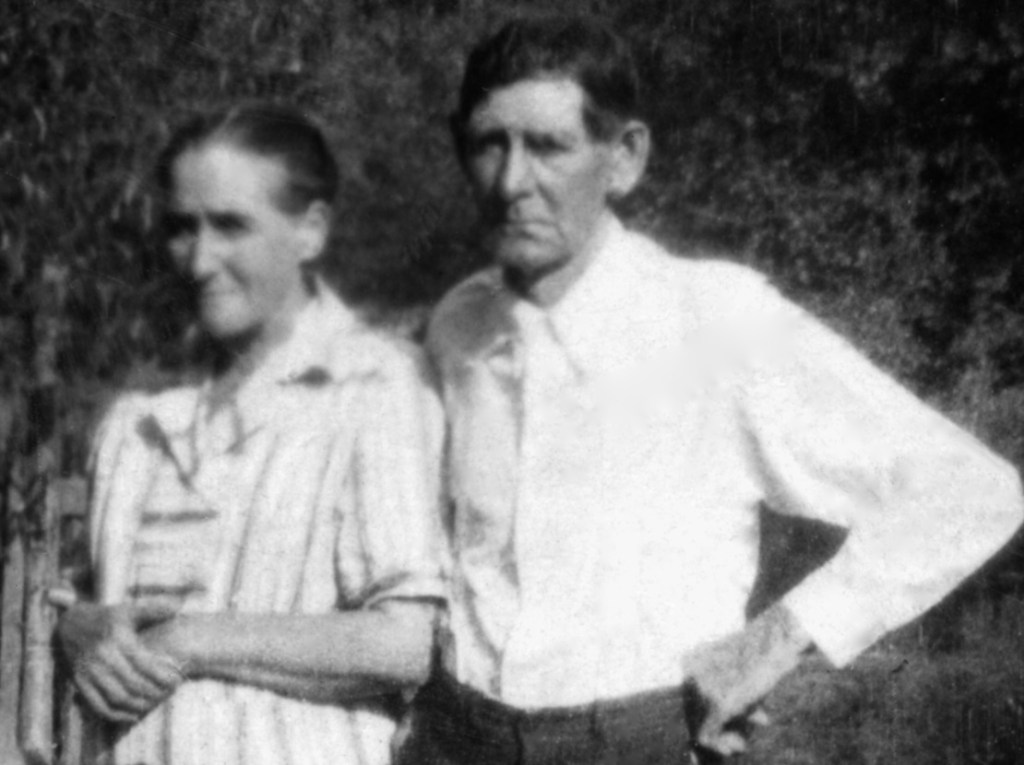
Maggie and Ed
In 1901, Ed and Maggie’s three-year-old son Walter Hobart died. I have not found a cause of death yet, but this had to take yet another toll on poor Ed’s heart.
Reece Kash, who went by Kash, was born in 1903. My mamaw, Nannie Elizabeth, was born in April of 1906. Loberta Gertrude followed a year later in April of 1909.
In 1910 we see that 41 year old Ed is noted as “Edmund Egilston” on the census record and he is again farming rather than doing carpentry work… the family is noted as living in Mariba, the farm, perhaps a new one, is now mortgaged with “Margret”, 32, Grant 9, “Rease” 7, “Nanie” 4, and 11 month old “Laberta”…spellings are from the census enumerator and of course not to be trusted for accuracy.

Ed and Ma
In 1912, Sylvia Pearl was born in January. The baby of the family, Bertha Mae, was born 3 years later in March of 1915.
Eldest son Loyd married Louellen Ingram around 1915 and had 5 children over the years: Elbert 1916-1995, Margaret 1919-1998, Bernice 1920-1998, William 1922-1975, and Ruby 1924-2003. His wife Louellen passed away in 1959.
Ed and Maggie’s son Grant married Sarah Steele in 1919 and they had 9 children: Fred Denton 1919-1998, Gladys Gertrude 1921-2000, Reese Clay 1924-2017, Chester Lee “Peanut” 1926-1997, Audrey M 1930-?, Olive Ray 1930-1931, John E 1932-?, Bobby Darrell 1936-1936, Sidney Carl 1939-2004. Grant and Sarah both passed away in 1976.

US Grant Egelston and Sarah Belle Steele
Ed and Maggie’s 18-year-old daughter Nannie married my grandfather John M Profitt in 1924, moving out to live with him and start a family. They had 5 children over the years: my father Gordon Lester 1925-2006, Alma Jean 1928-2021, Helen Maxine 1930-1996, Densil Ray 1932-1994 and Janice Gaye 1935-2017.
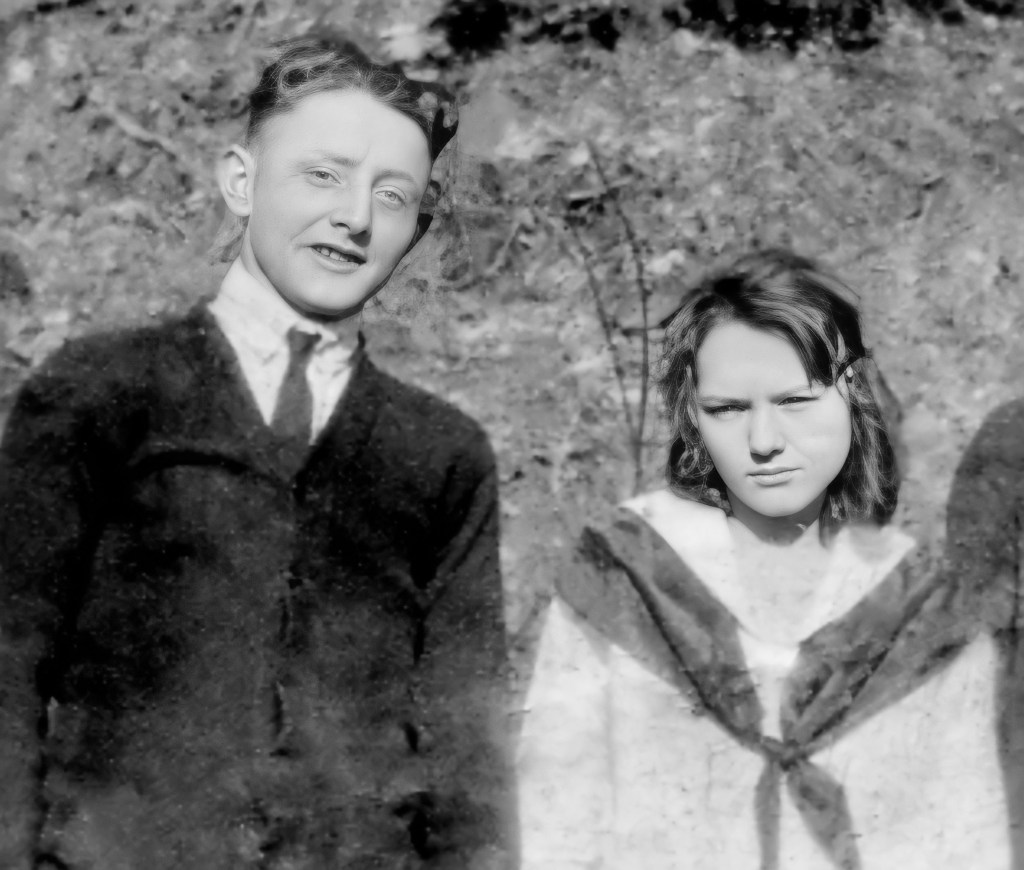
John M Profitt and Nannie Elizabeth Egelston
In October of 1924, son Kash married Viola Gillie at the age of 21. They had 7 children over the years: William Hobart 1925-2001, Dorothy Florence 1928-2015, Marion Chalmer 1930-2000, Virl Paul 1934-1935, Kenneth Ray 1939-2011, Reece Kash 1947-1949 and Doris 1947 (still living). Kash passed away in 1978, with Viola passing away in 2001.

In October of 1924, Ed’s brother Alonzo died at the age of 68.
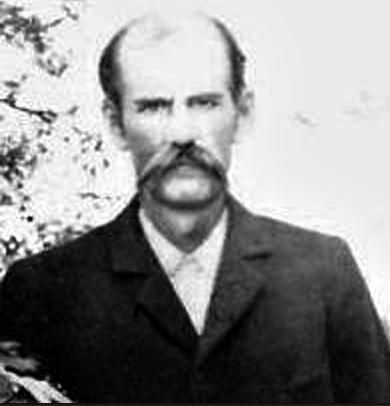
Alonzo Egelston
Also in 1925, Ed’s oldest child Loyd Lee died at the age of 29. The death certificate says he was a miner, and died from what looks like “pysonia”. Of course, miners led very hard lives, but I haven’t been able to conclusively ID what pysonia is, but it took over a year to have its effect on poor Loyd. While the Spanish Flu pandemic raged from 1918-1920, it should have calmed down by 1925. Yet another young death in the family.
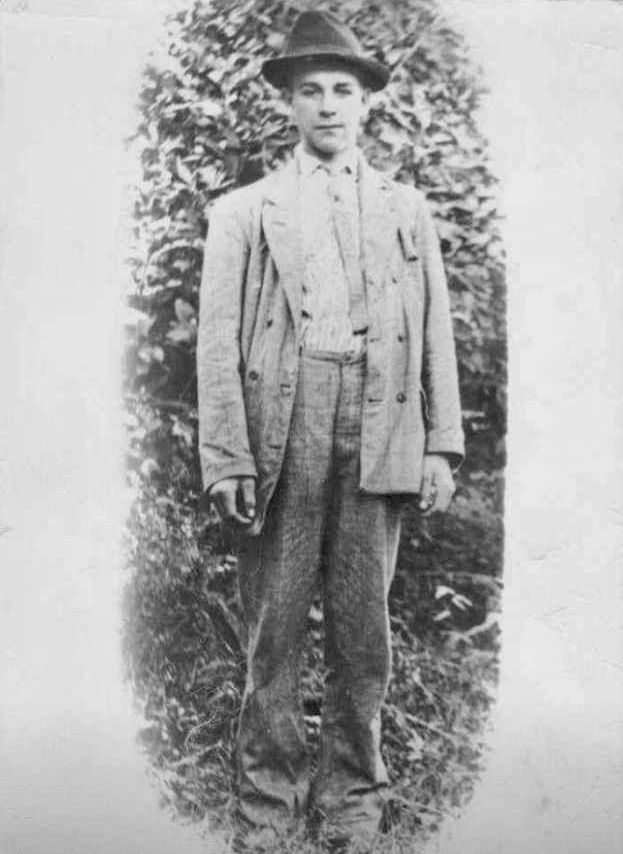
Lloyd Lee Egelston
Ed’s sister Amanda died in November of 1927 at the age of 67.
The 1930 census lists Edwin’s name as Edmon Egleston, 61 years old, living on a farm on Indian Creek Road in Leatherwood, Menifee County. Margaret is 52, with only the 3 youngest girls remaining at home…Laberta 20 (Loberta), Sylvia 18, and 15-year-old Bertha.

Margaret and Ed at their home
An interesting note here, is that Ed, Margaret and Loberta are listed as not having attended school, while Sylvia and Bertha had. It says they can all read and write. I know my grandmother Nannie at least made it through grammar school:
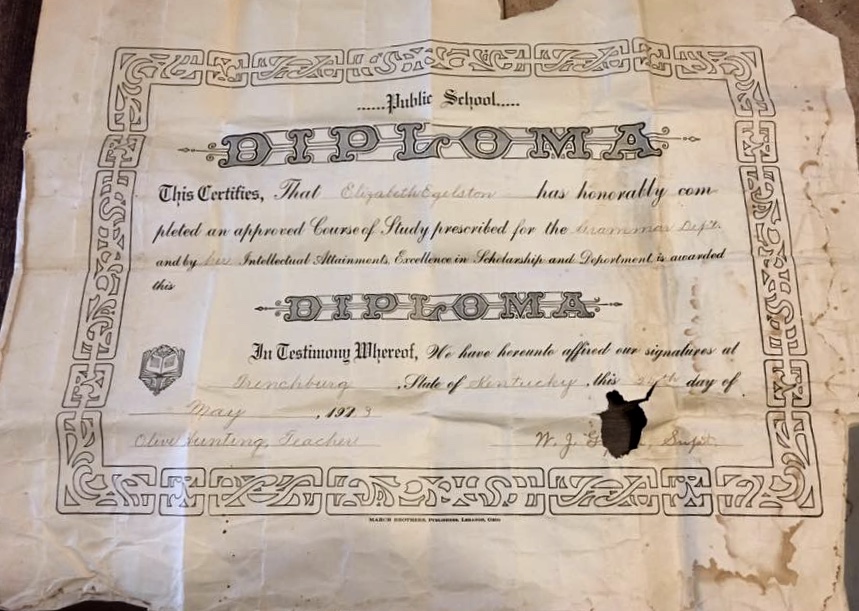
In 1935, the youngest daughter, Bertha Mae, married Oliver C. Day when she was 20.
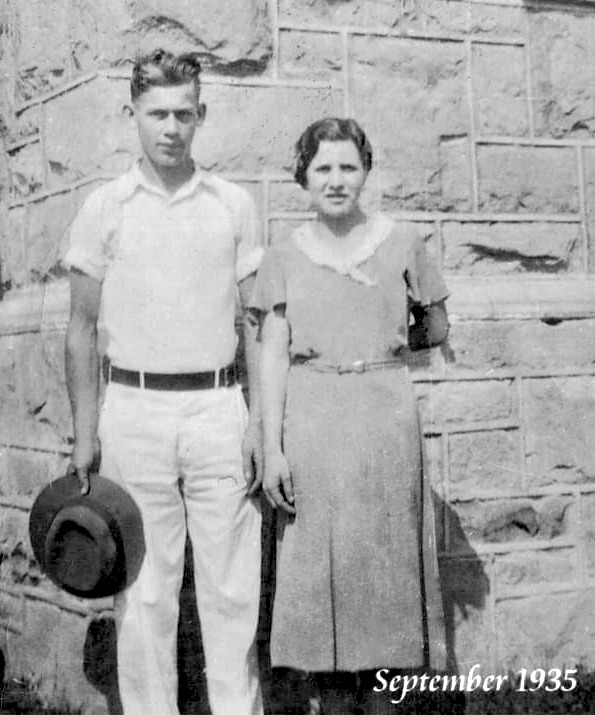
Oliver Day and Bertha Mae Egelston getting their marriage license in 1935
Bertha and Oliver had a number of children: Anna Jean 1937-1939 (Death Certificate states she swallowed a large bean and choked), Bobby C. 1938 (still living), Alma Pauline 1939-1941 (Death Cert states died of Influenza), Janet Irene 1941 (still living), Bonnie F (still living), William (Billy) Raymond 1946-(Still living), Larry F. 1948-(Still living).
5 years later, daughter Sylvia Pearl married James Austin Profitt on May 27, 1937.
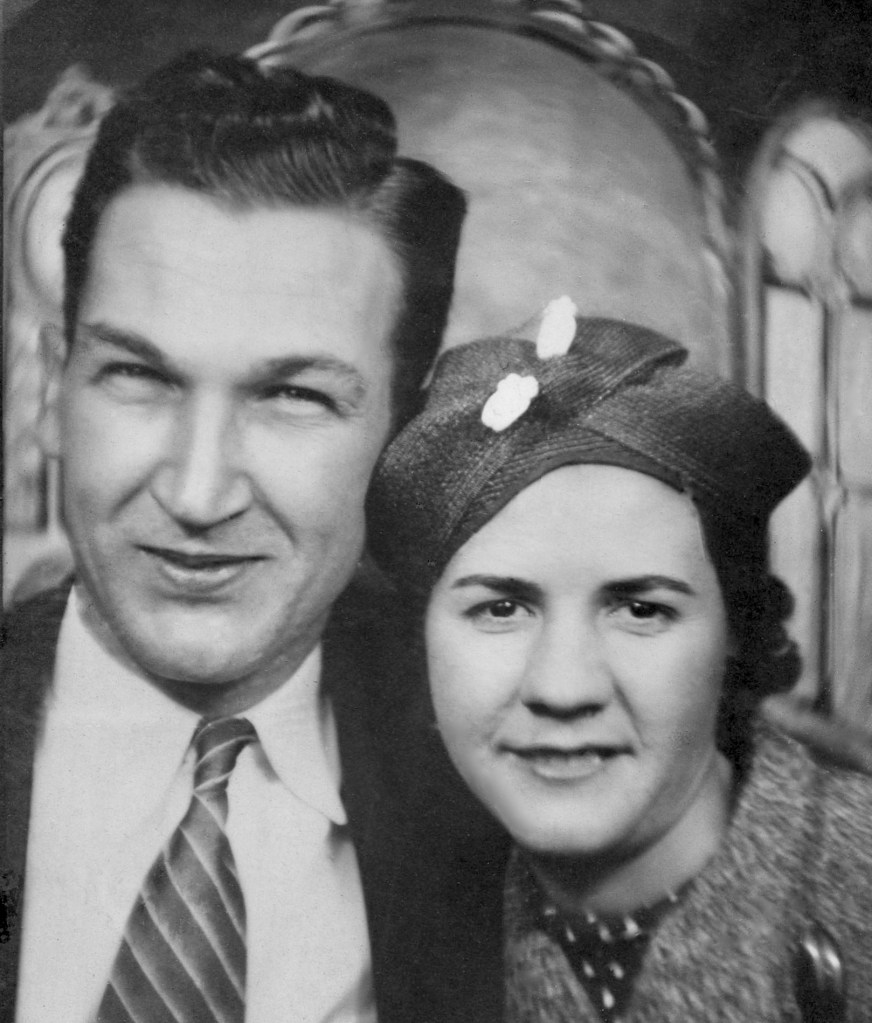
James Austin Profitt and Sylvia Pearl Egelston
James was born in Powell County 22 March 1910. I found several notations on photos, margins of envelopes, as well as Aunt Janice telling me, that James was thought not to be related to our Profitt line.
After doing much digging, I discovered James was indeed related, although it was going all the way back many generations to one of Great Grandfather x7 Sylvester’s other sons, Reverend John Proffitt Sr. from Virginia. Sylvia and James had one daughter, Shirley Faye, born 27 February, 1938 in Middletown Ohio. Shirley passed away in 2019.
James and Sylvia seem to have gone their separate ways after the 1940 census, as James next showed up with a new family in Texas. Sylvia doesn’t seem to have remarried and passed away Jan 26th, 1964 at the age of 51. James passed away in California June 11th, 1968.
On May 22nd, 1937 Loberta, at the age of 28, married Clarence Emit Blevins. Loberta and Clarence had 2 daughters: Norma Jean in 1939, and Marilyn Kaye 1941-2011. Clarence passed away in 1956 at the age of 47 and Loberta then married William Taylor Hatton.

Loberta Gertrude Egelston and Clarence Emit Blevins
In yet another heartbreaking chapter of this family, Berta was killed by Hatton a few weeks later, in February of 1963. I have been reluctant to share this shocking occurrence in the past out of respect to those involved, but I do feel it is a significant part of our family history.
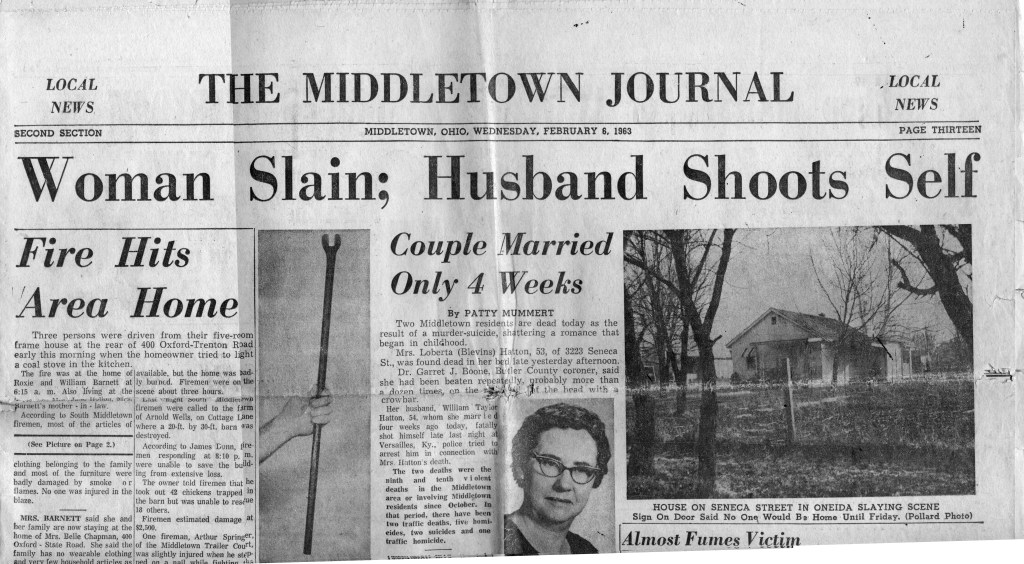
Newspaper article from 1963
As a family historian and genealogist that spends a great deal of time digging around in the past, uncovering skeletons stashed away in hidden closets is a part of the work. Much of it I keep to myself or only share with those involved… but far too much family history is lost over time.
I was only 4 when this horrific incident happened…living in Germany with the family and shortly to be on our way to Ft. Benning Georgia. I was oblivious to all of it for decades…until I happened to put a photo up on one of my early family web pages 10-15 years ago that happened to have Berta and Hatton together…my Aunt Janice then gave me the story, including a 1963 newspaper clipping, along with a request to please take the photo with “that evil man” off the page.
According to Janice, my Uncle Densil was the one that found the crowbar that killed their aunt Berta in the back yard of her house in Middletown, Ohio.

Murder weapon
Hatton had fled to some of his family down in Lexington, Kentucky and when confronted by local law enforcement at the front door, ran out the back and took his own life with a pistol.
At least Ed and Maggie were spared this additional tragedy after so much loss in their family. In researching many of our ancestors over the years, losing so many family members was unfortunately not a unique experience.
In this day and age, I think we become rather complacent and secure as medicine and medical procedures have allowed us to live healthier and longer lives. Hopefully we strive to ensure it is a life worth living.
After 71 years, 1 month and 26 days, Great granddaddy Edwin Streeter Egleston passed from this life. His death certificate (his name is noted as Edward) states he died of Laryngeal Tuberculosis, a relatively rare disease, on Dec 5th, 1939, at the age of 71 in Mariba, KY.

Edwin’s Death Certificate
After Ed’s death, the 1940 census shows that Maggie, age 63, moved in with her eldest daughter…at my mamaw and papaw Profitt’s house. My father Gordon, the oldest child, was 14. The youngest, Janice, was only 5. That must have been interesting living with young children again after so long.
Margaret lived for another 22 years, to the age of 84, passing away on May 30th, 1962, when my family was still stationed in Germany. I was only 3 when she passed away.
Ed and Maggie are both buried in the Mack Cemetery on McCausey Ridge Road.
